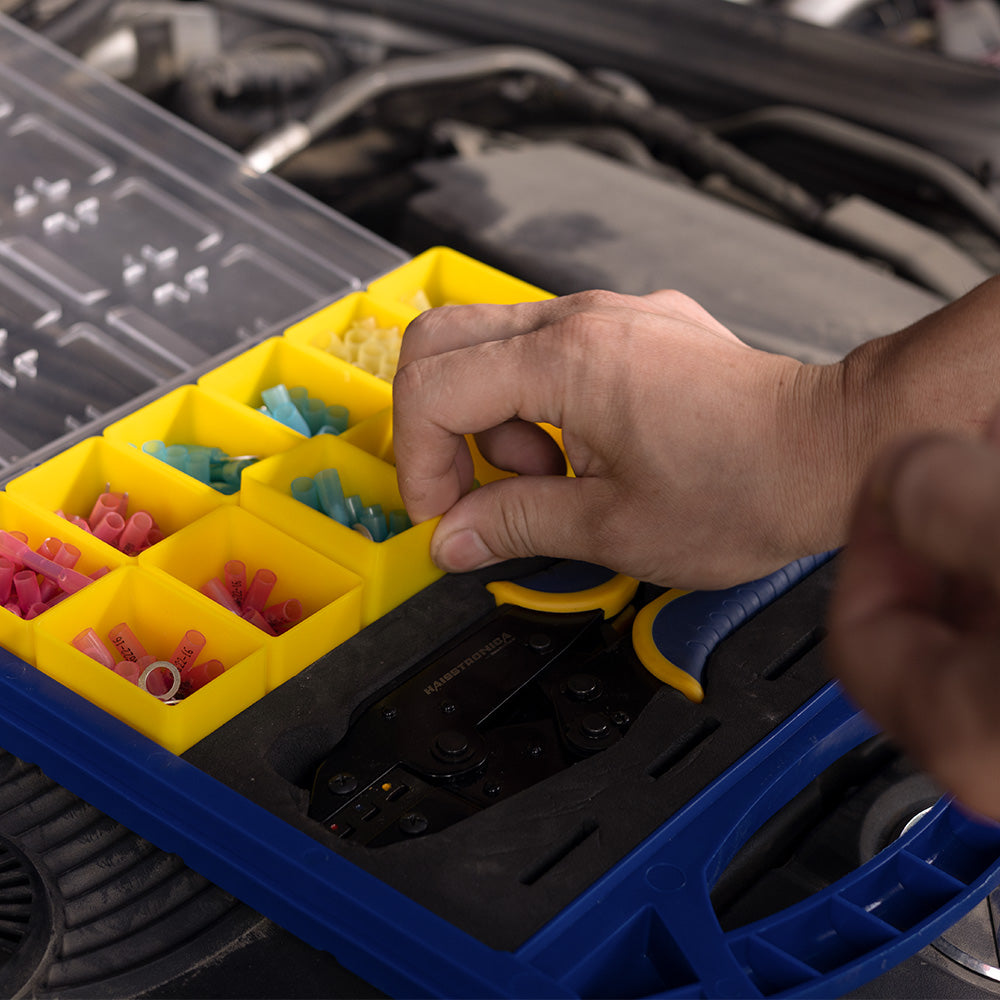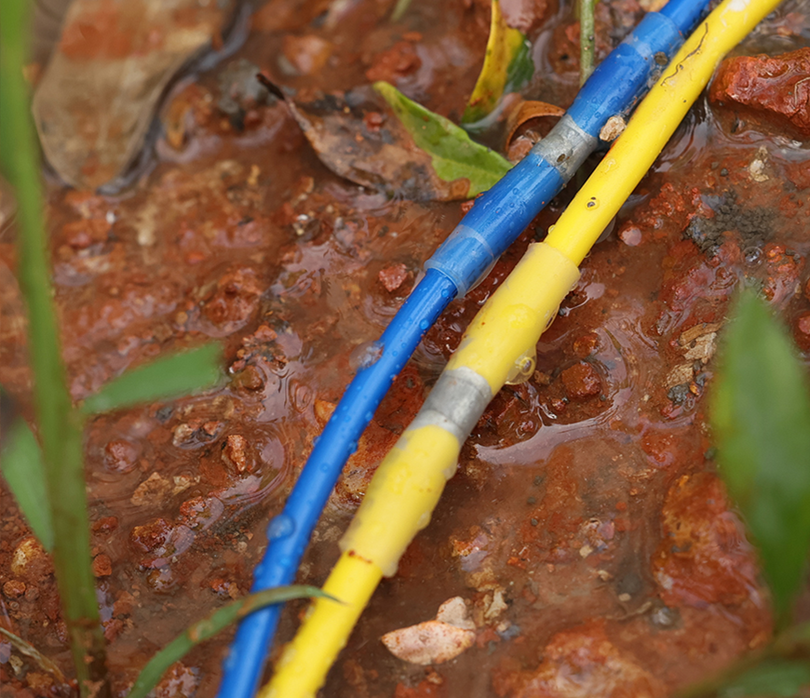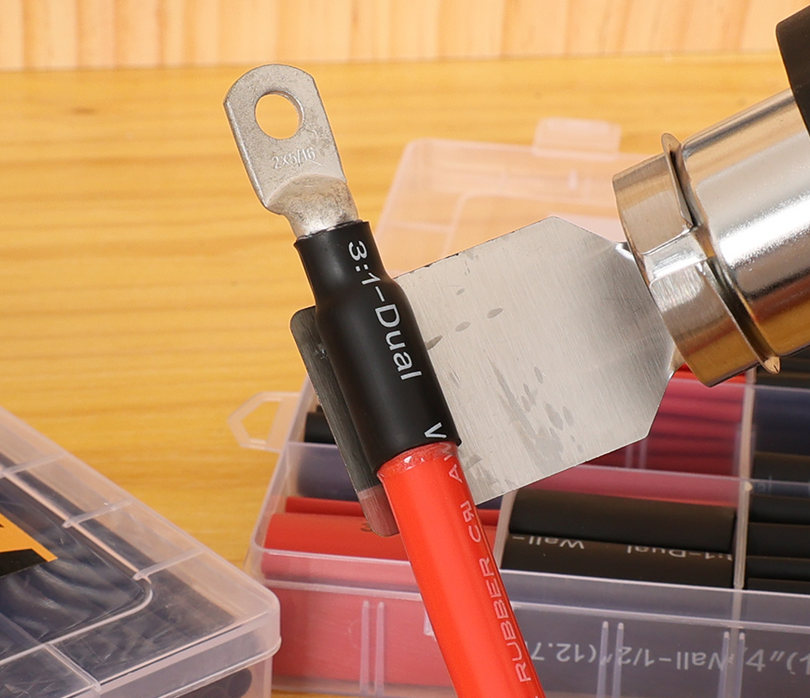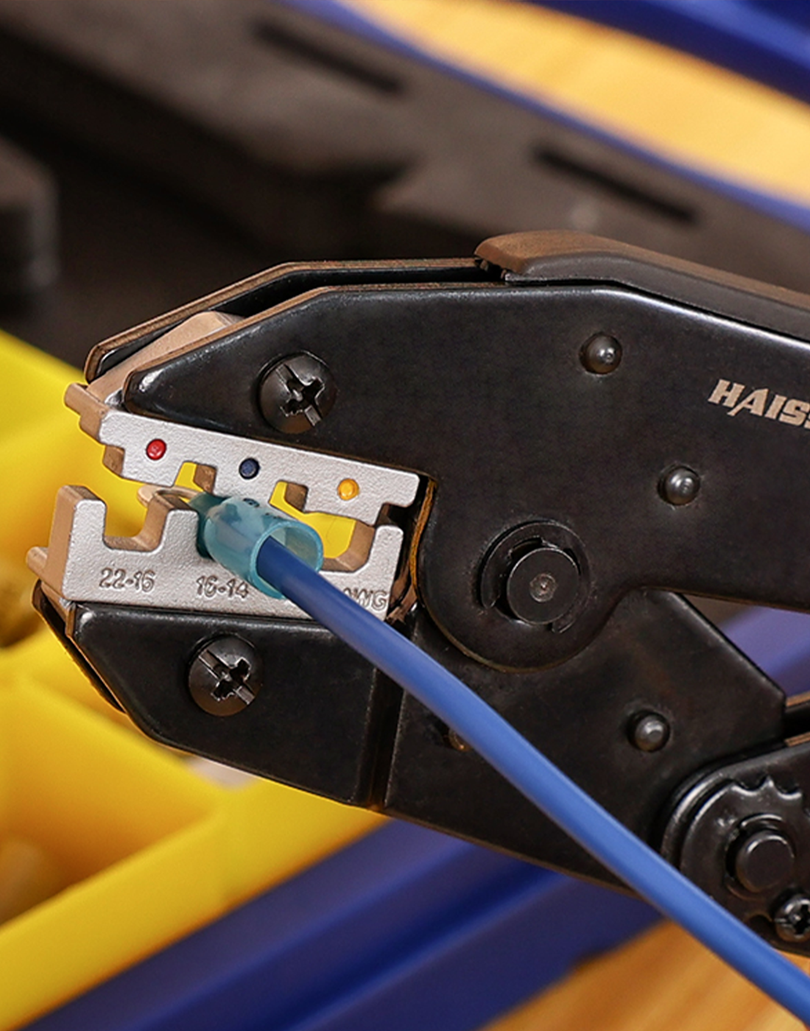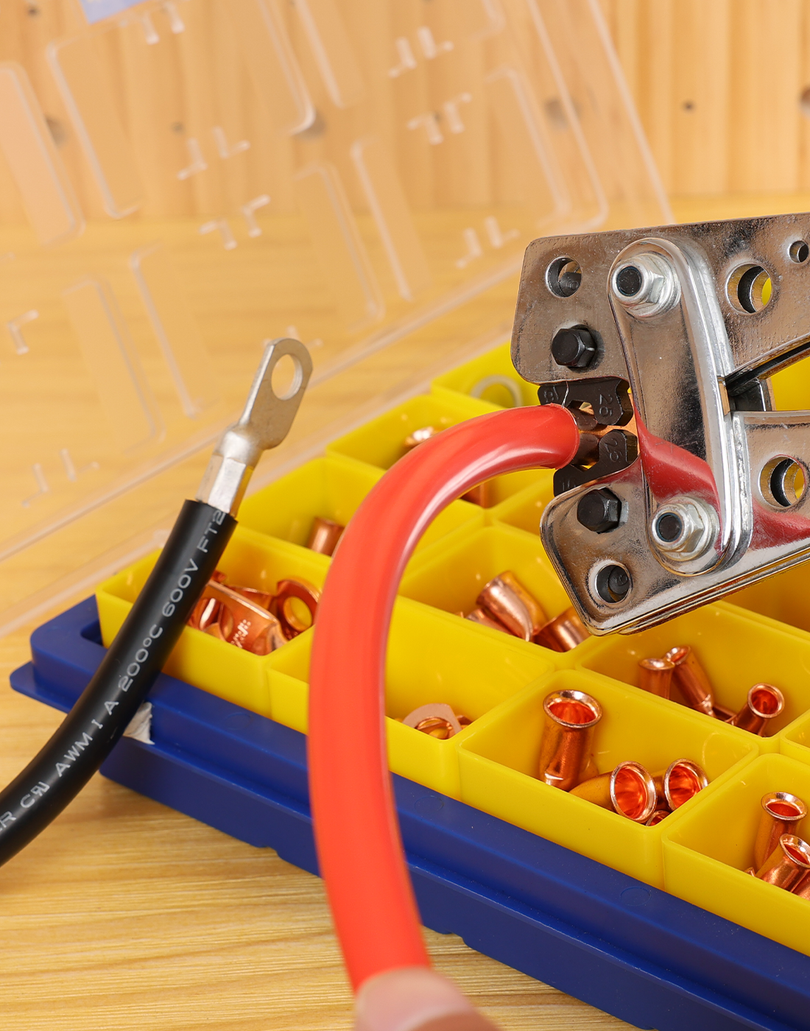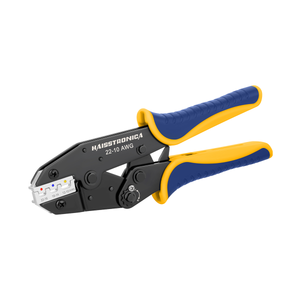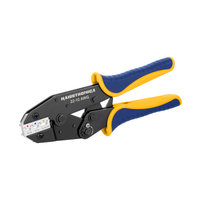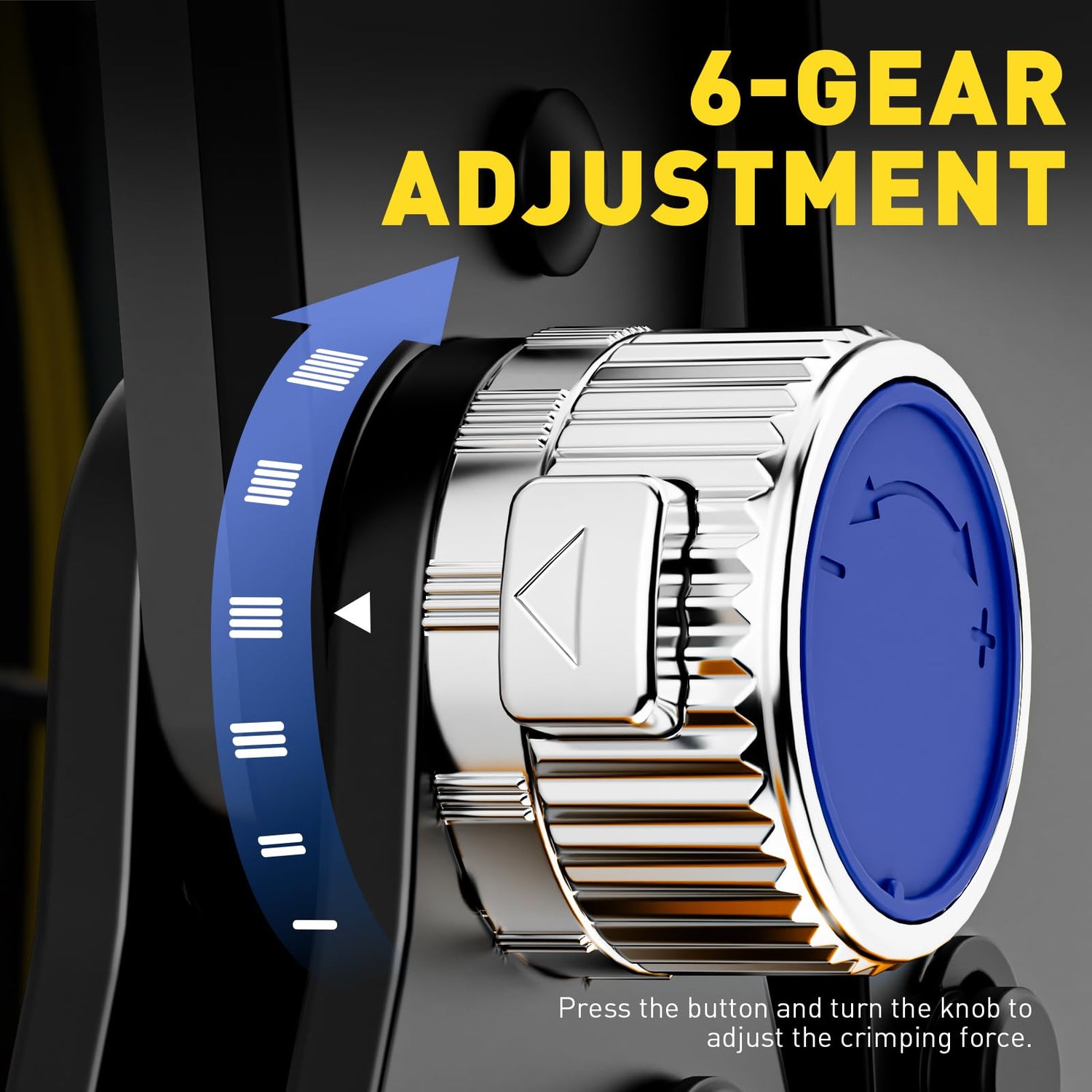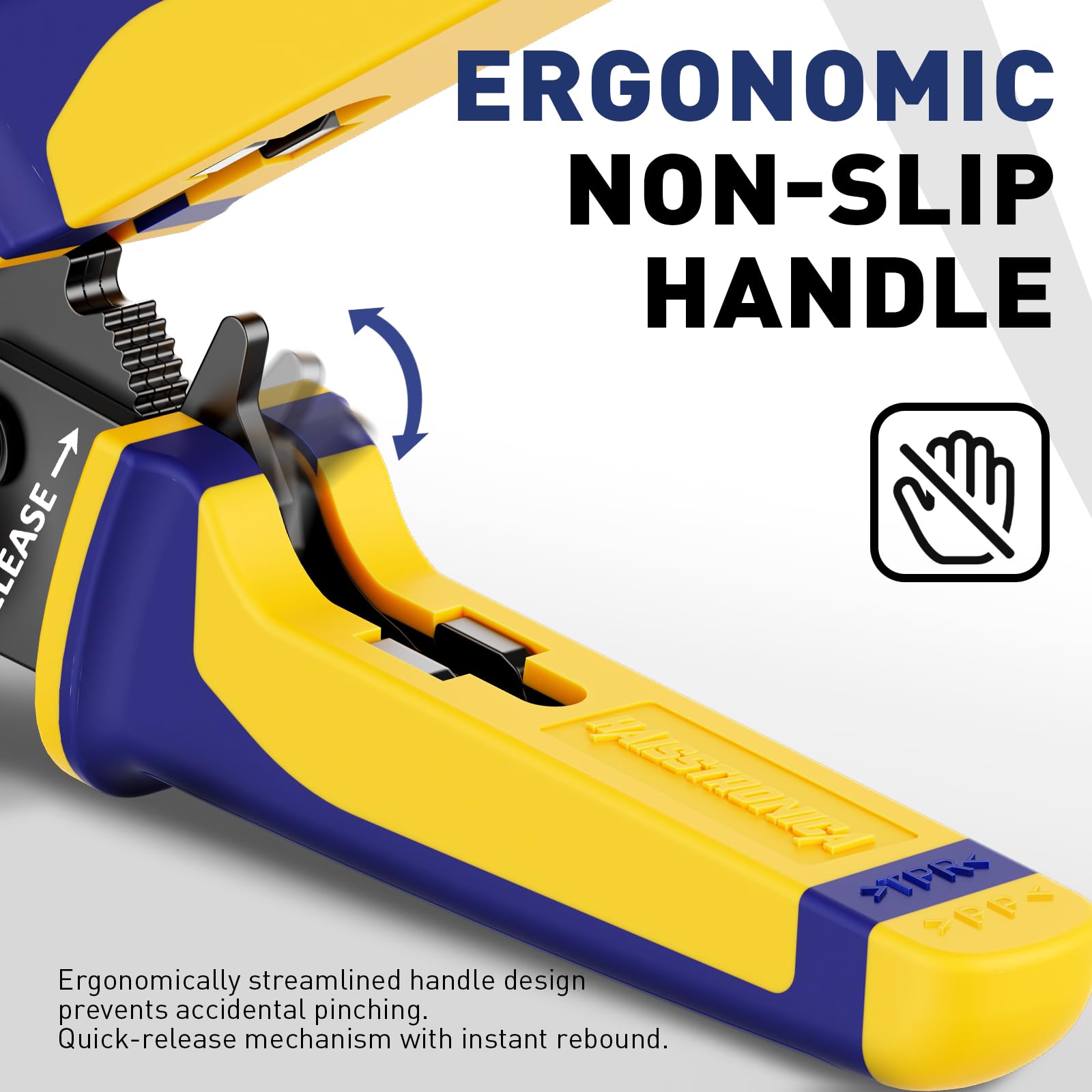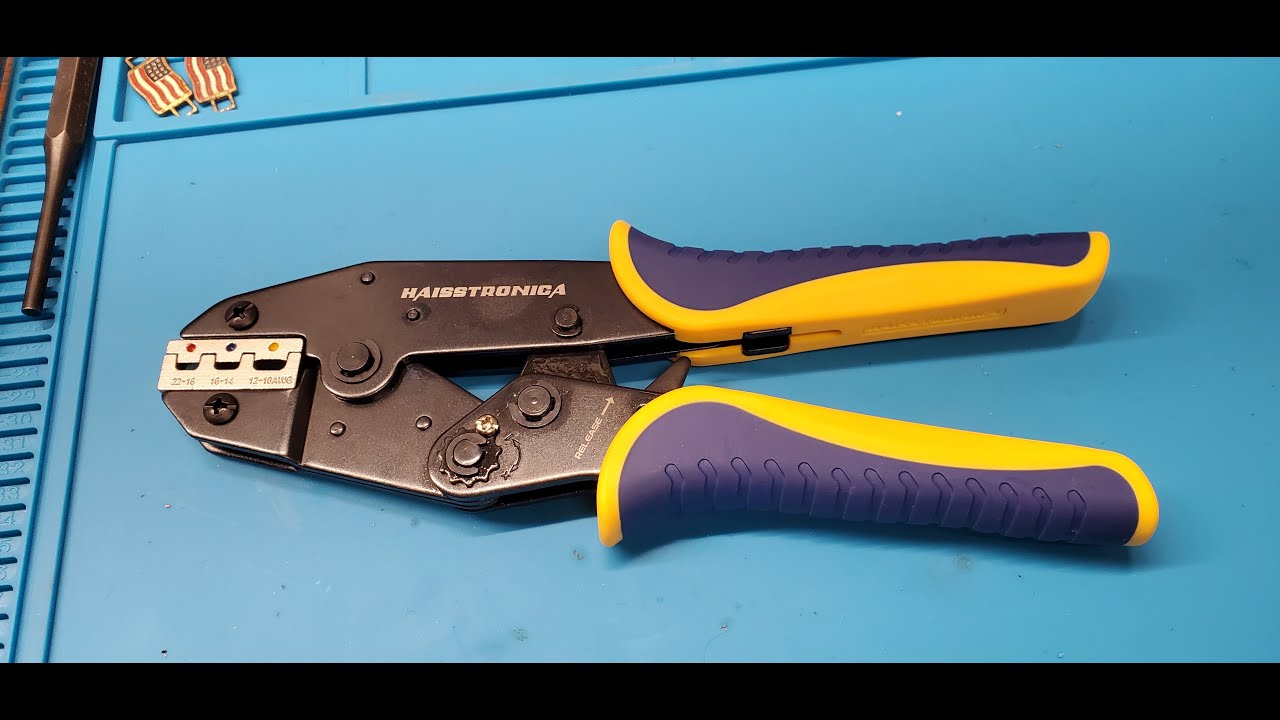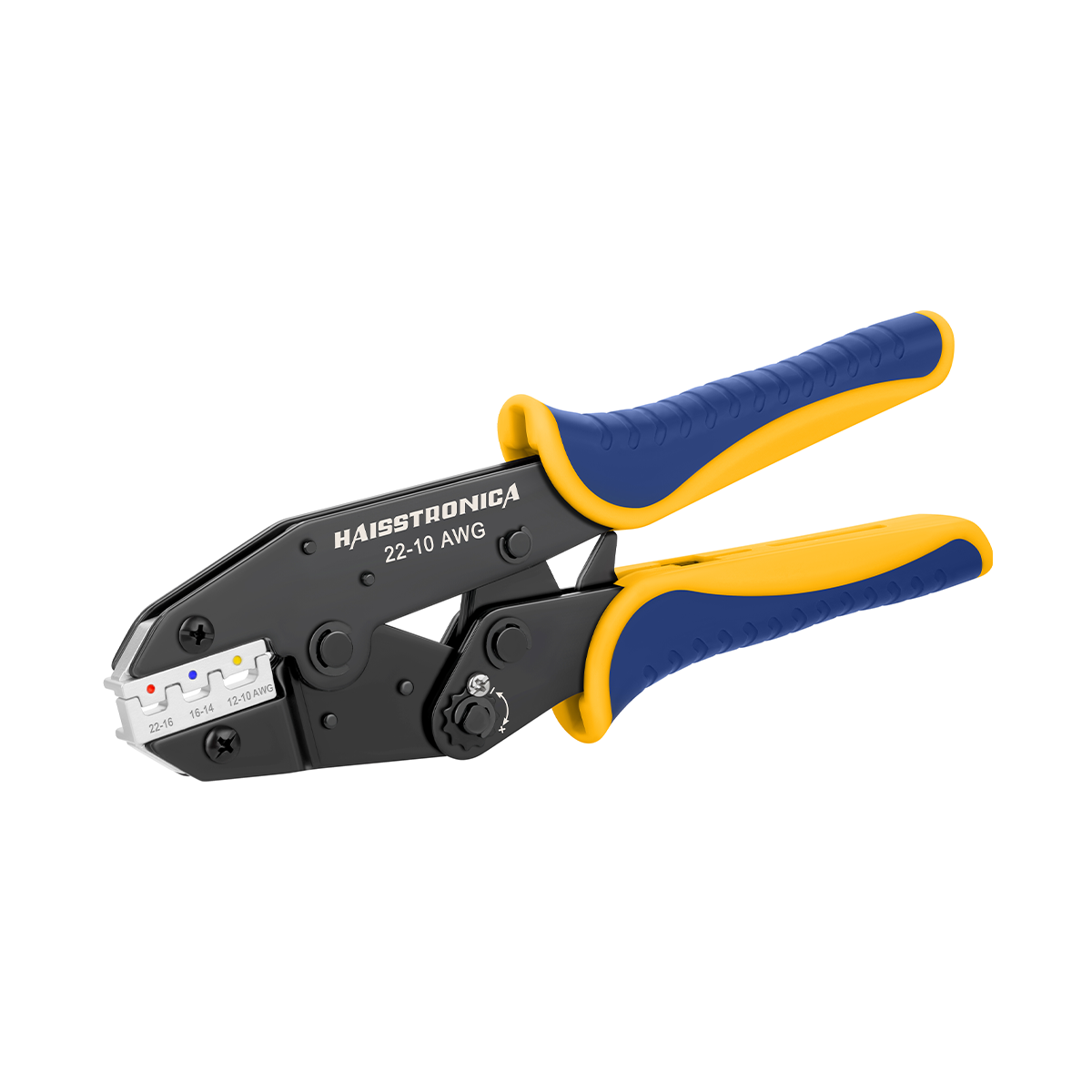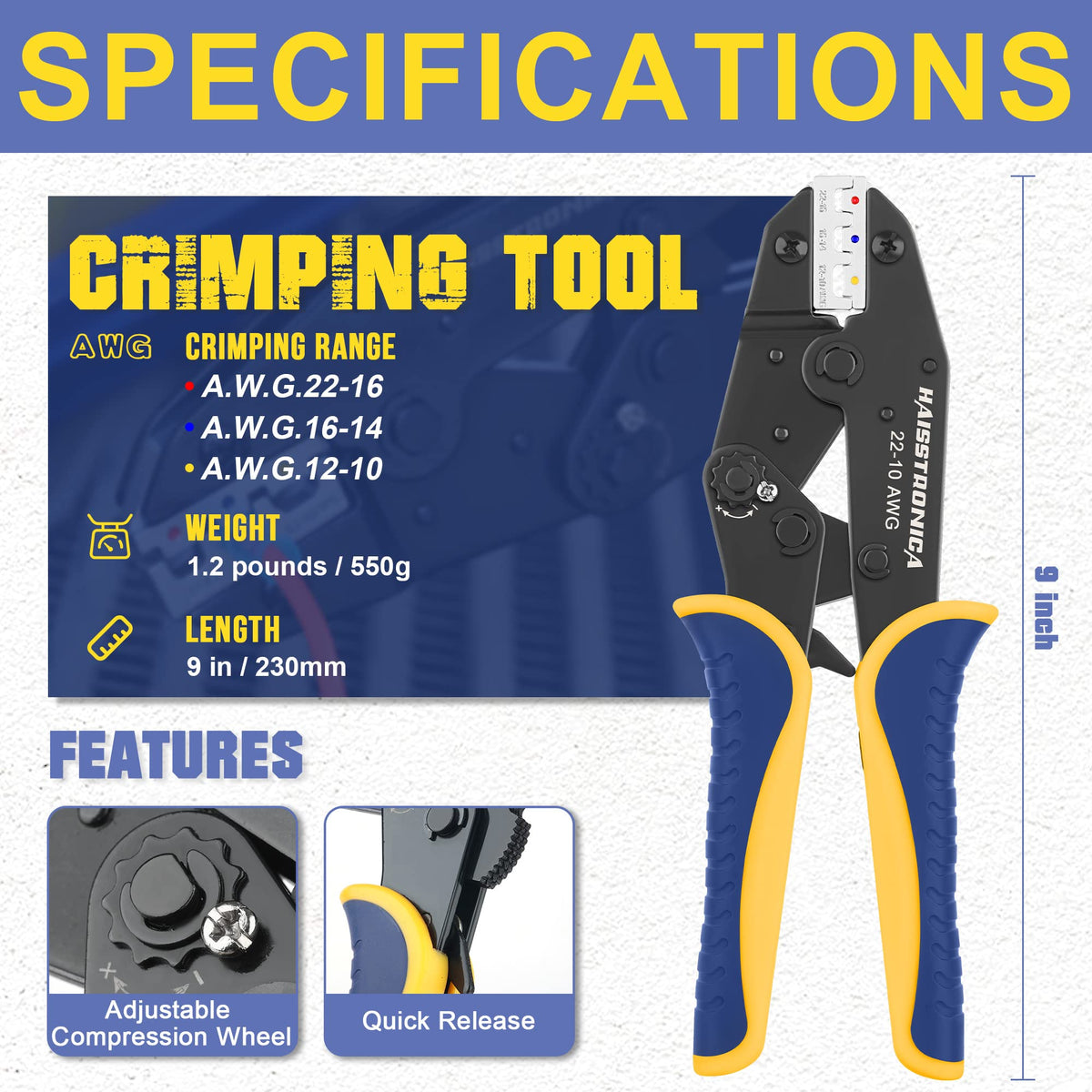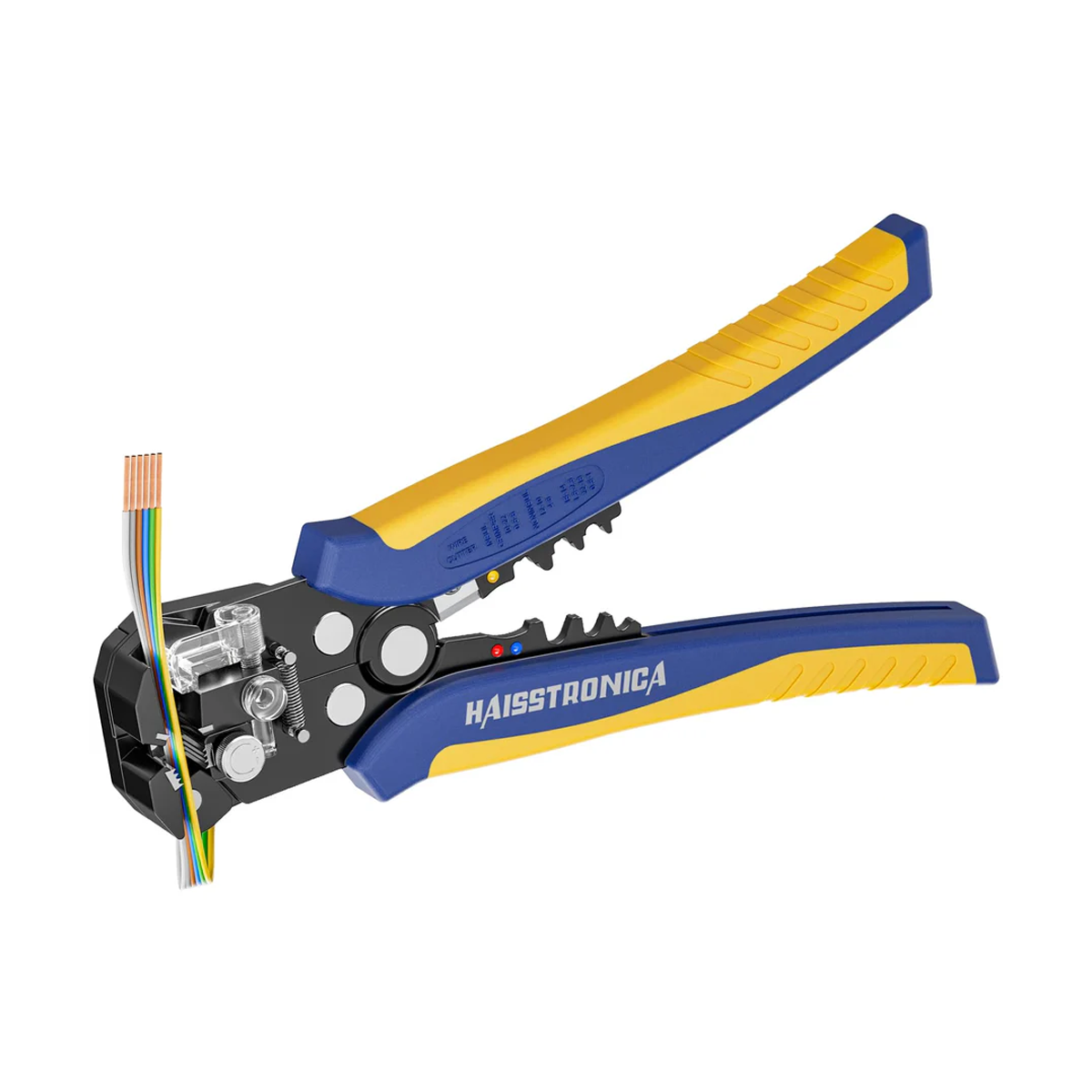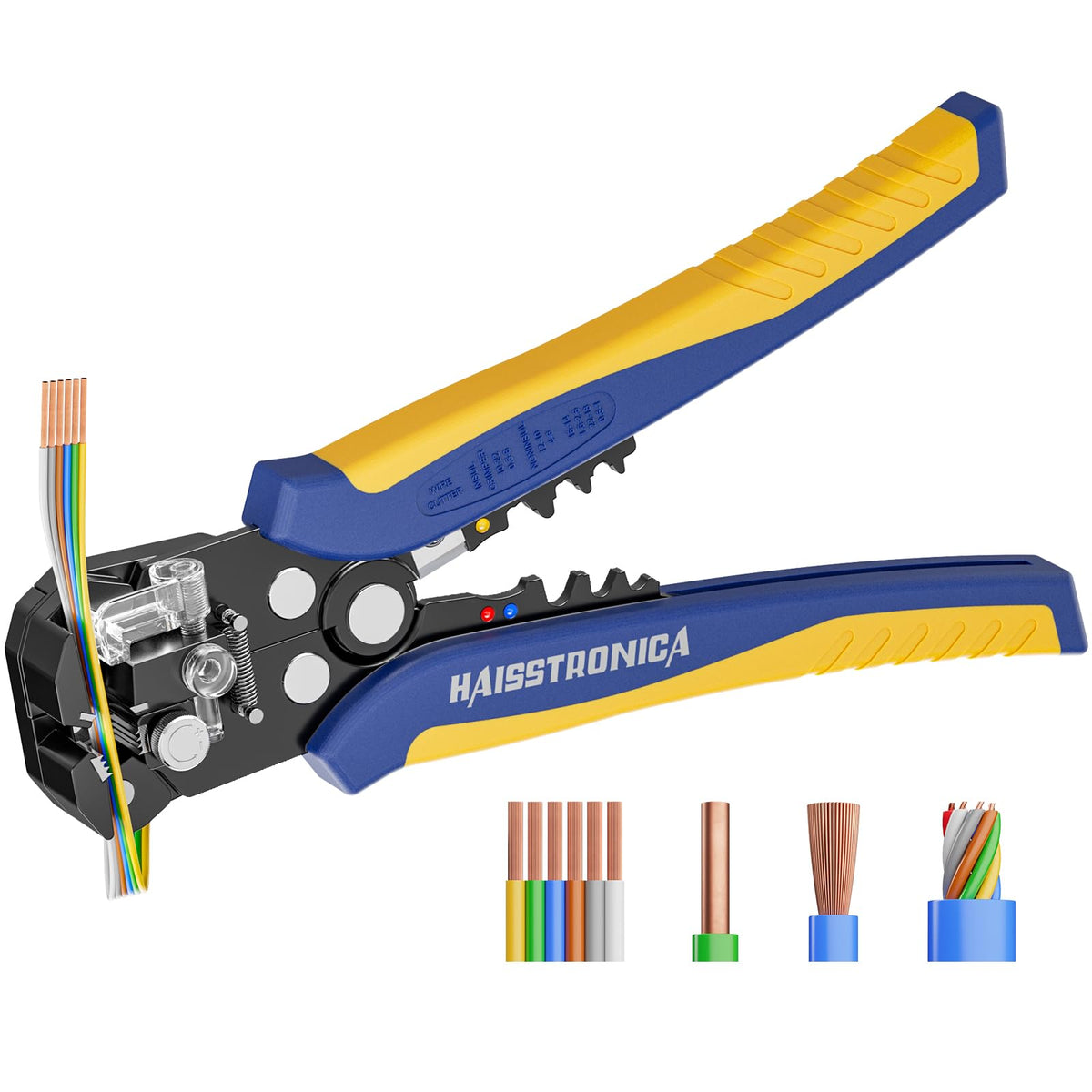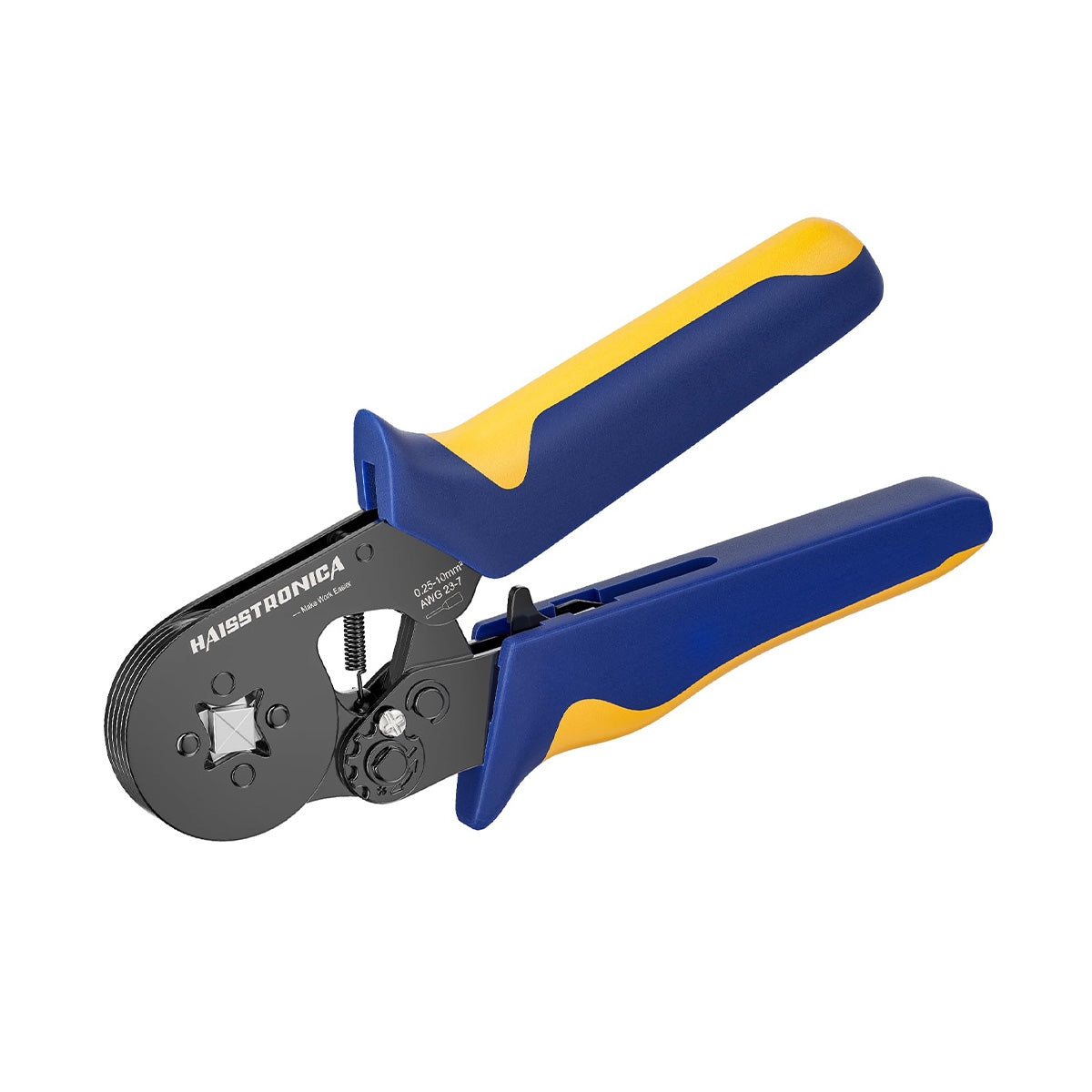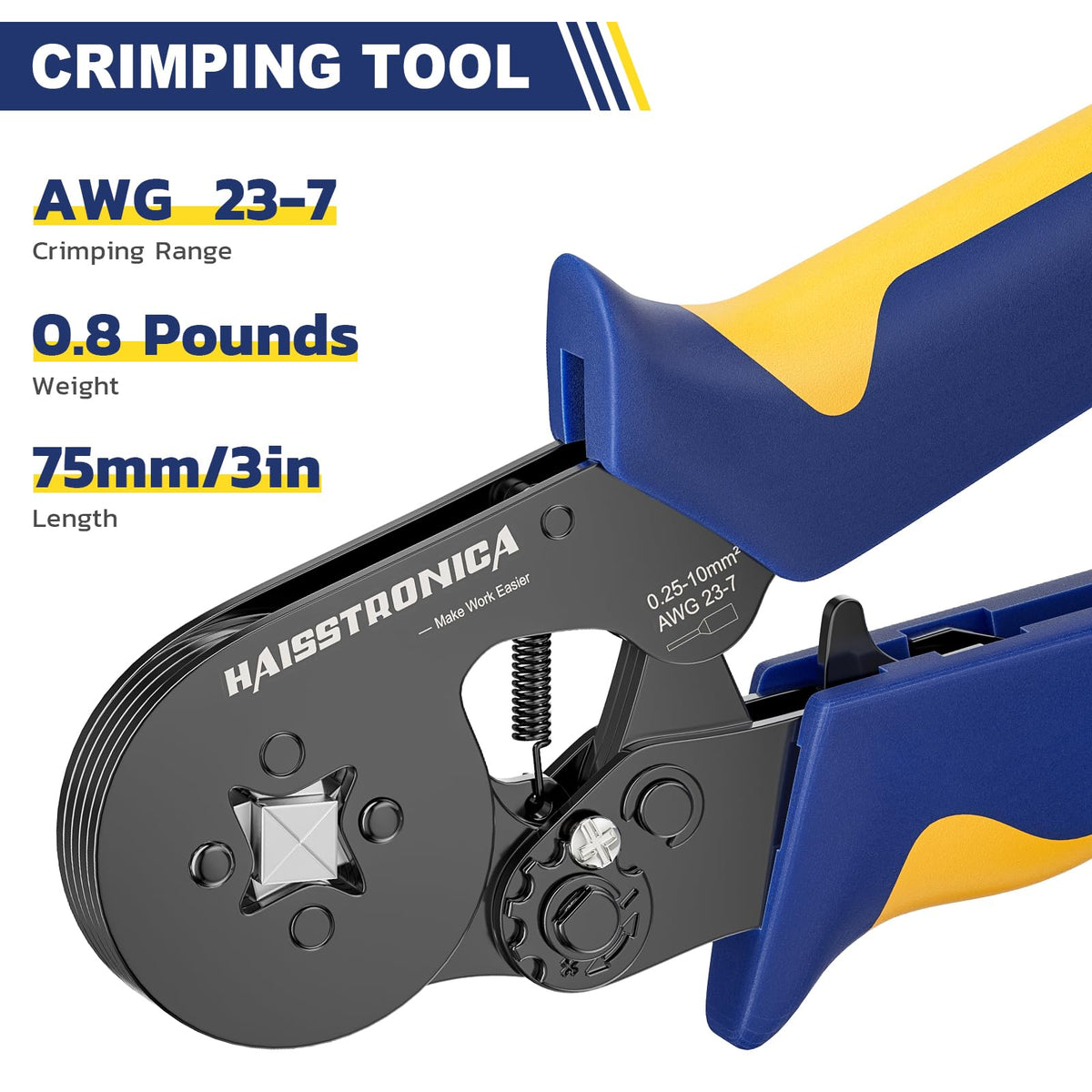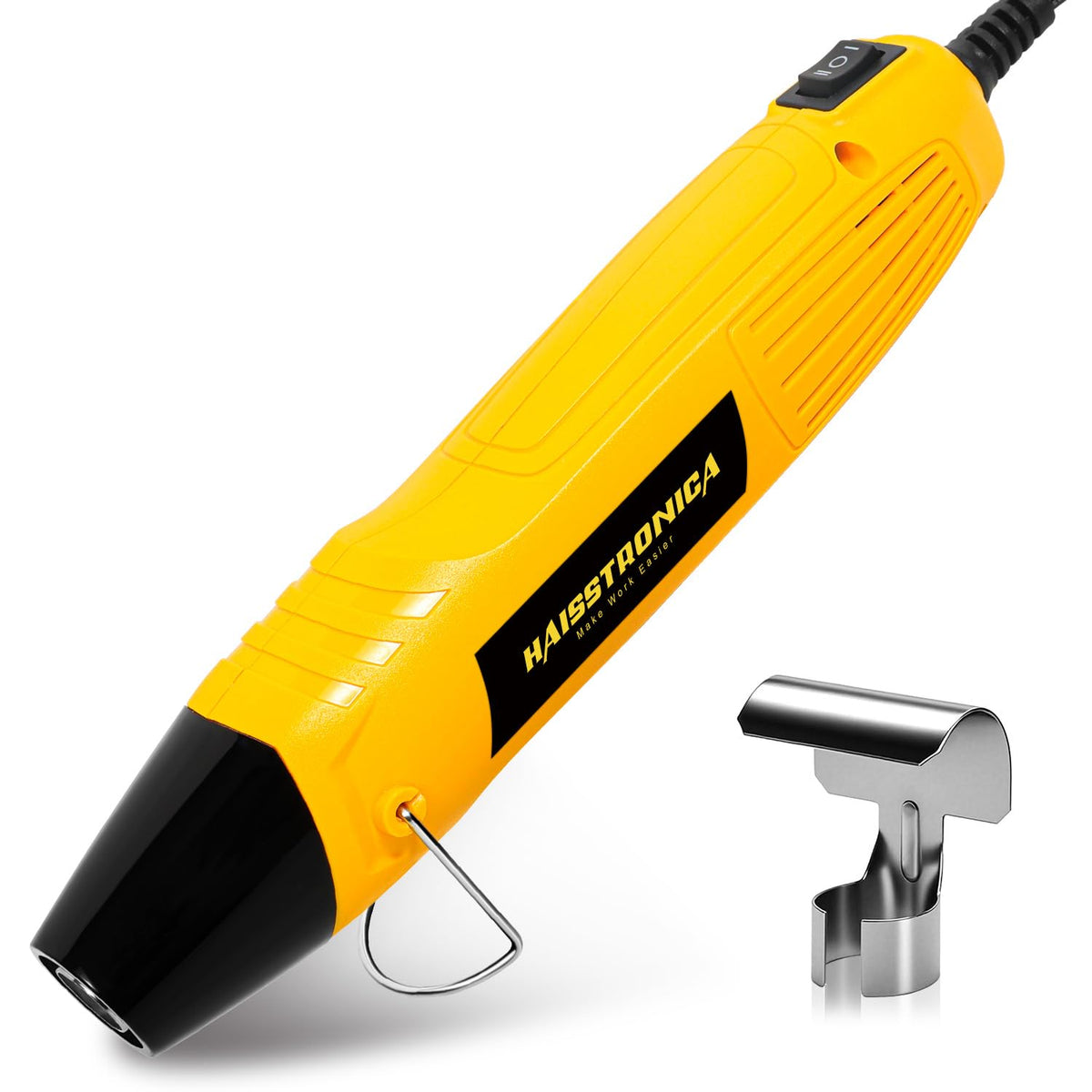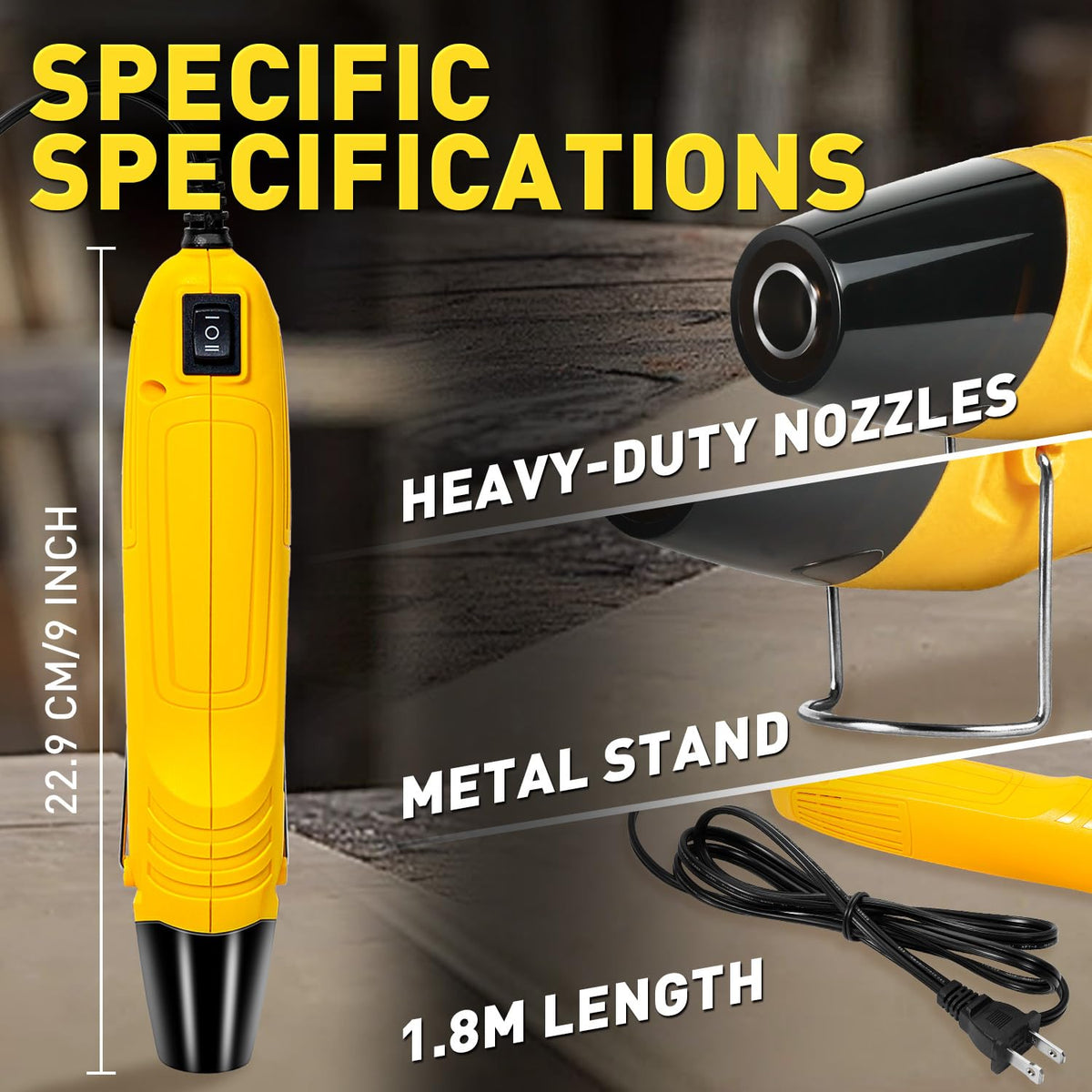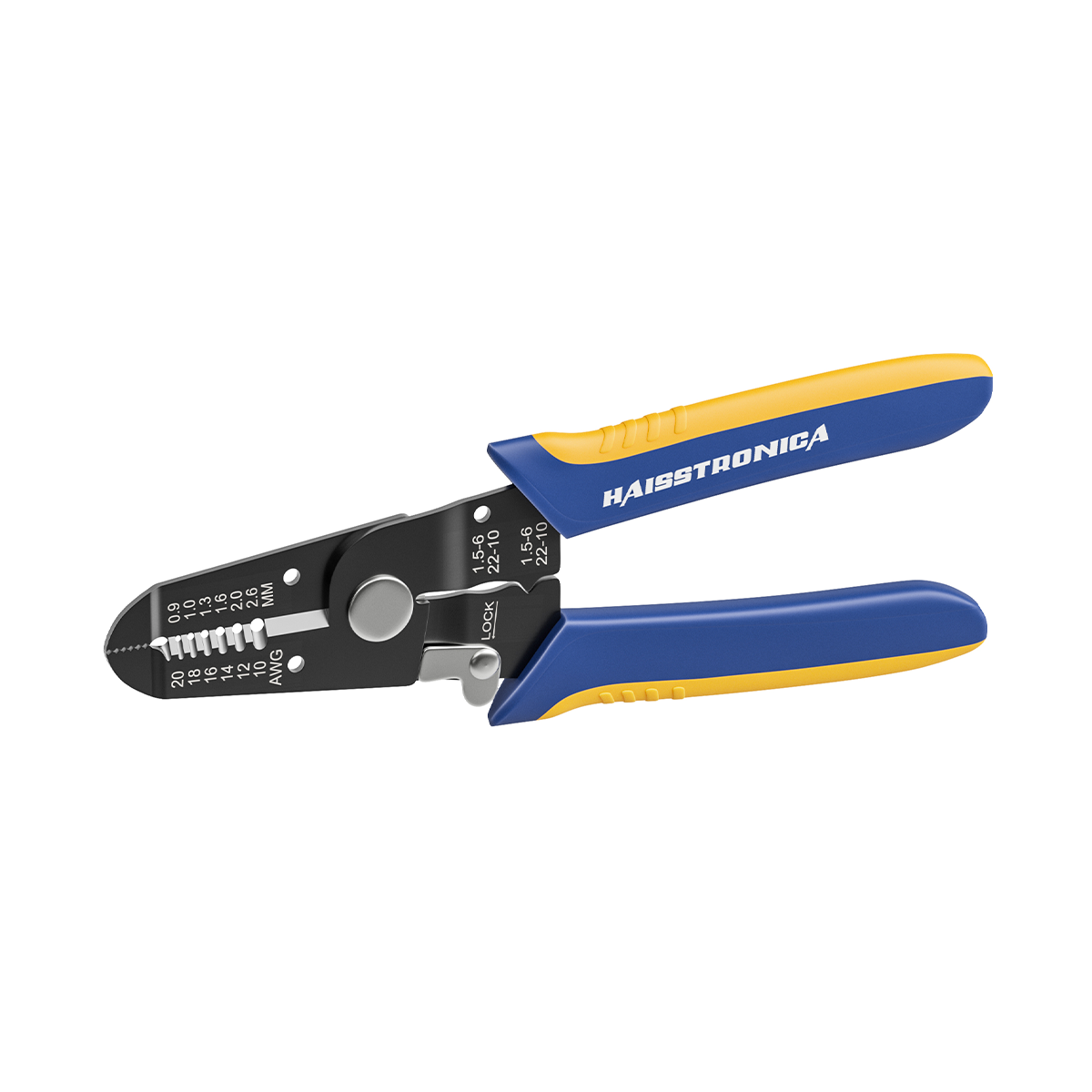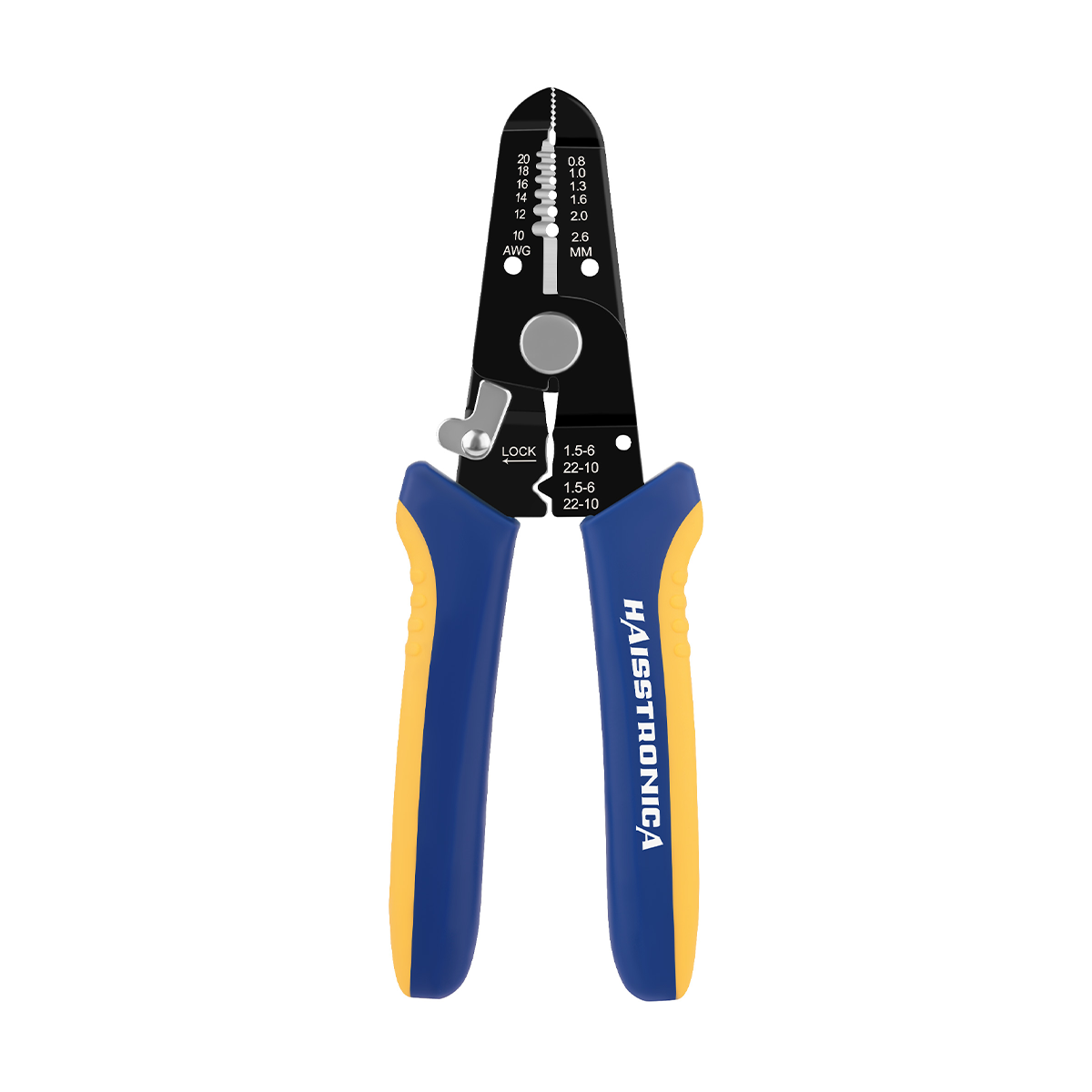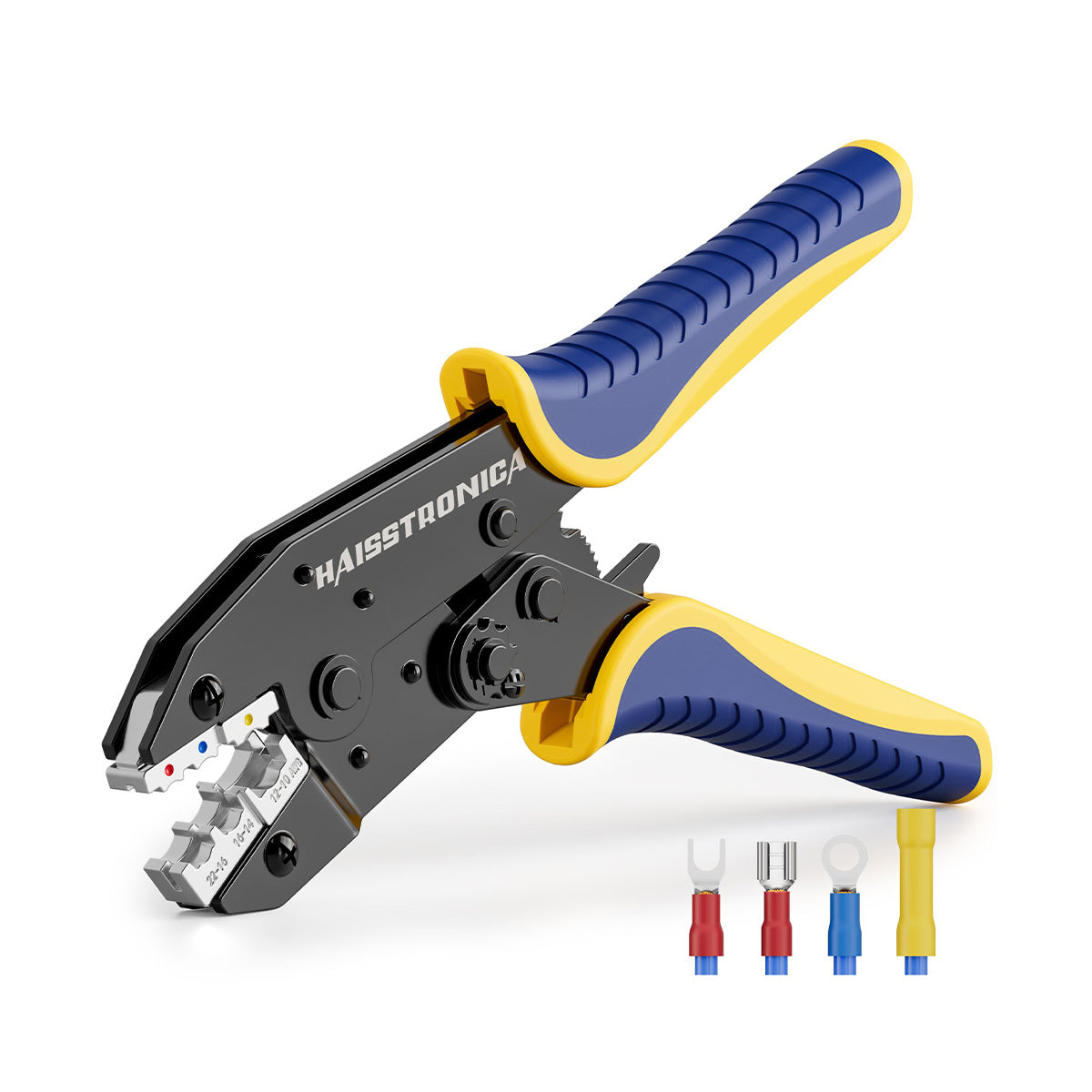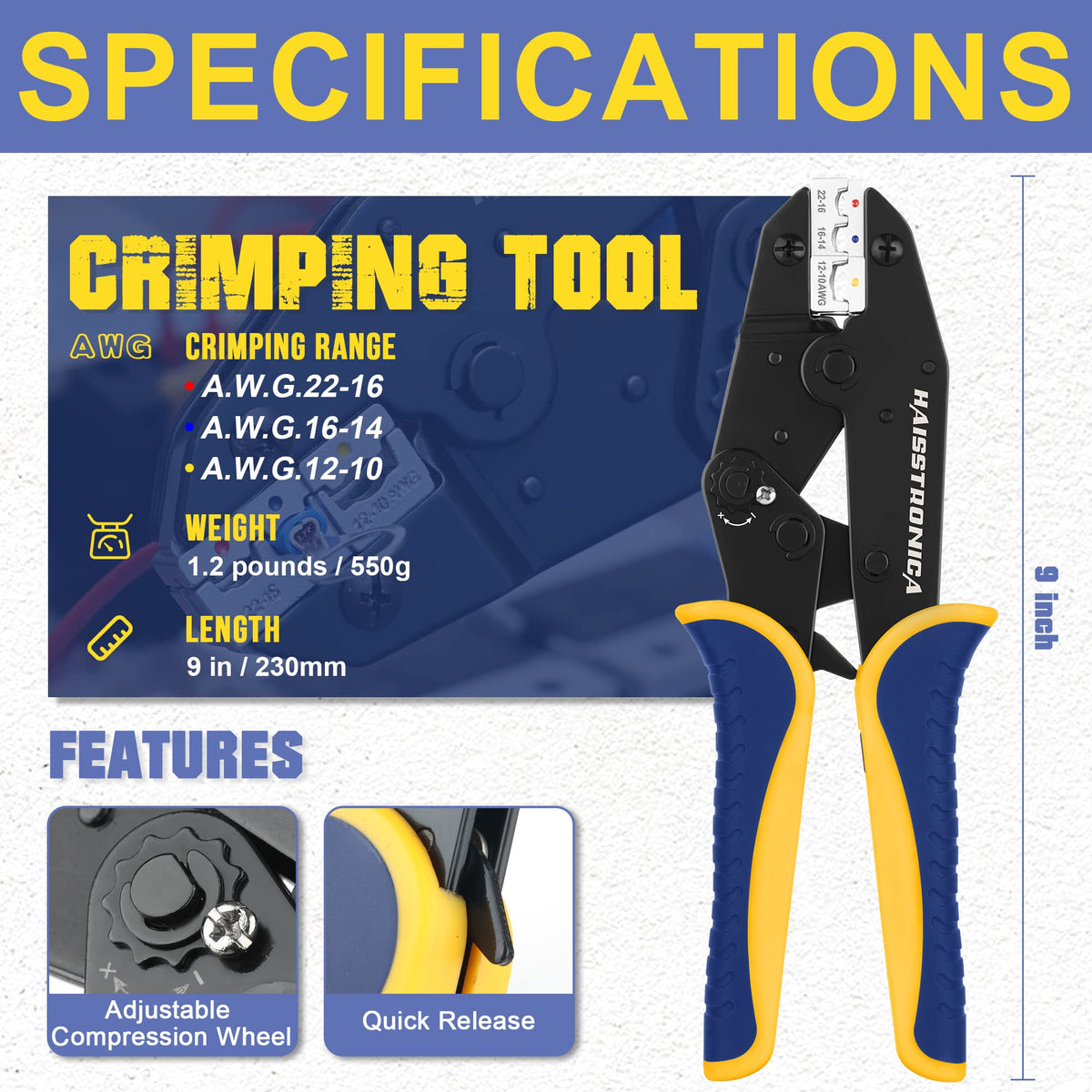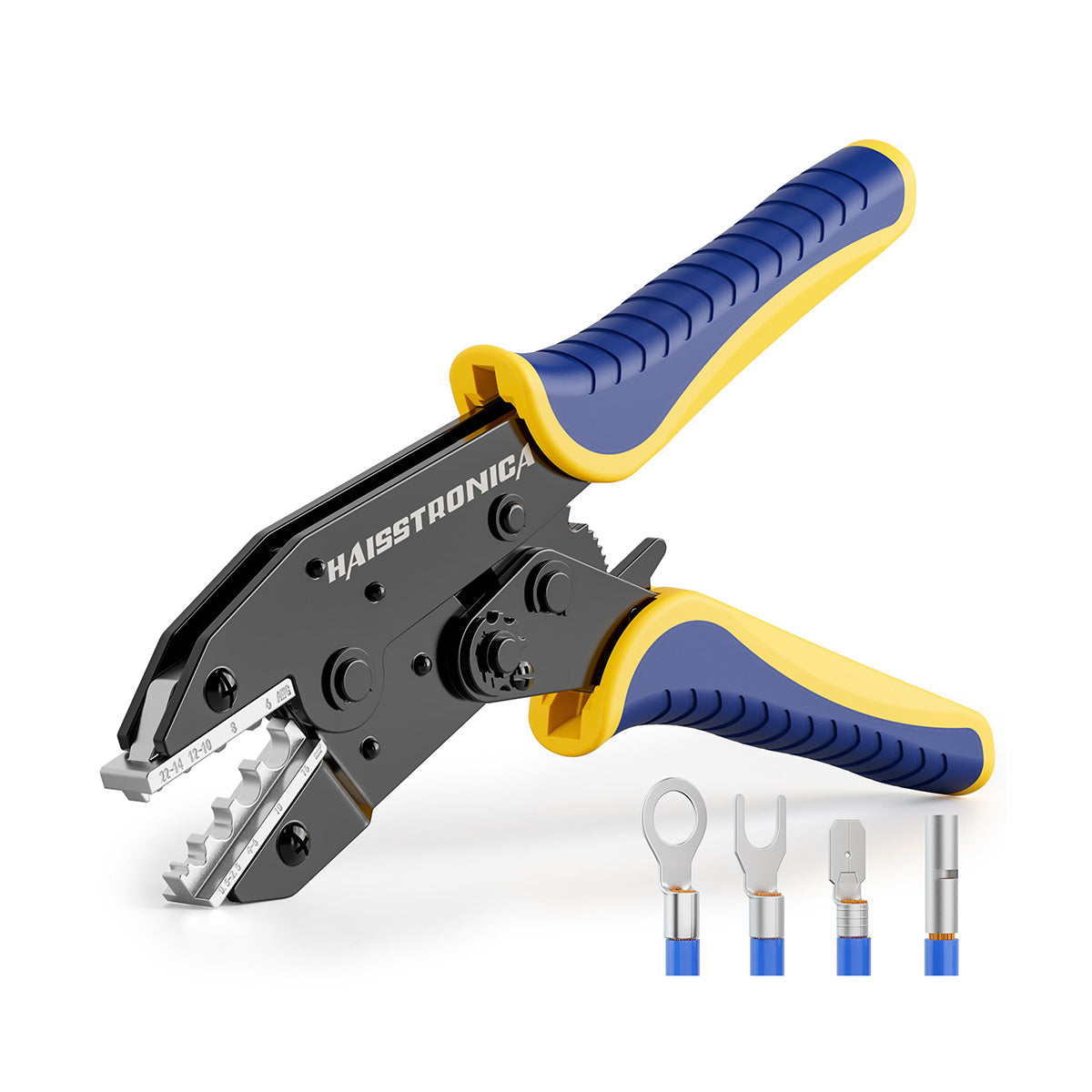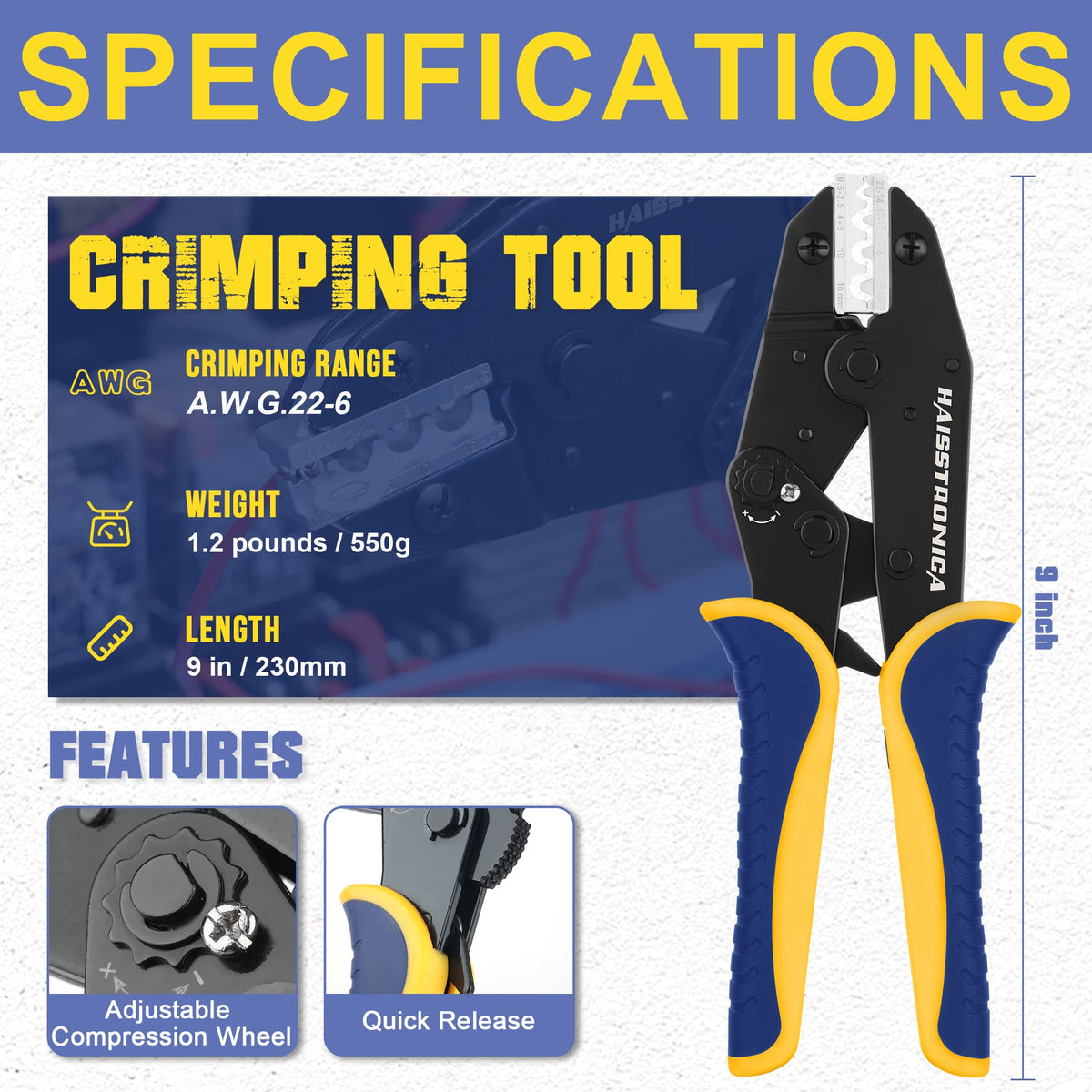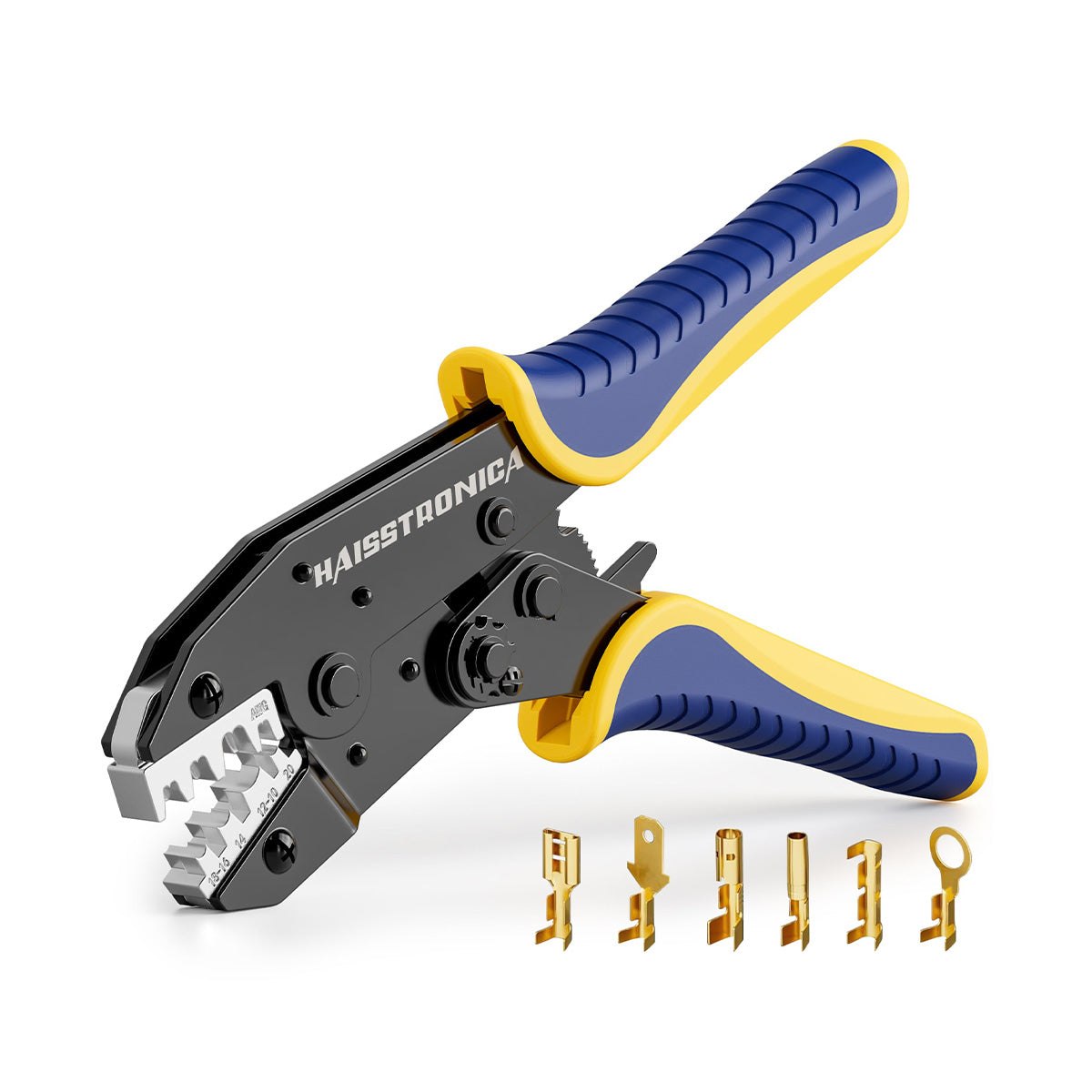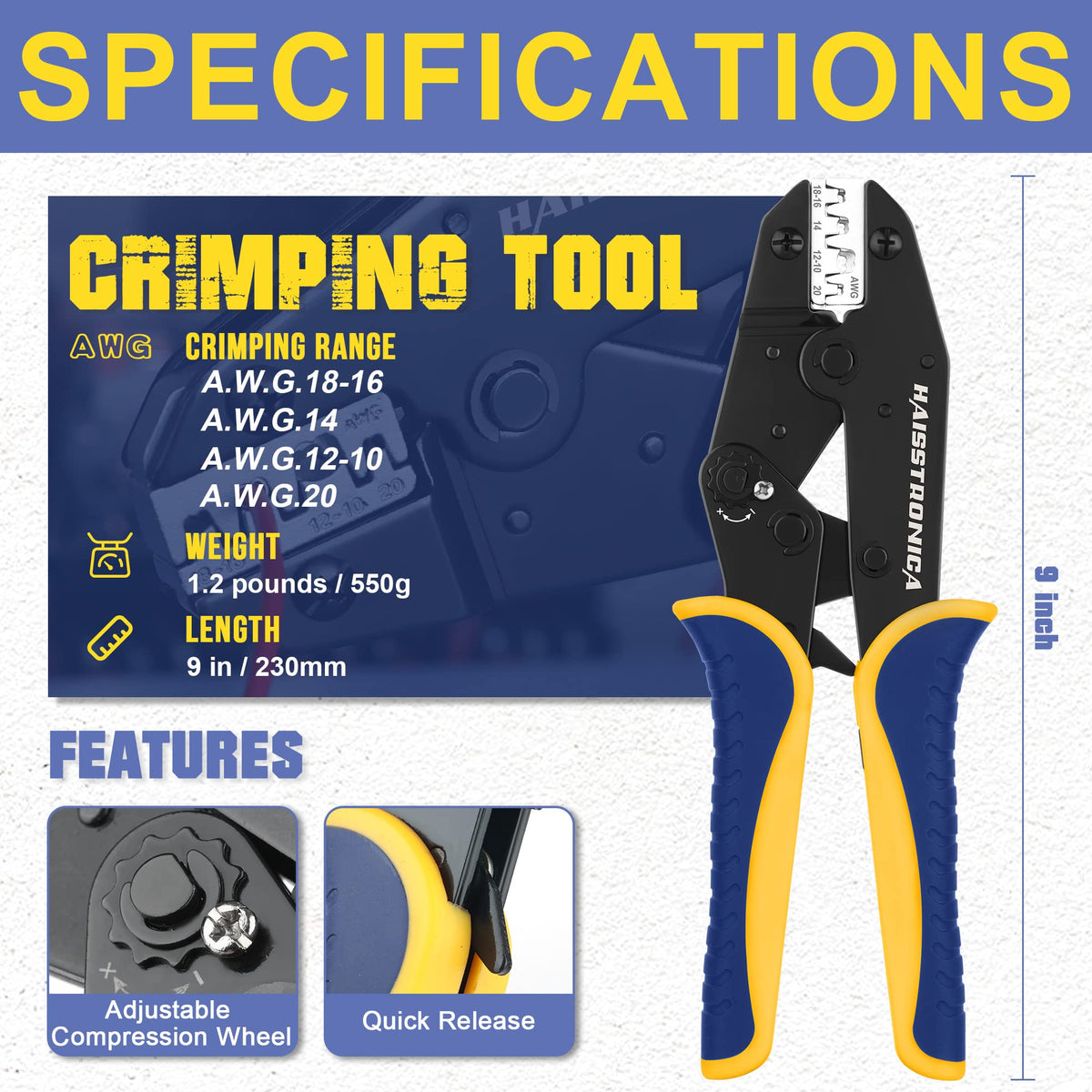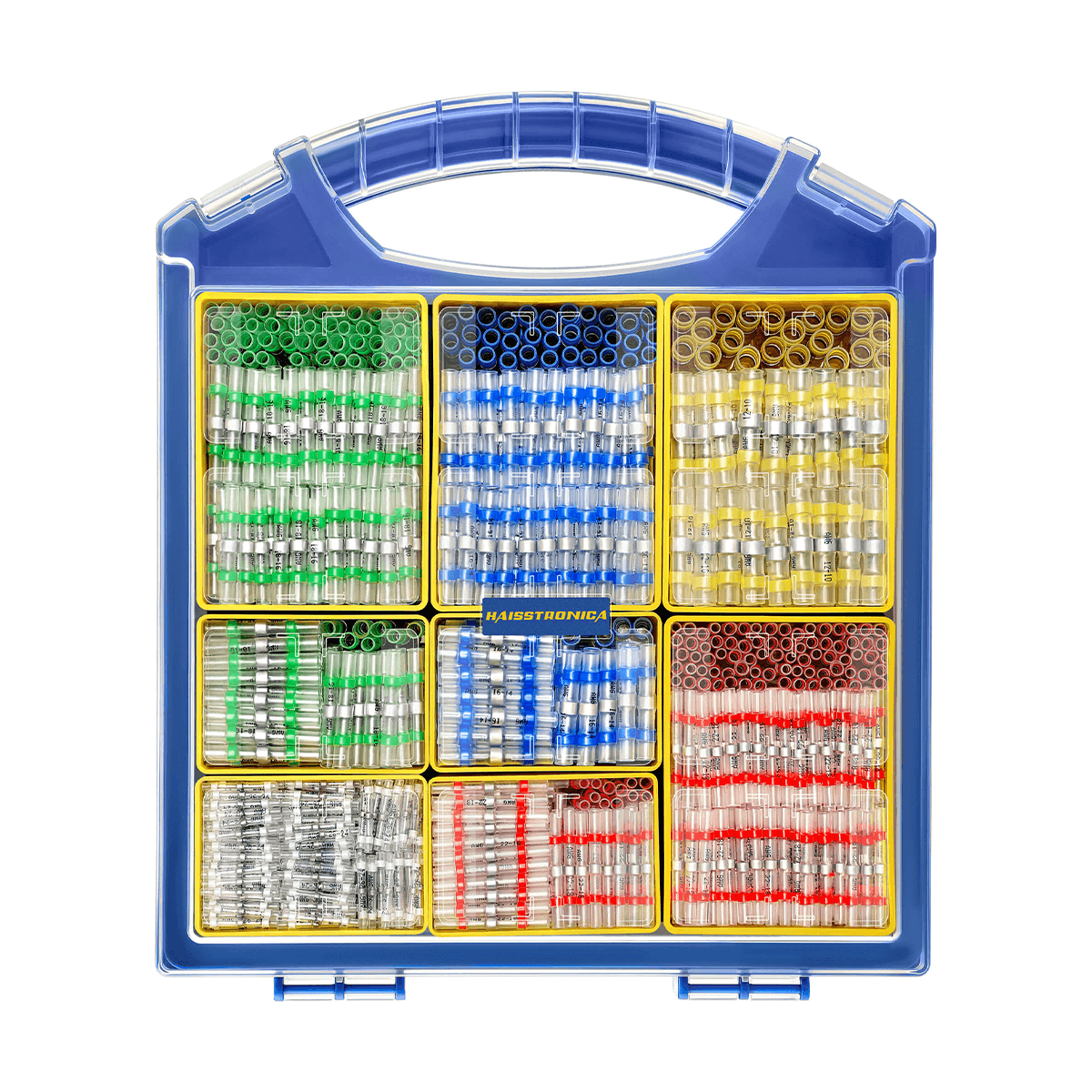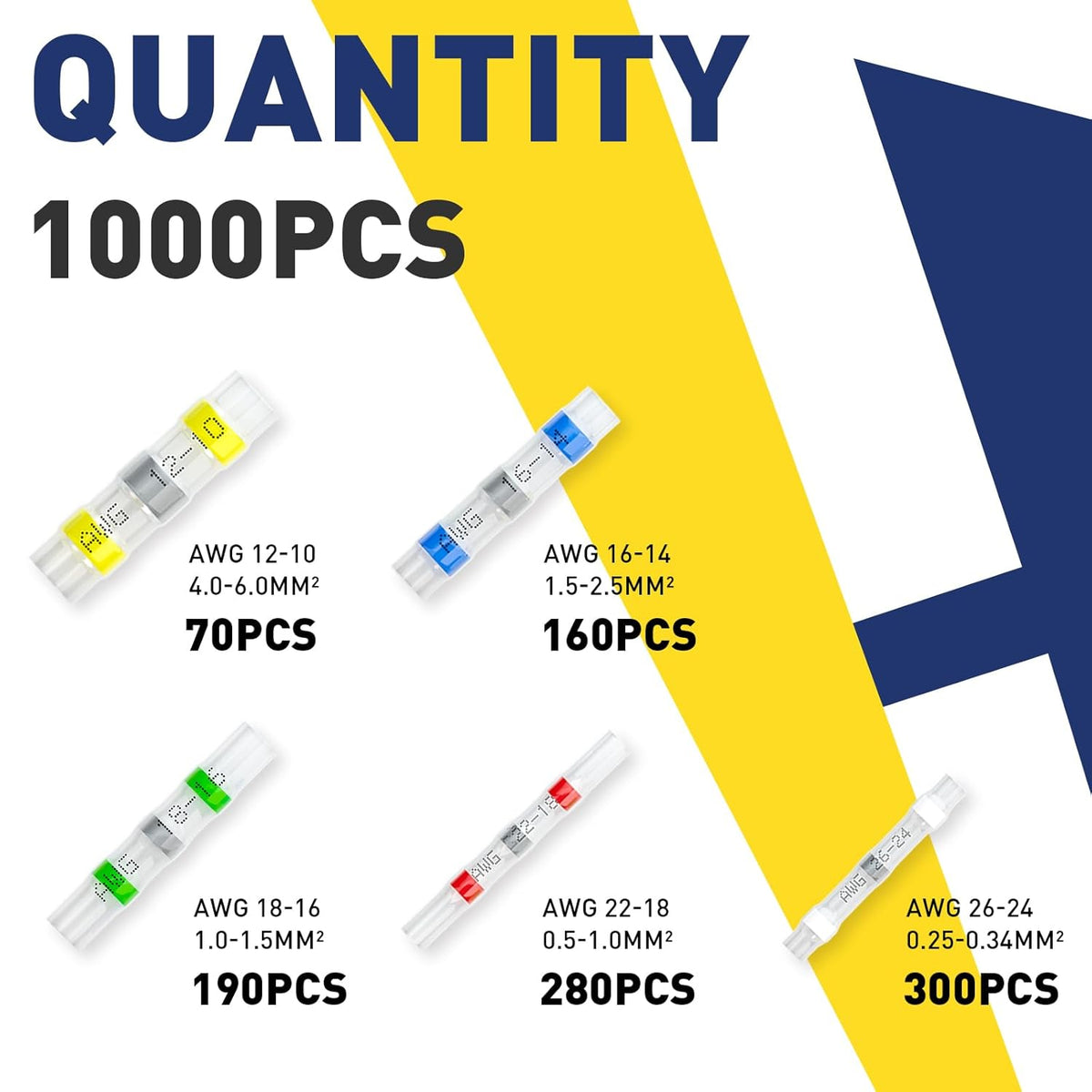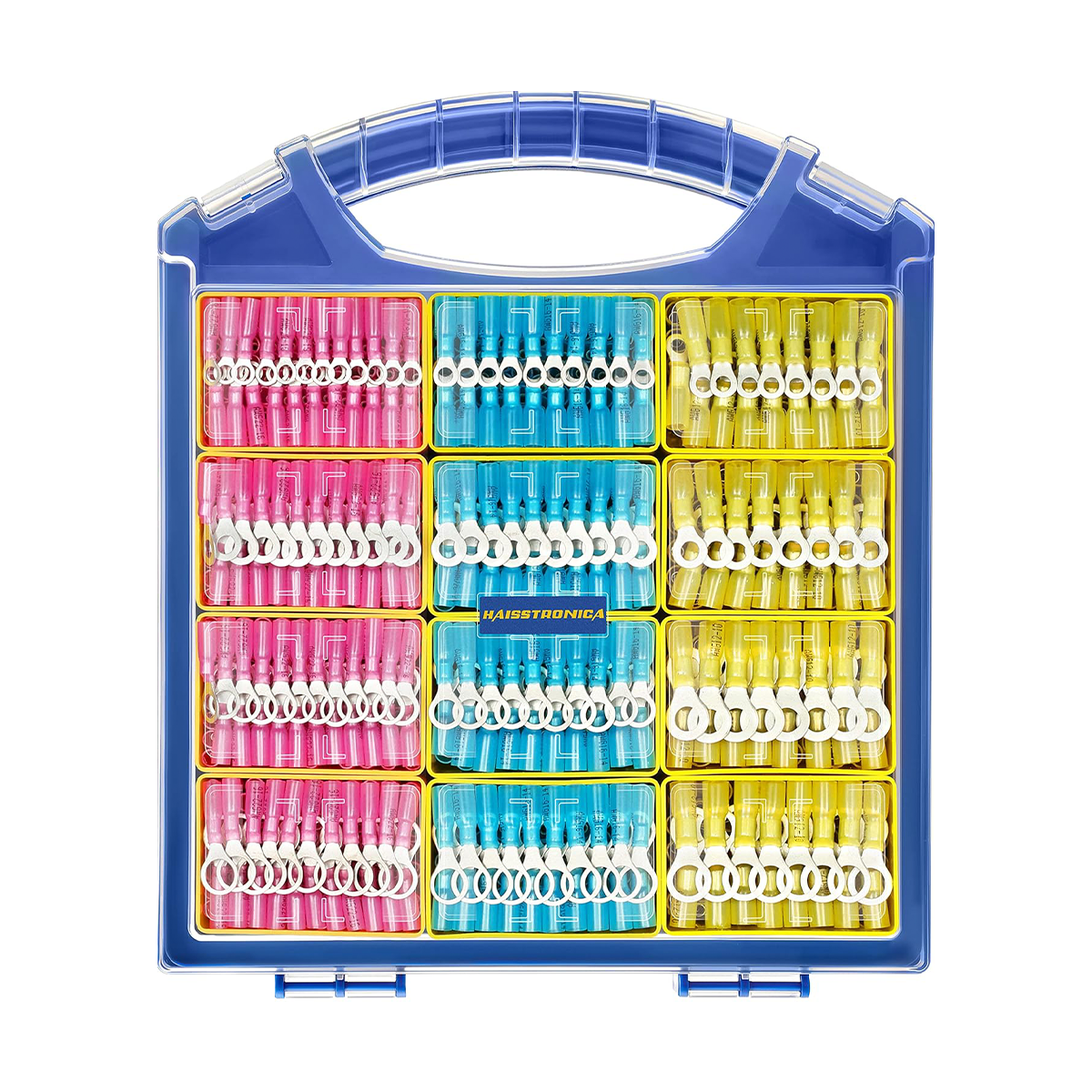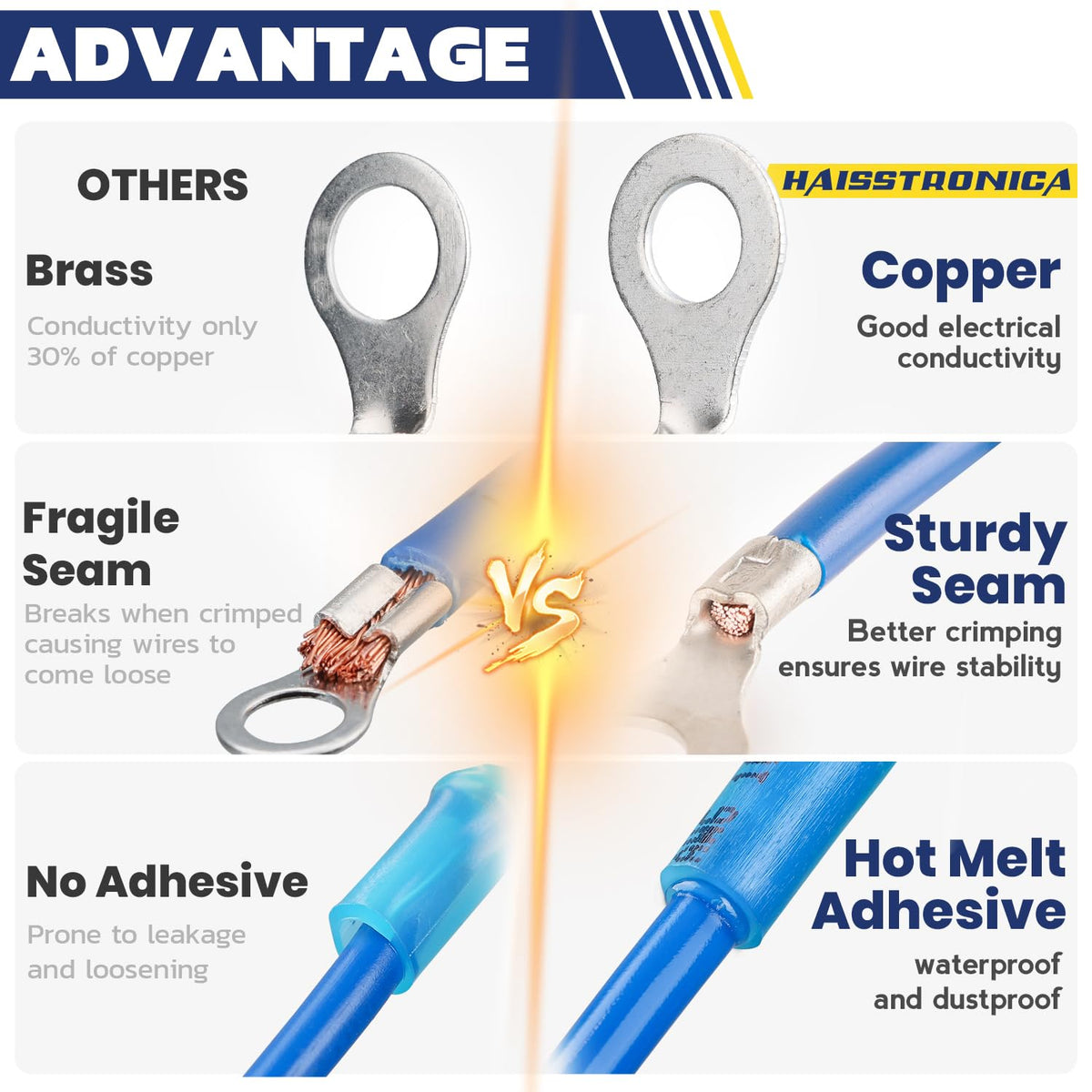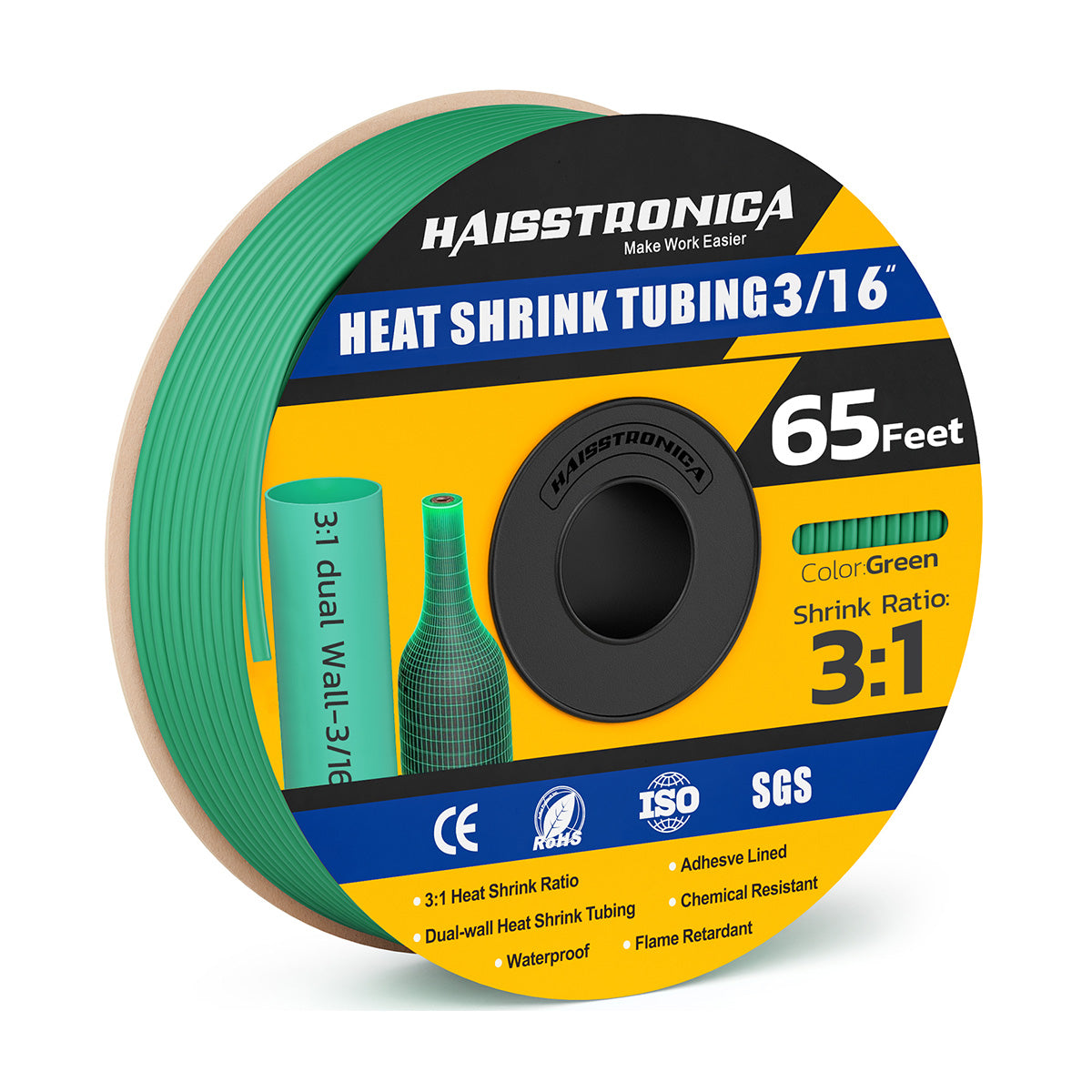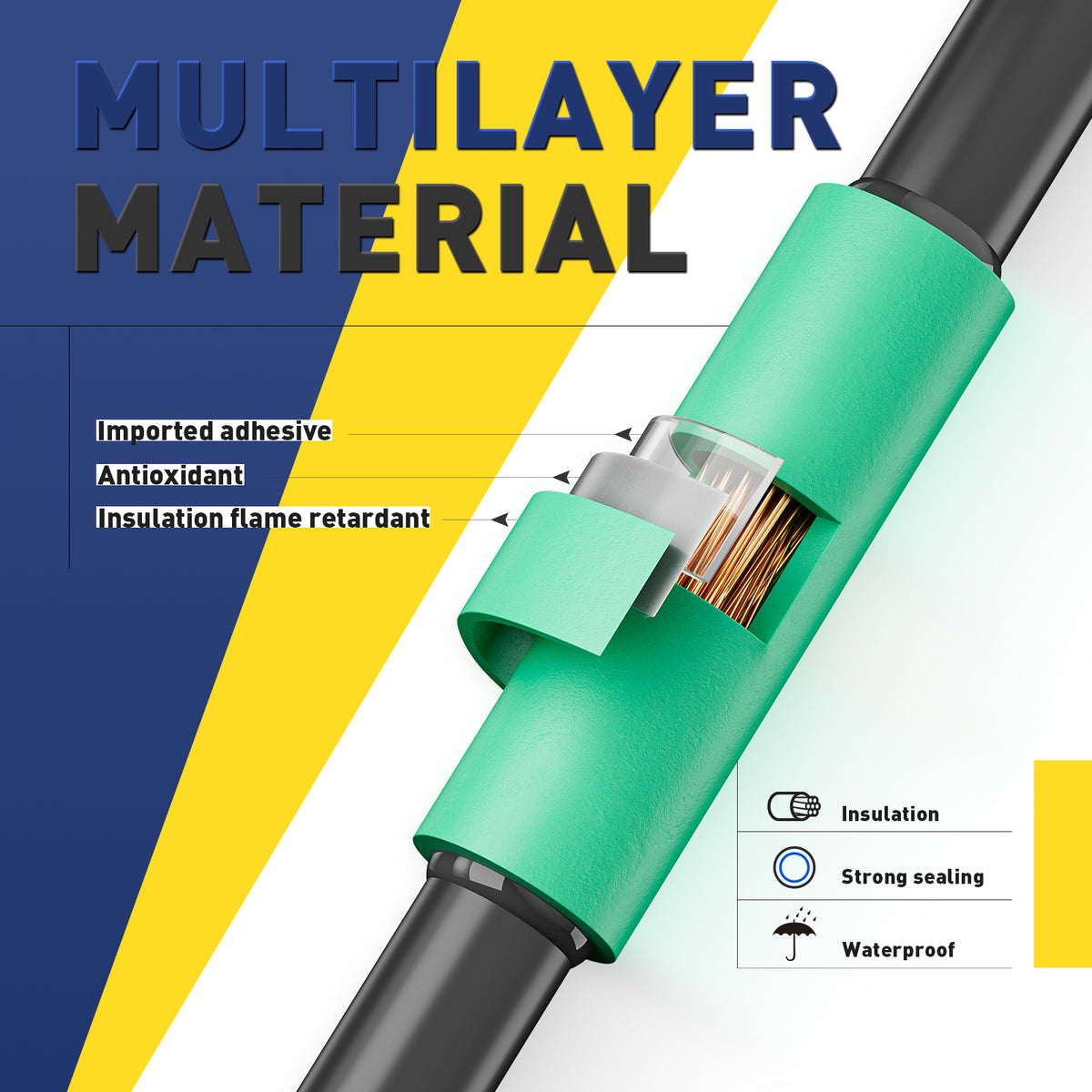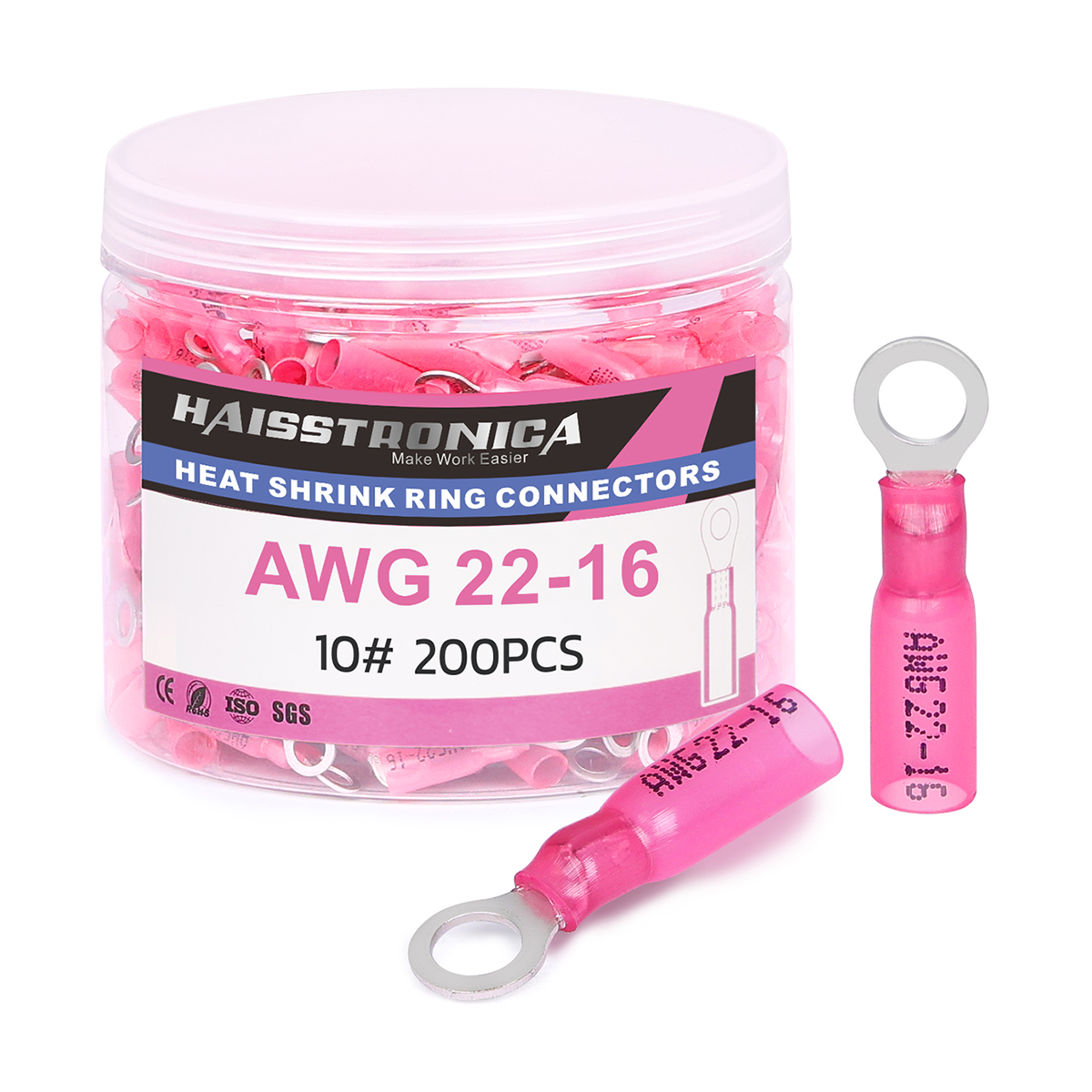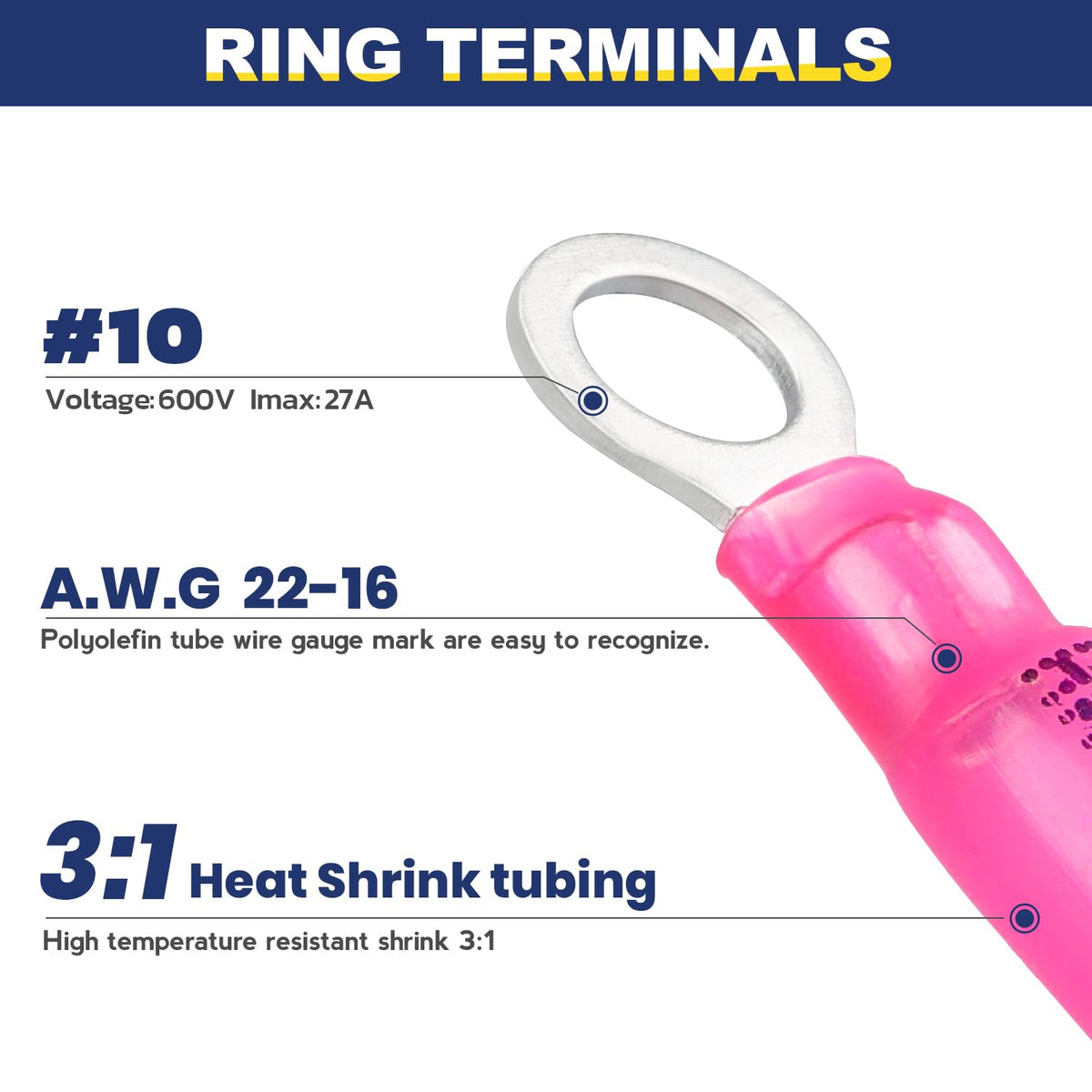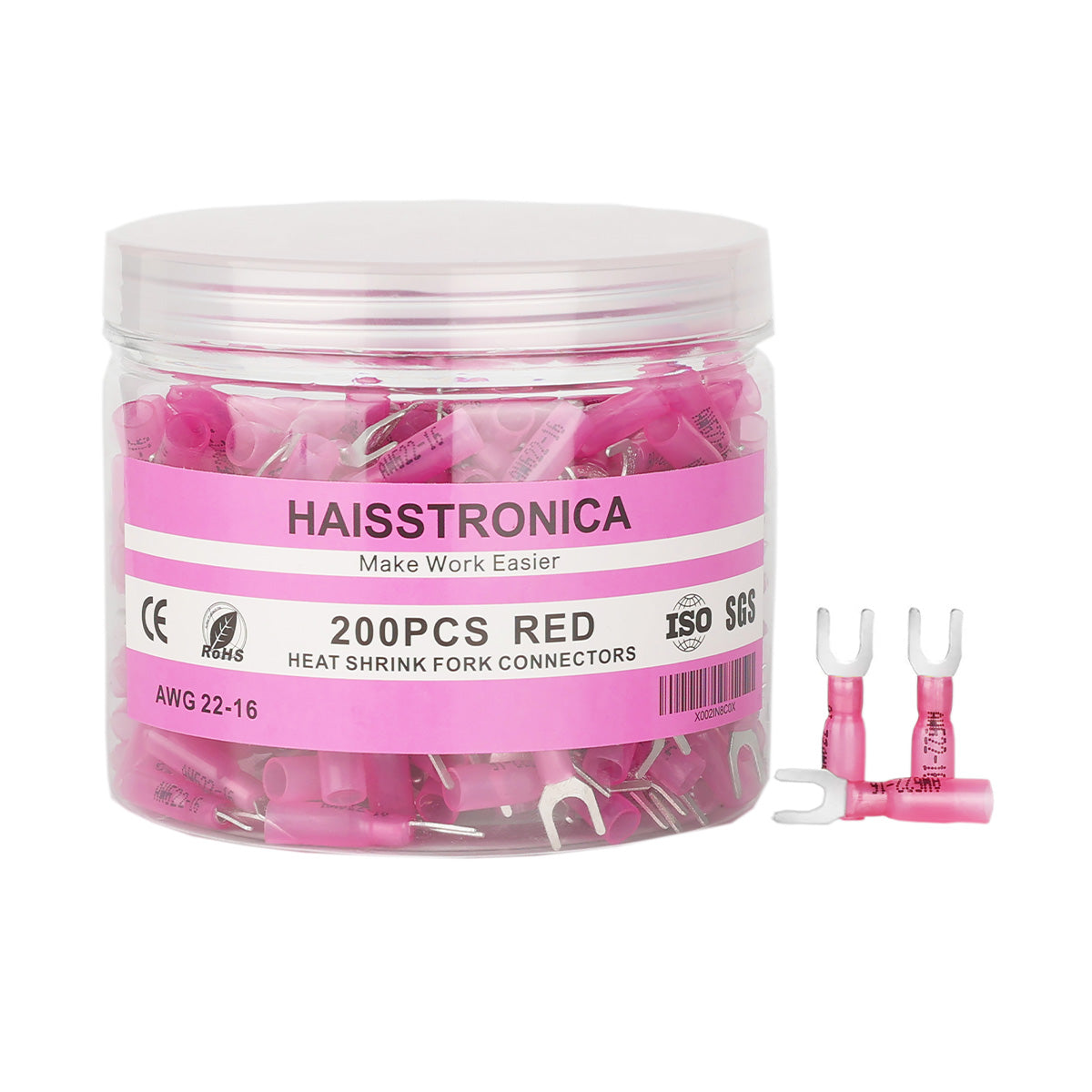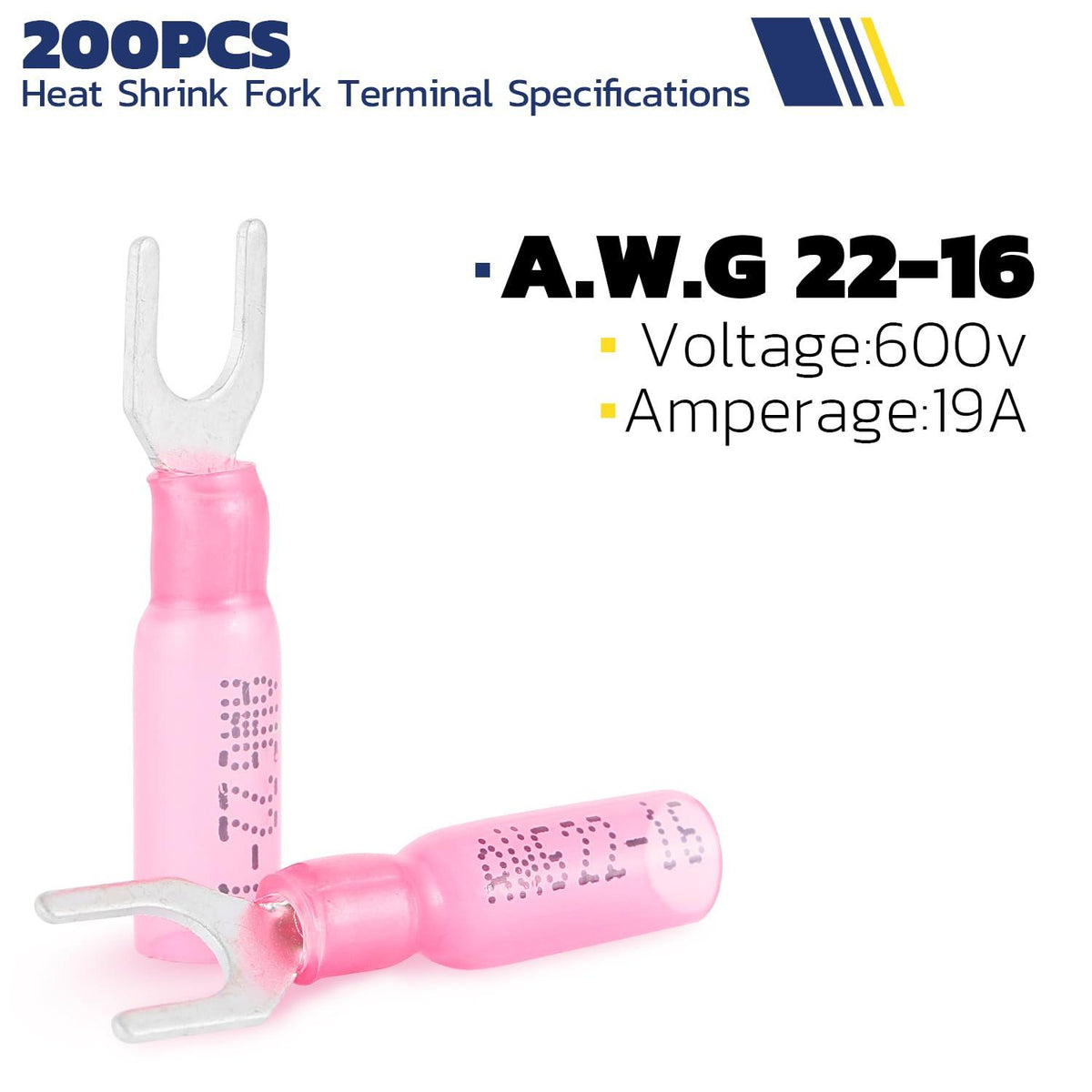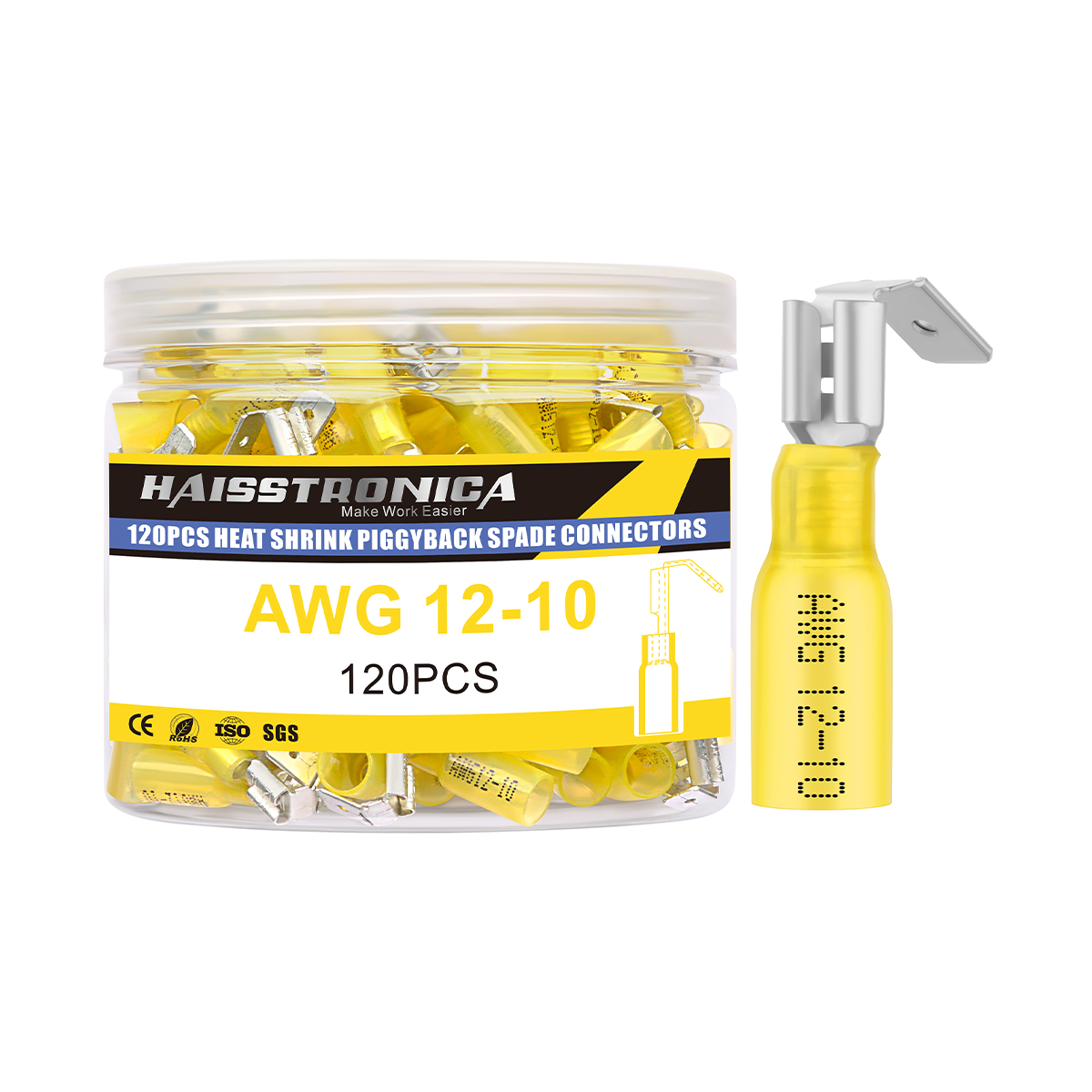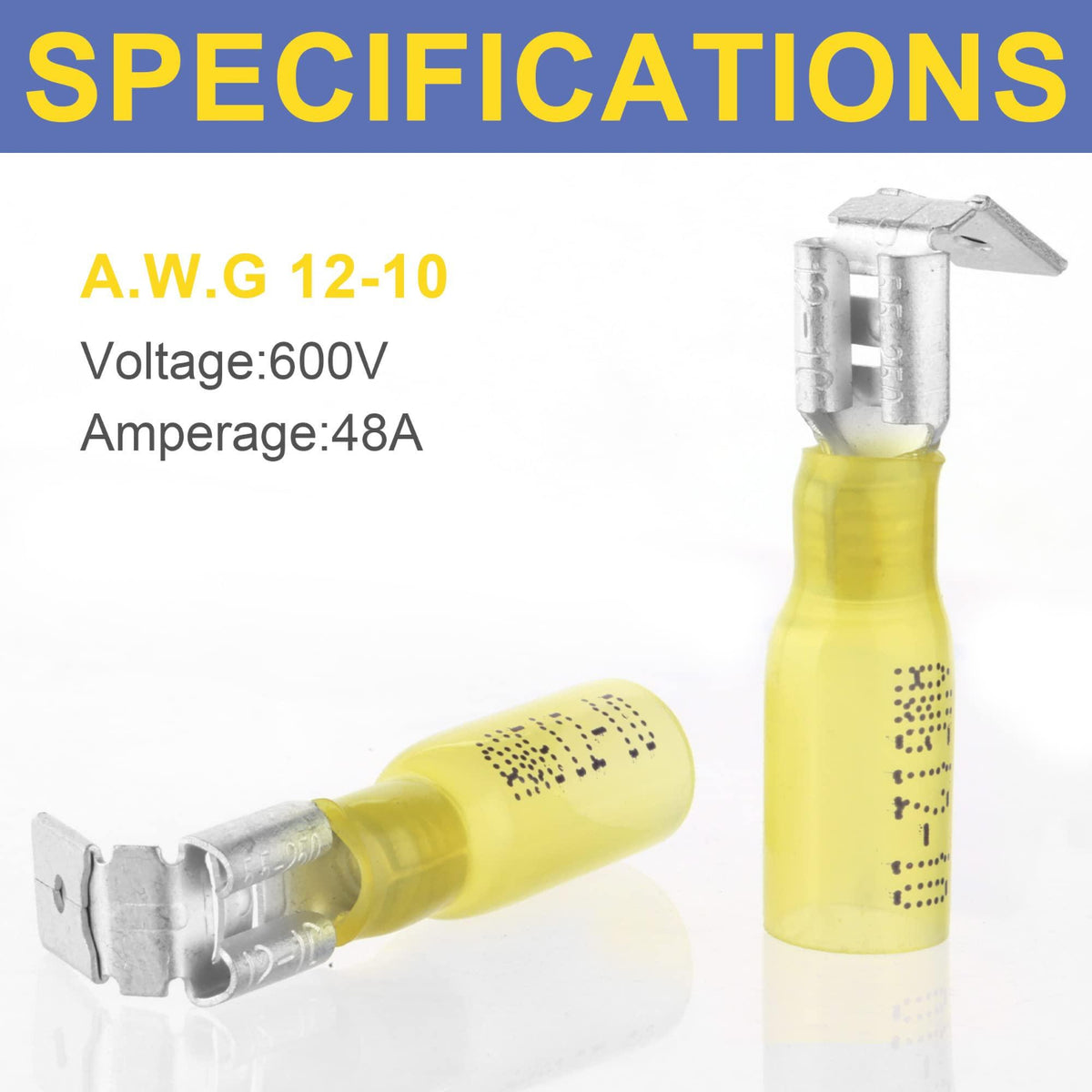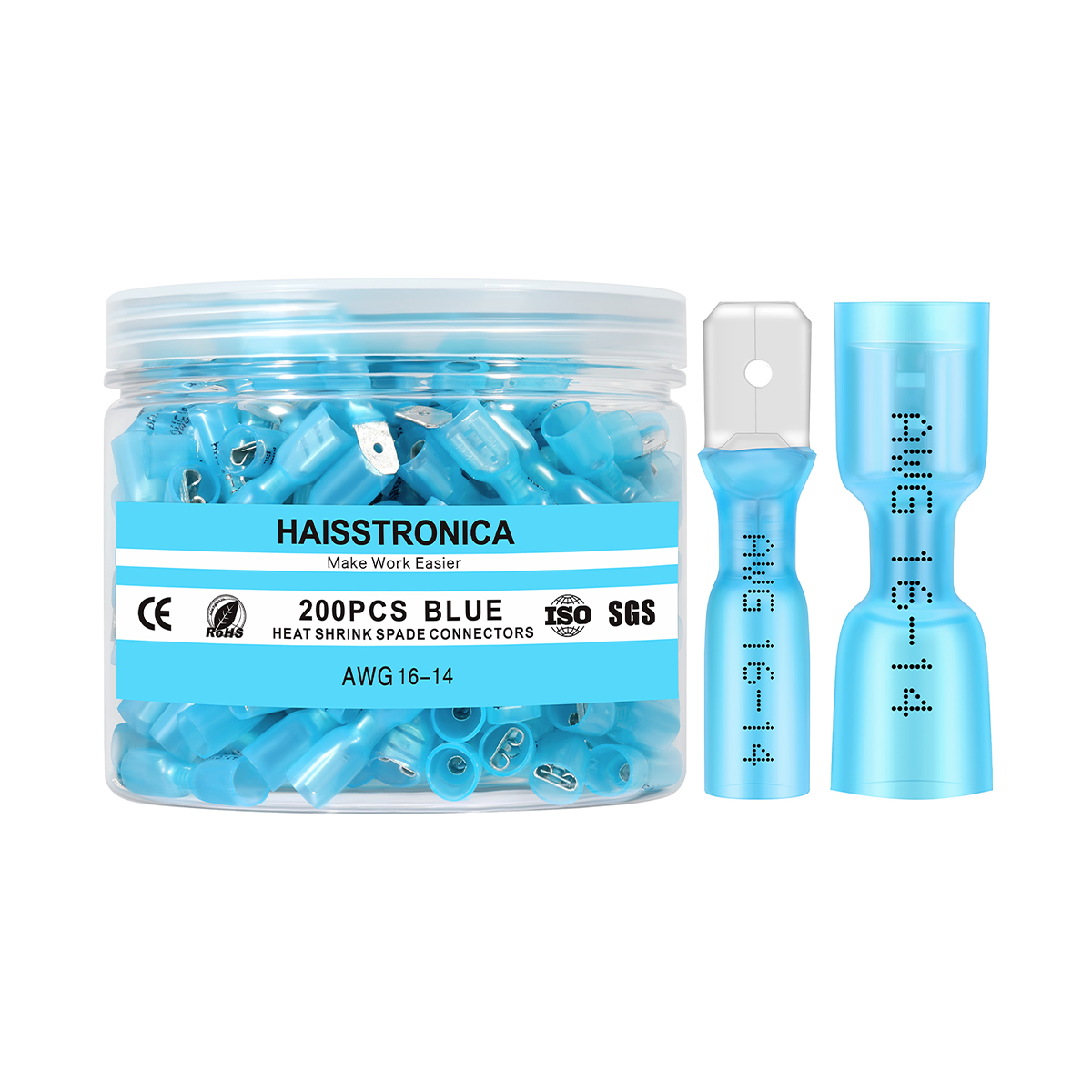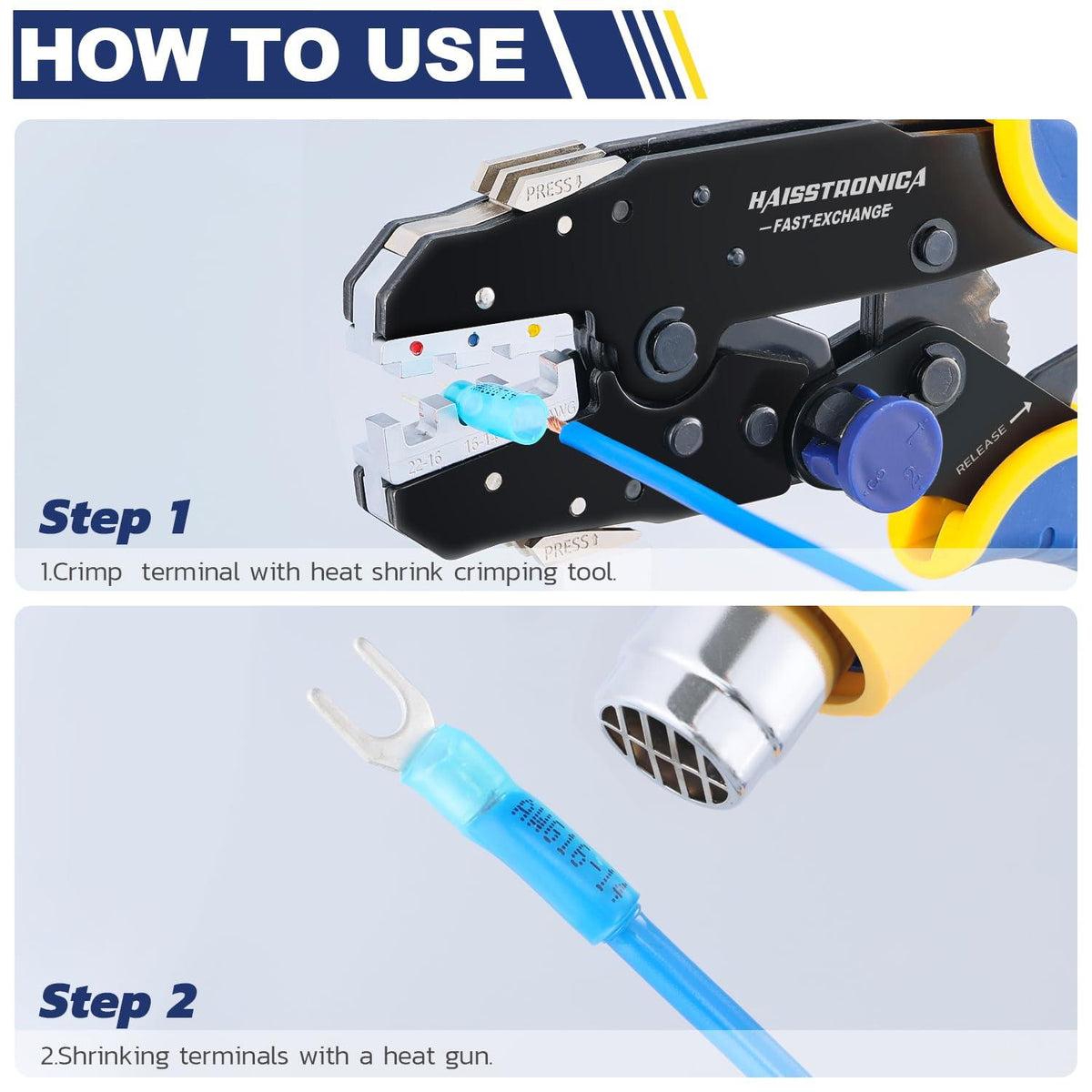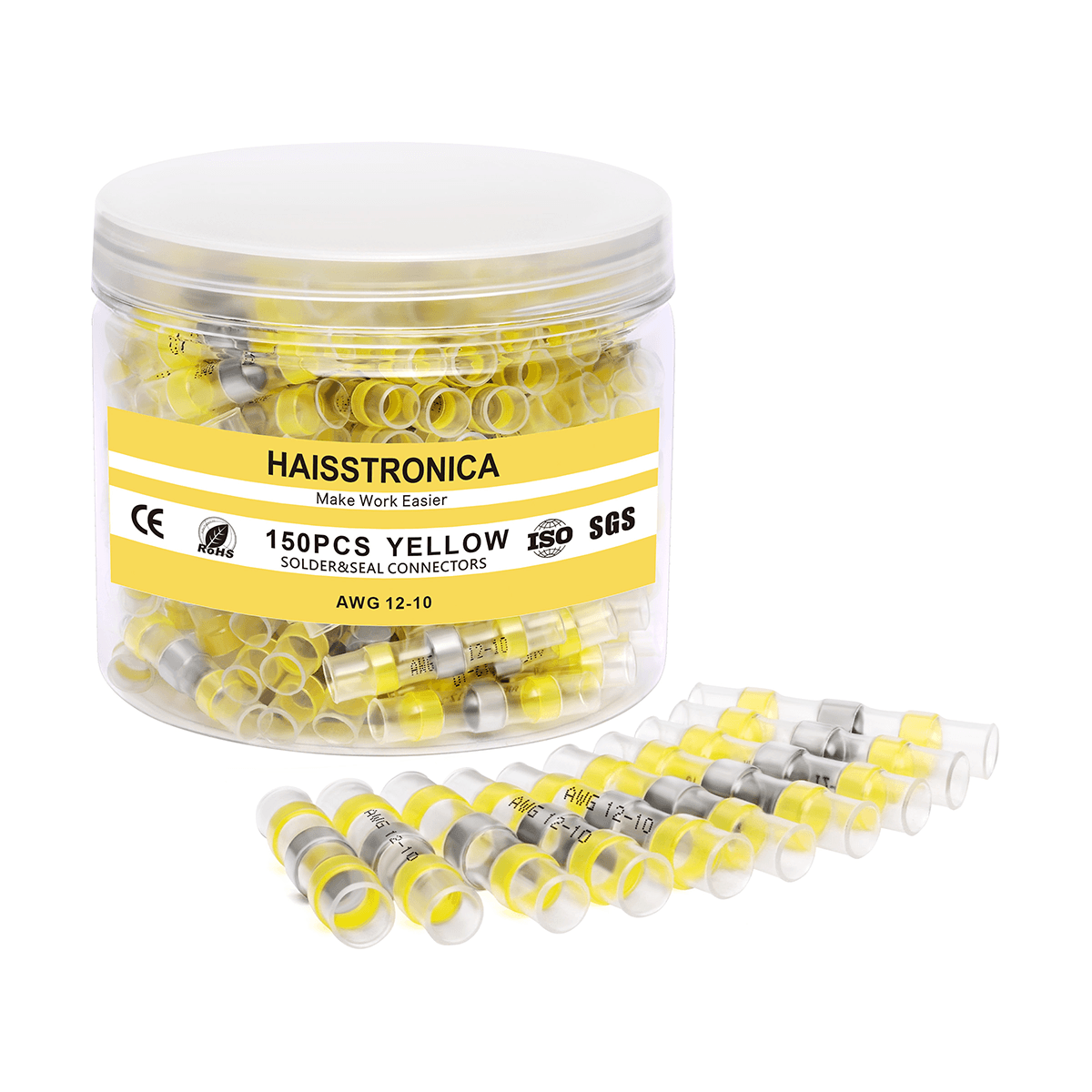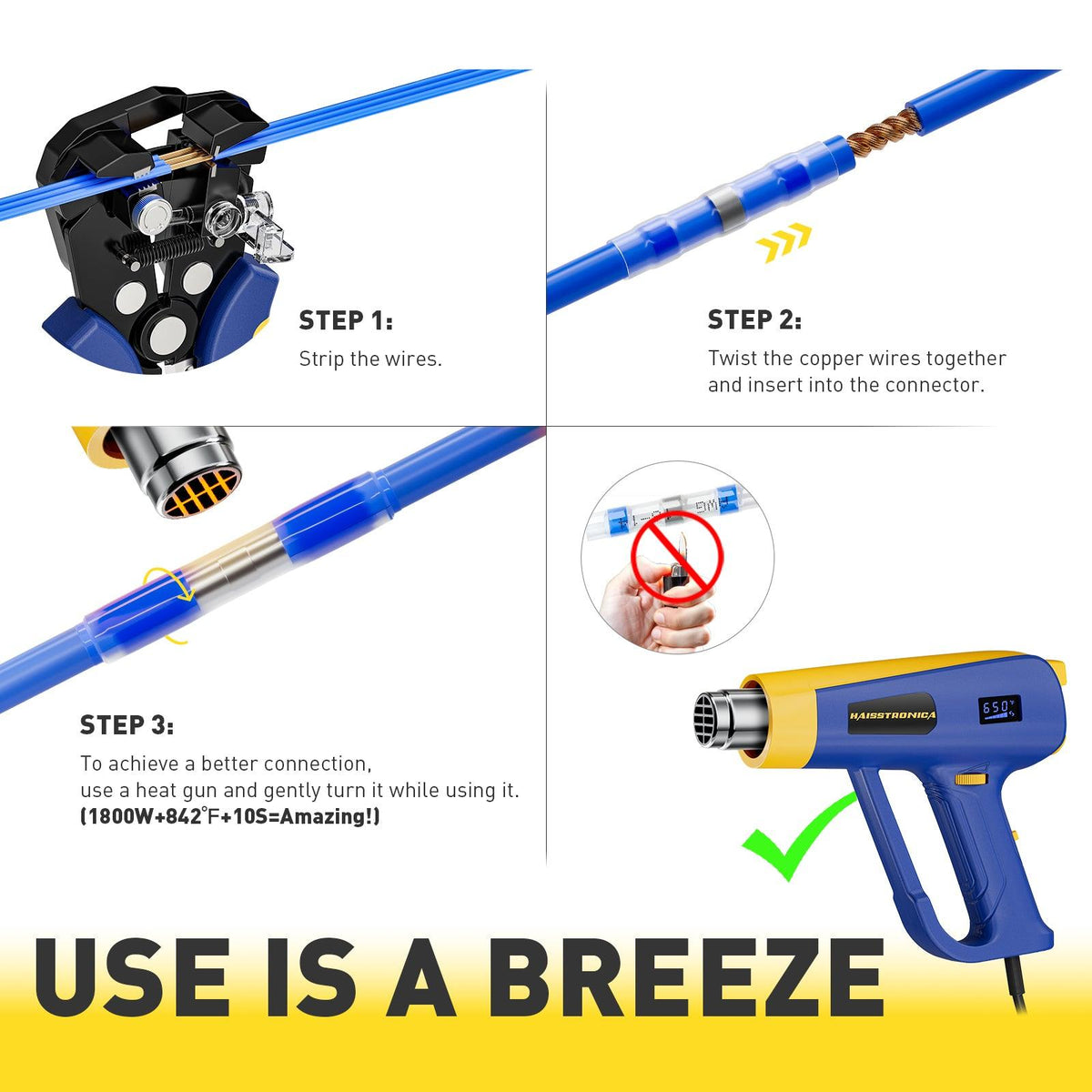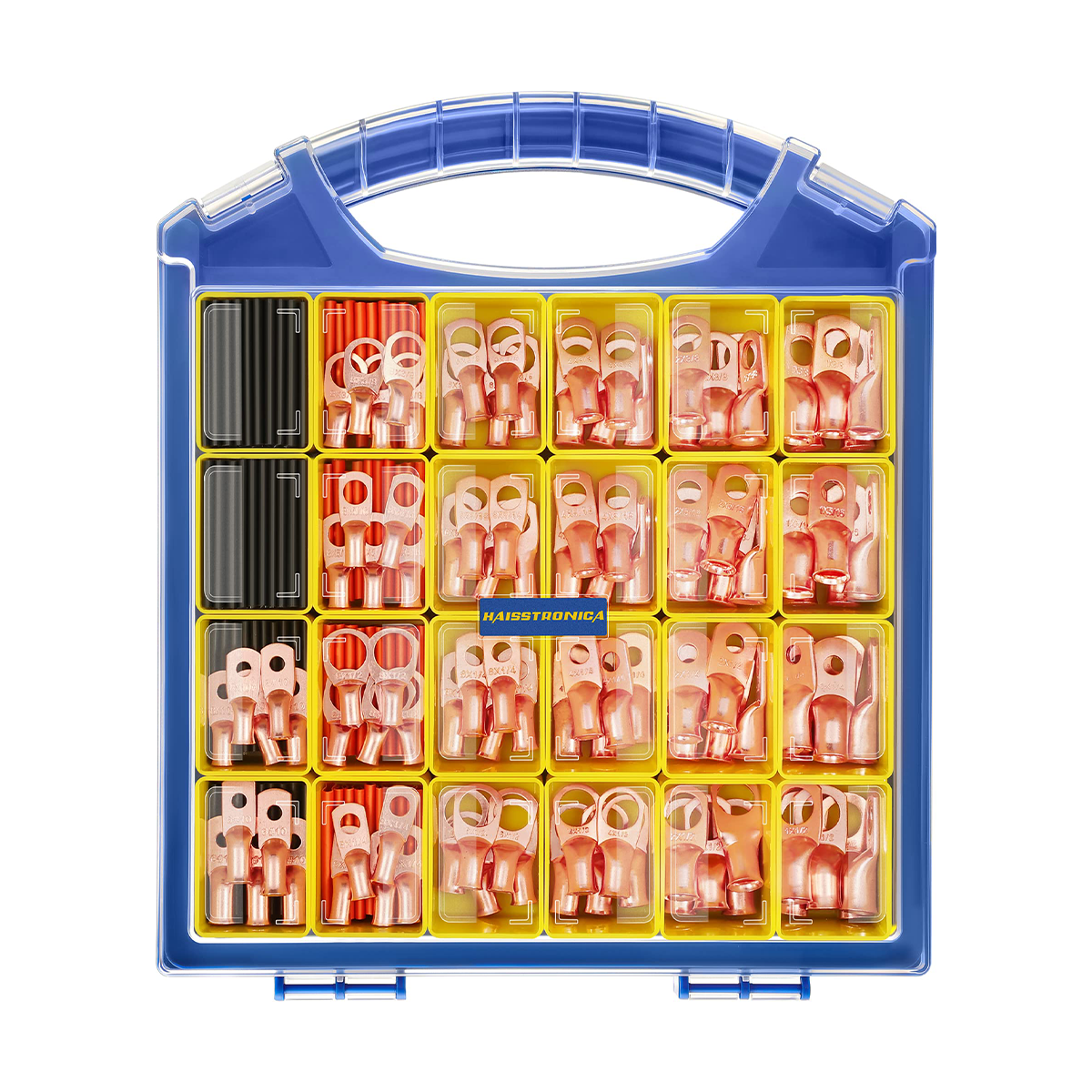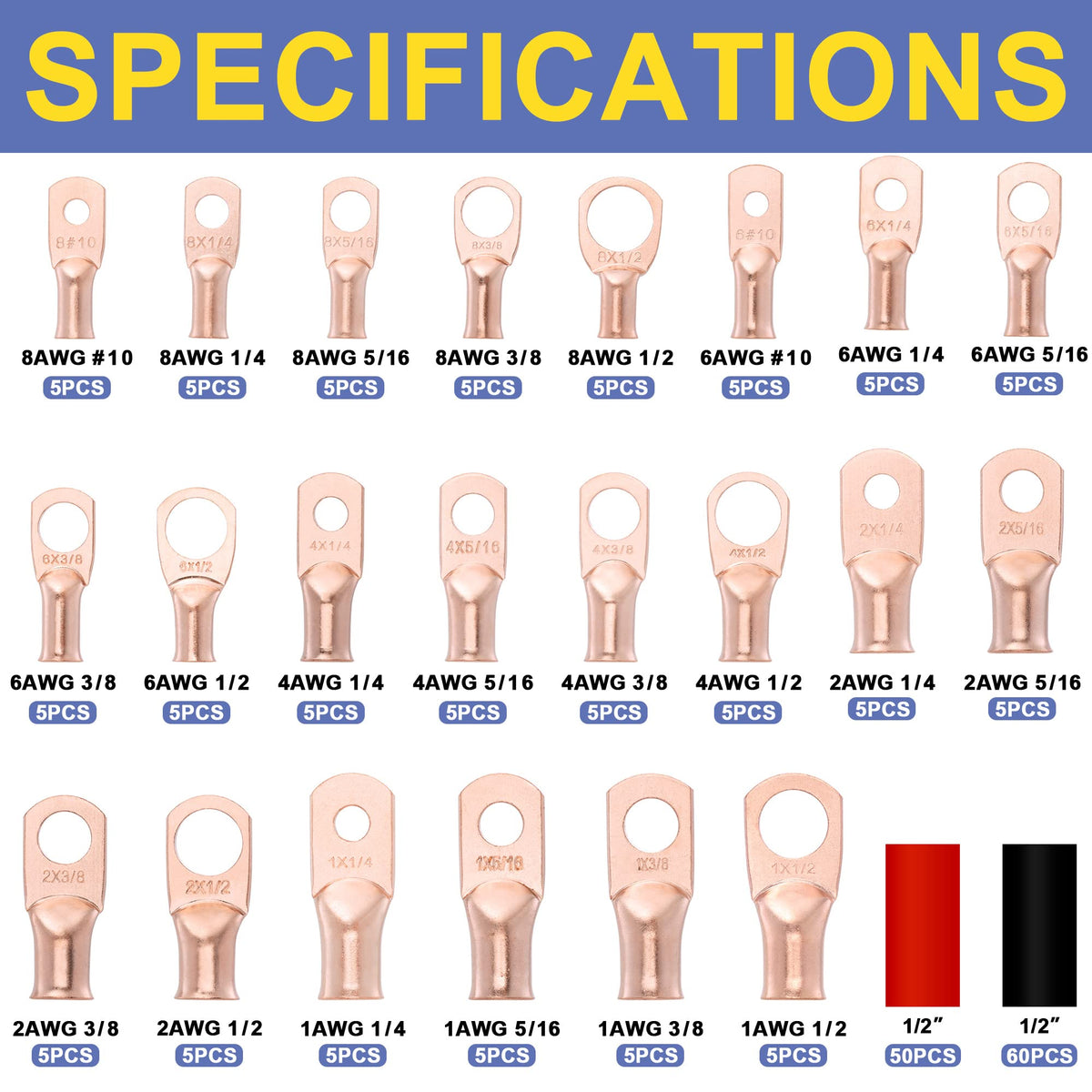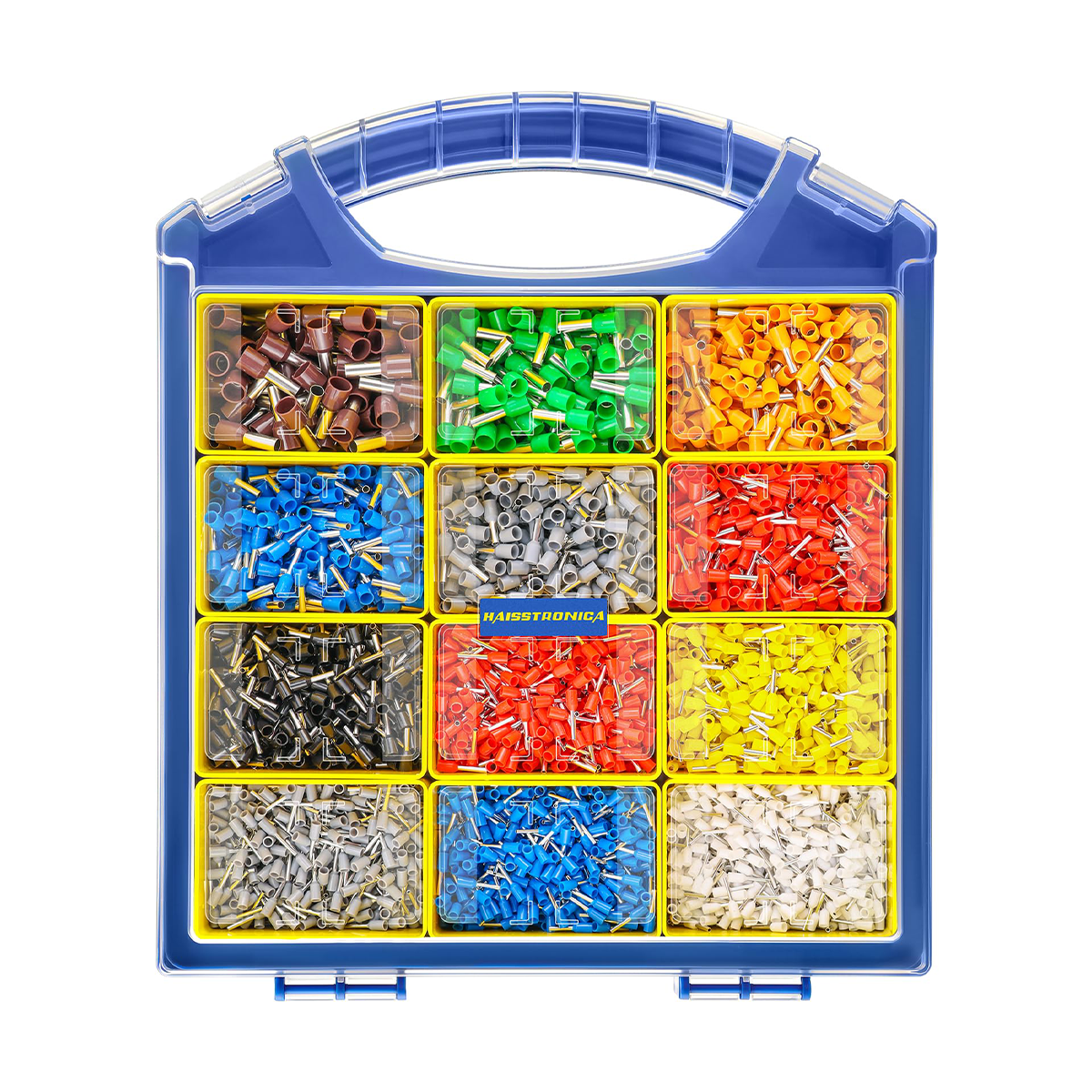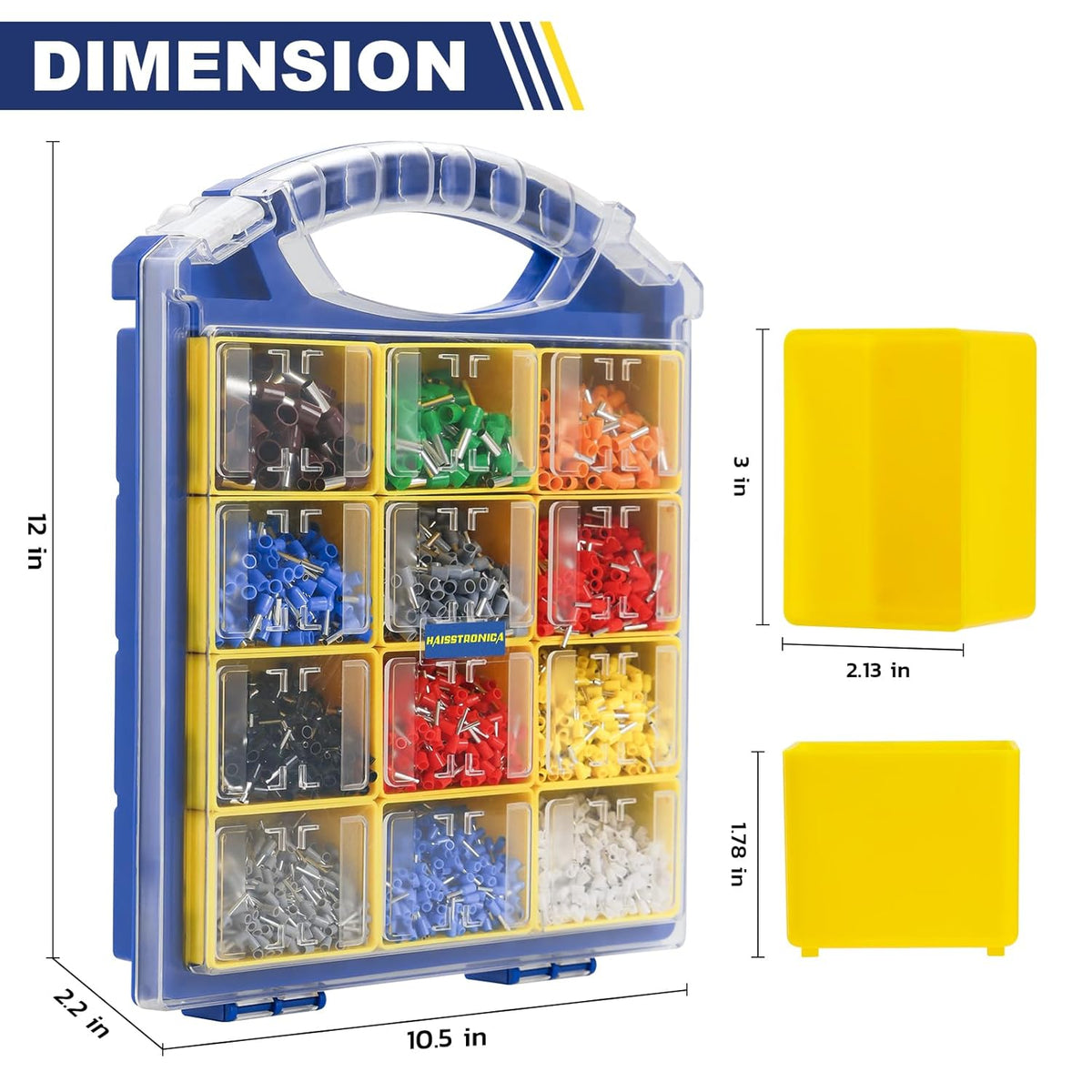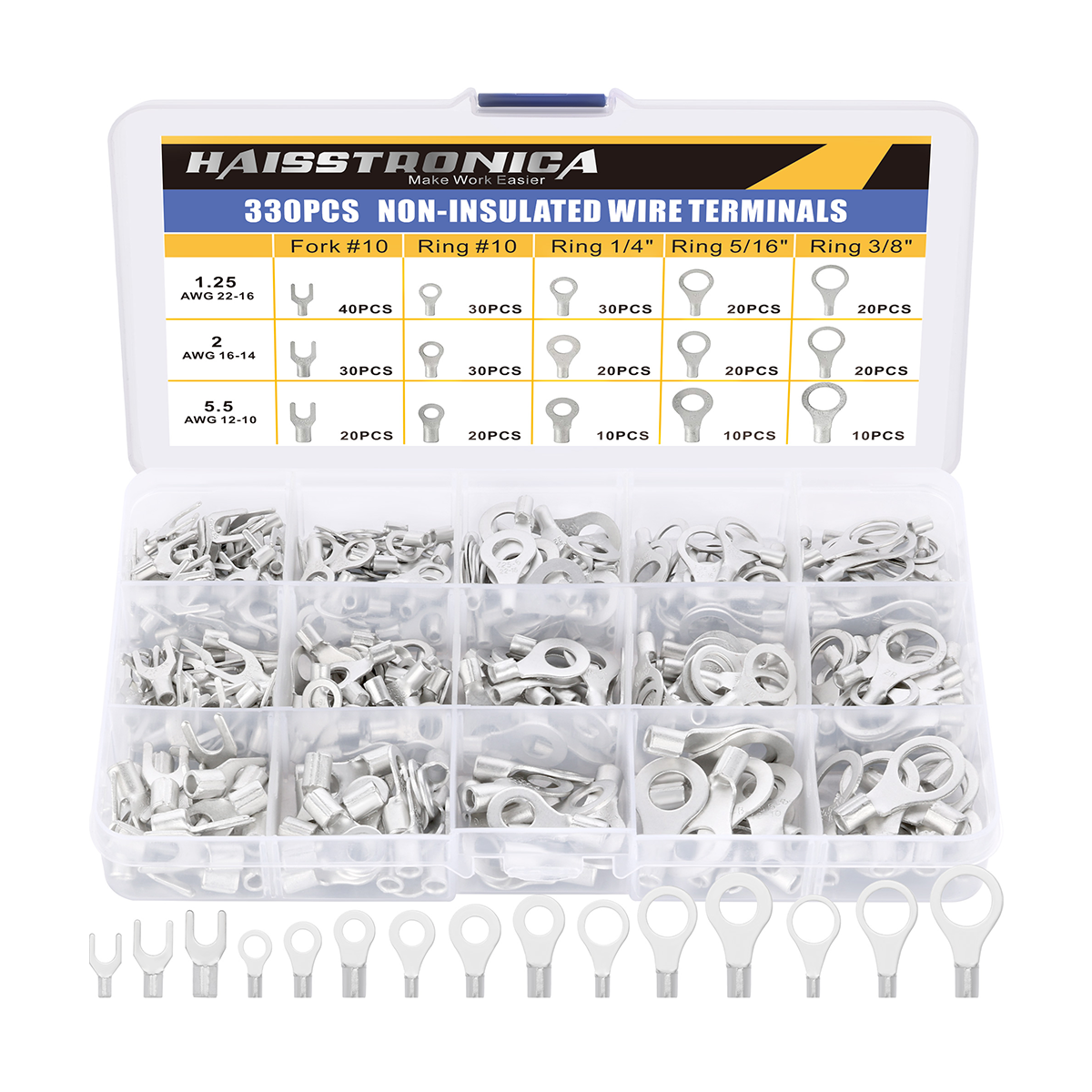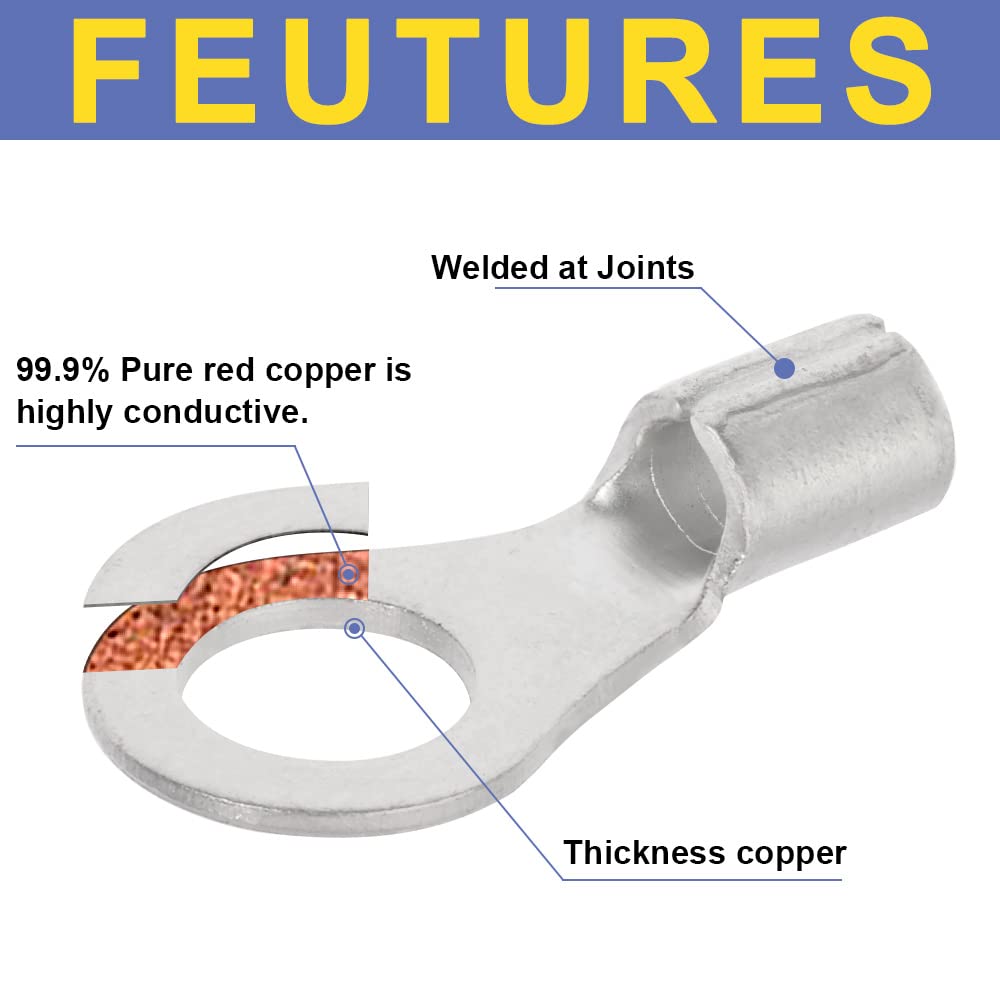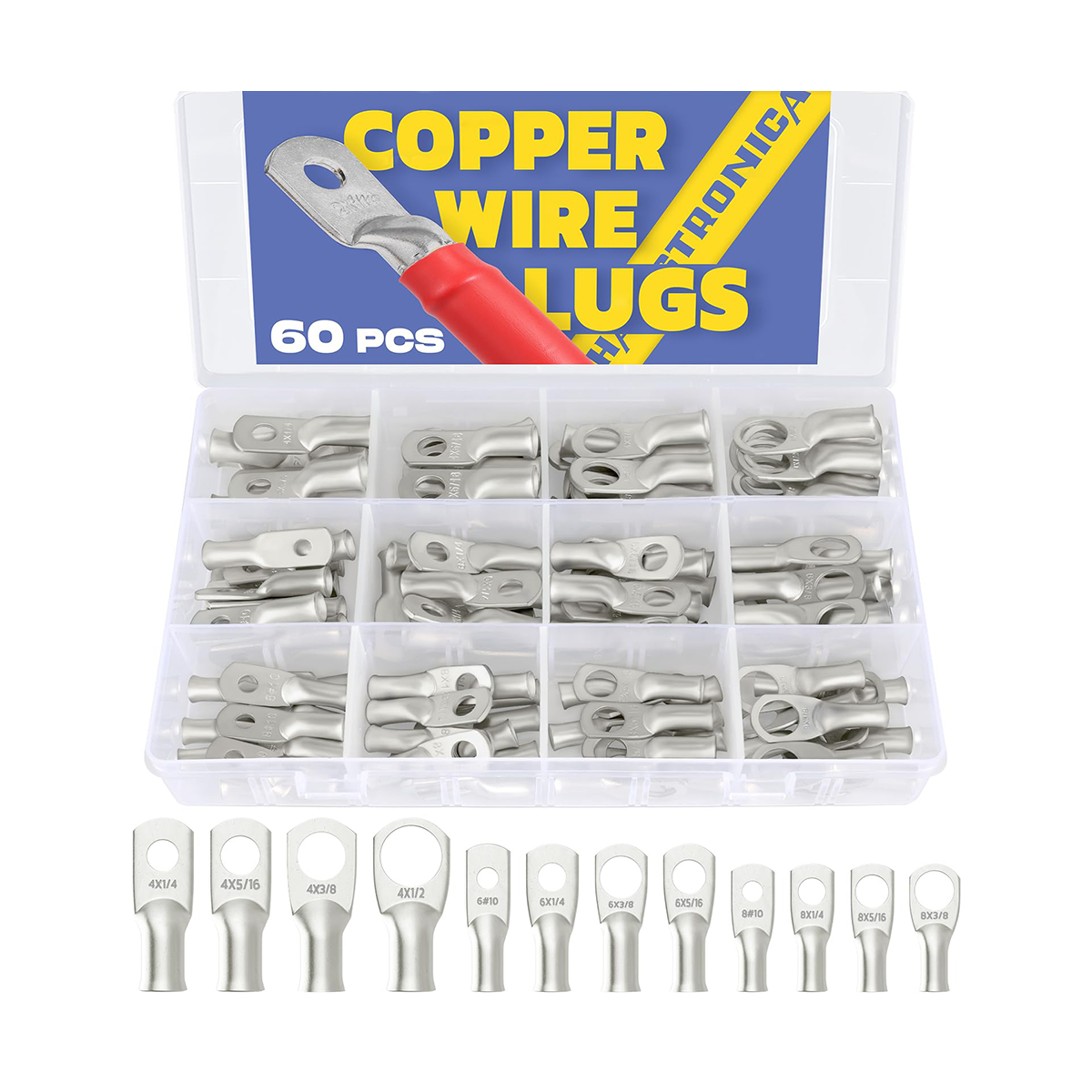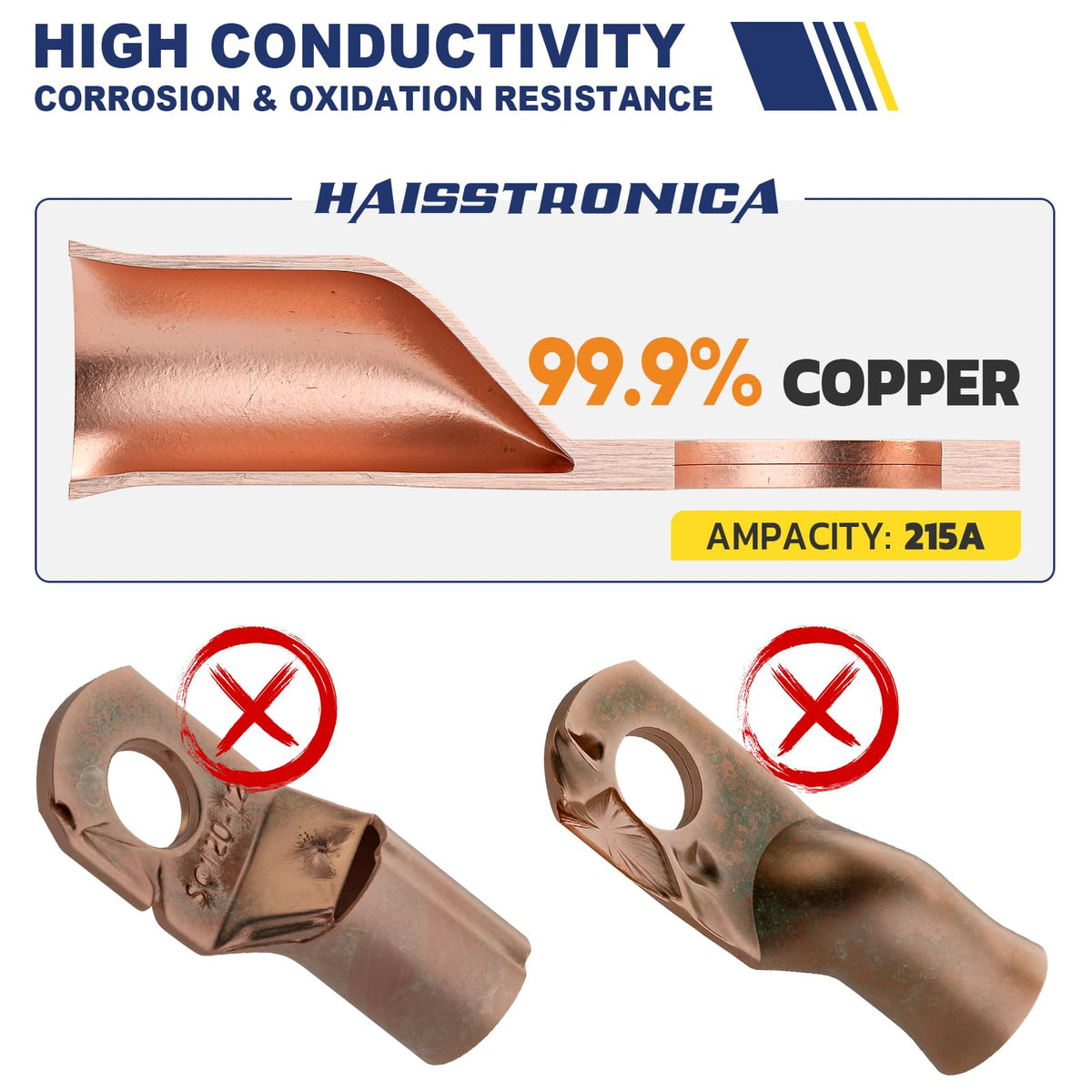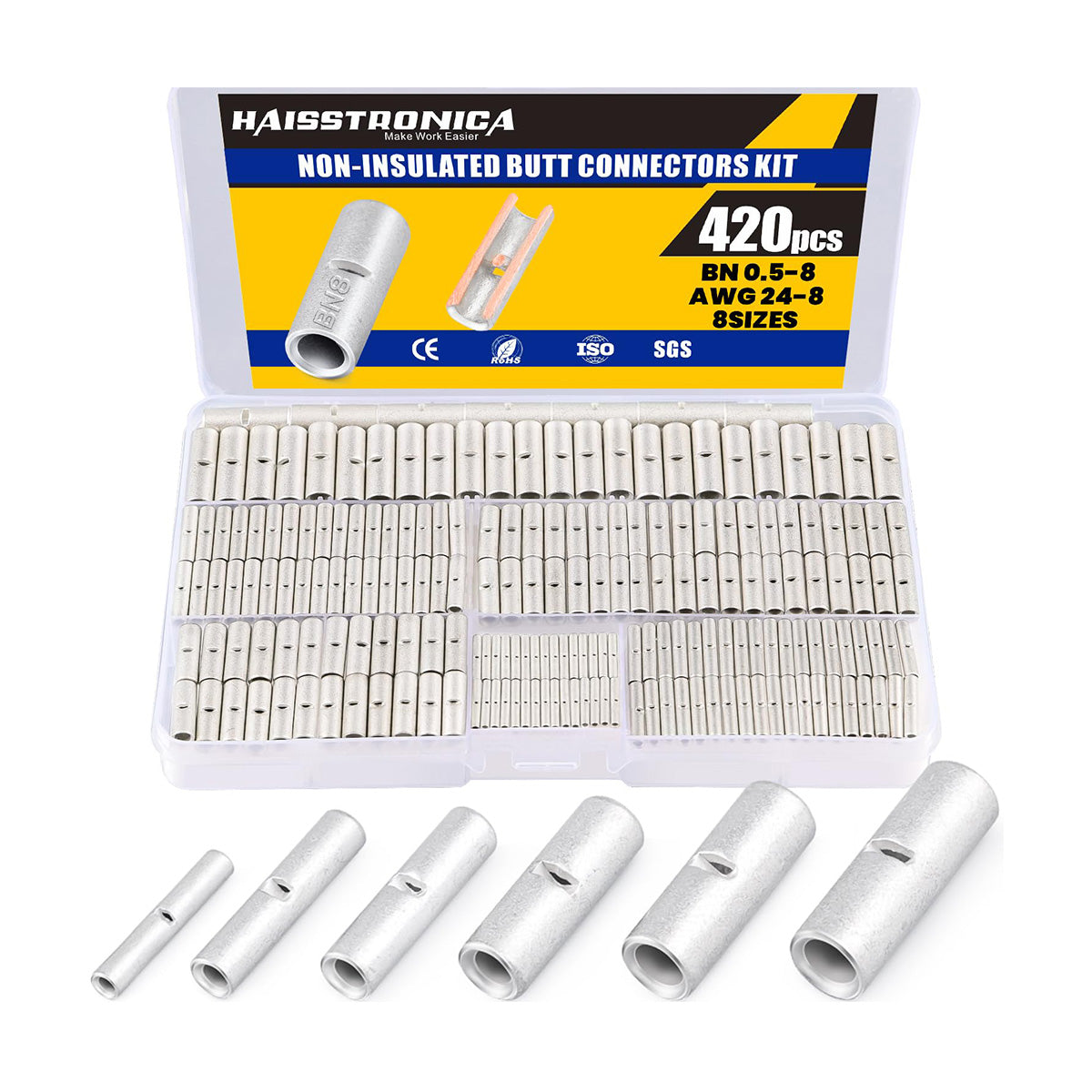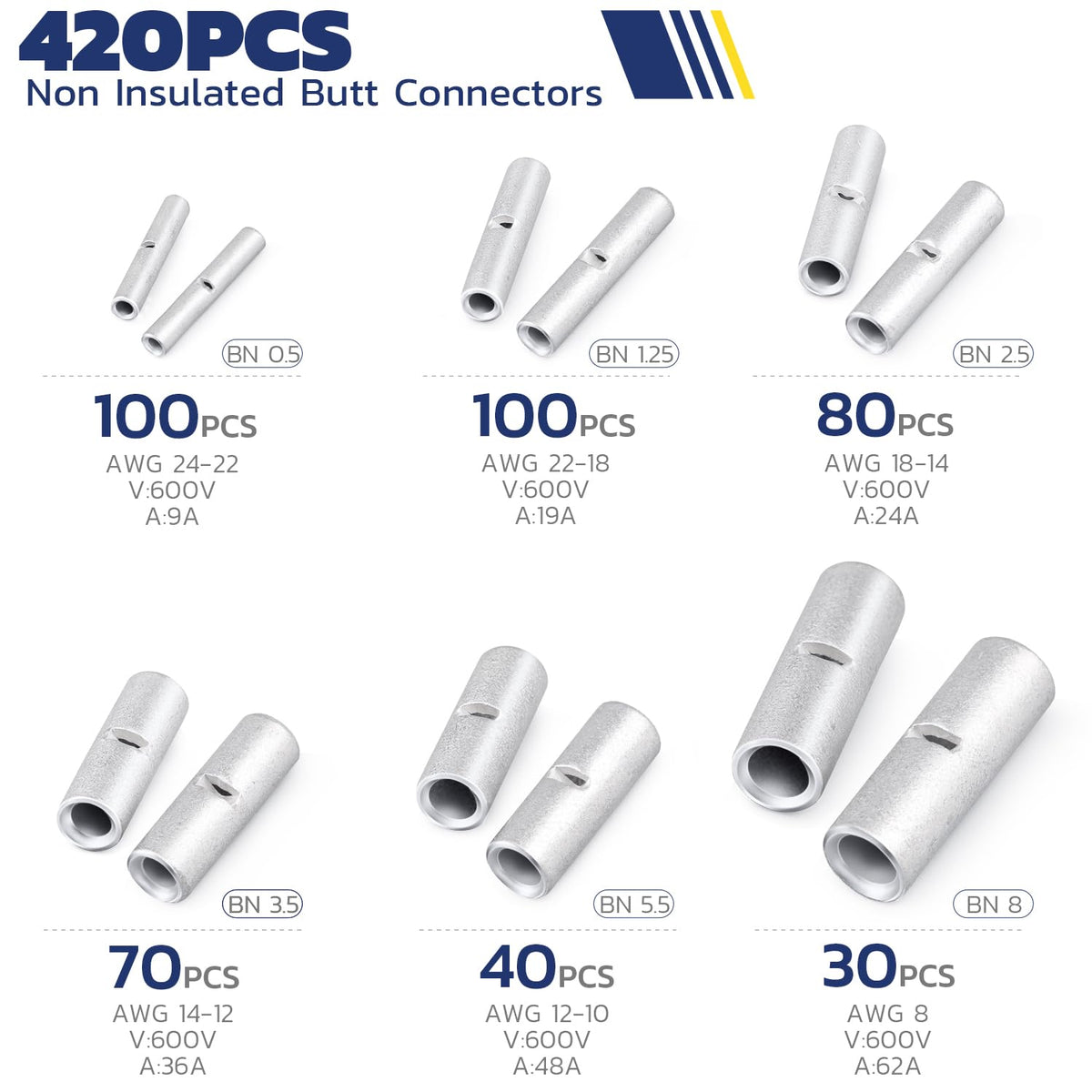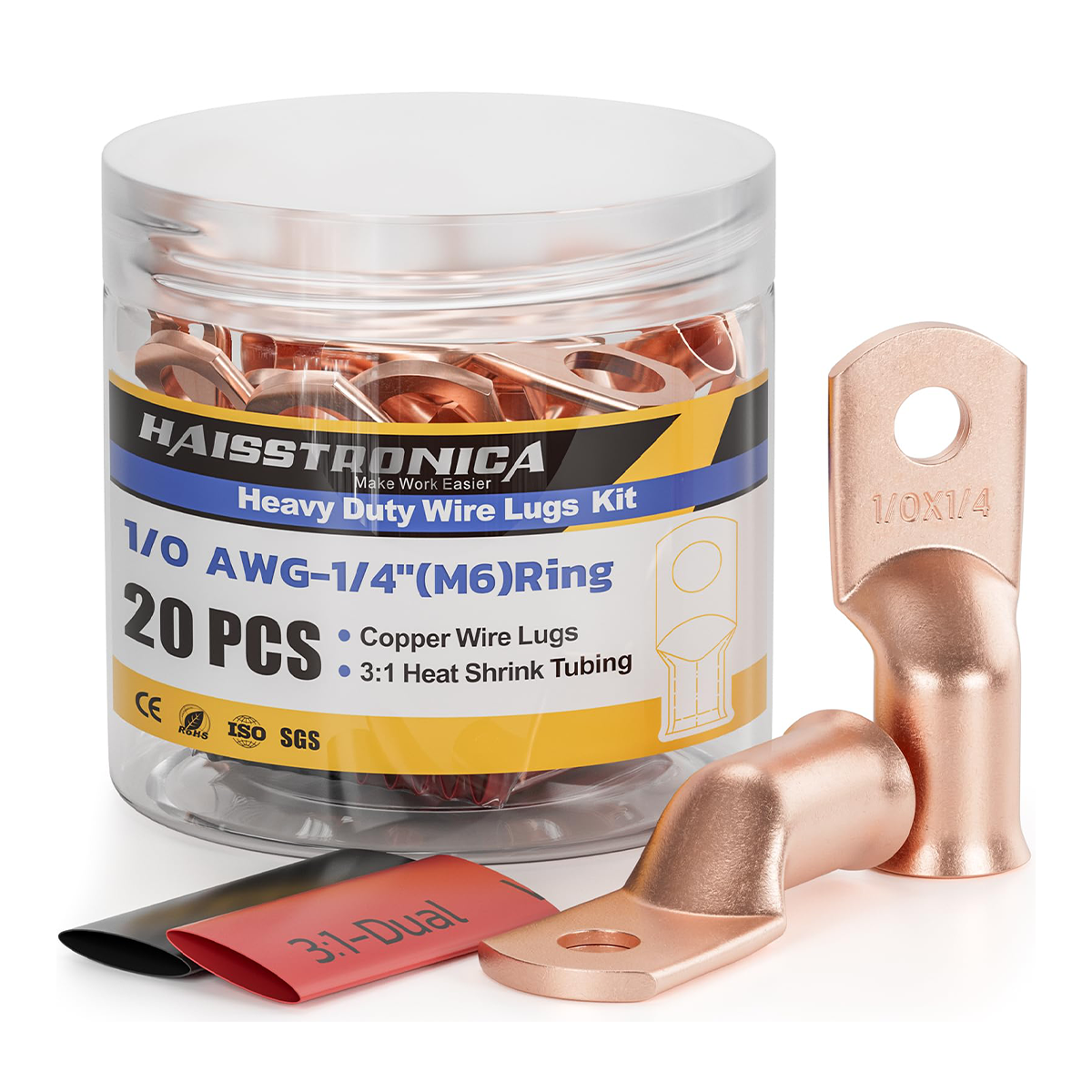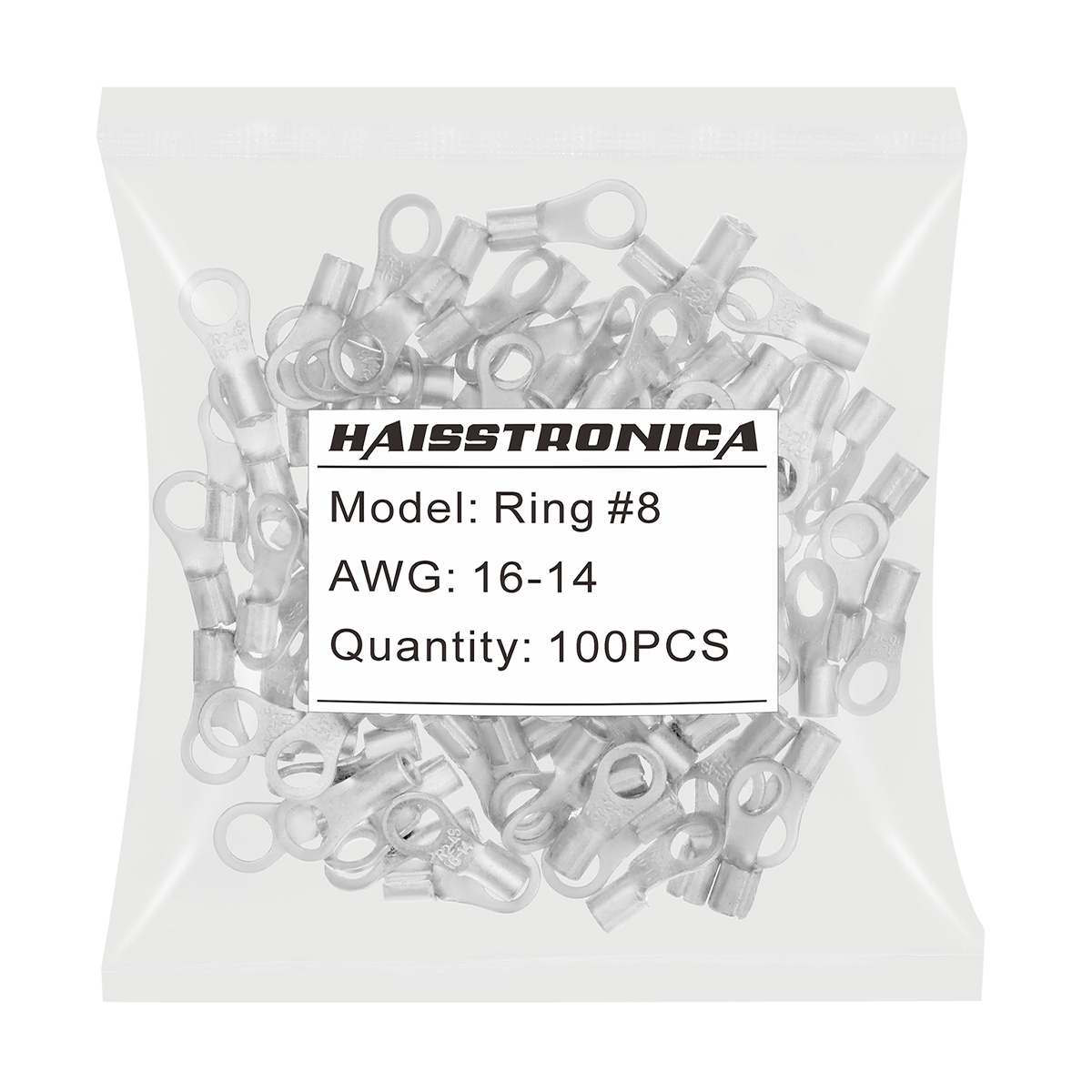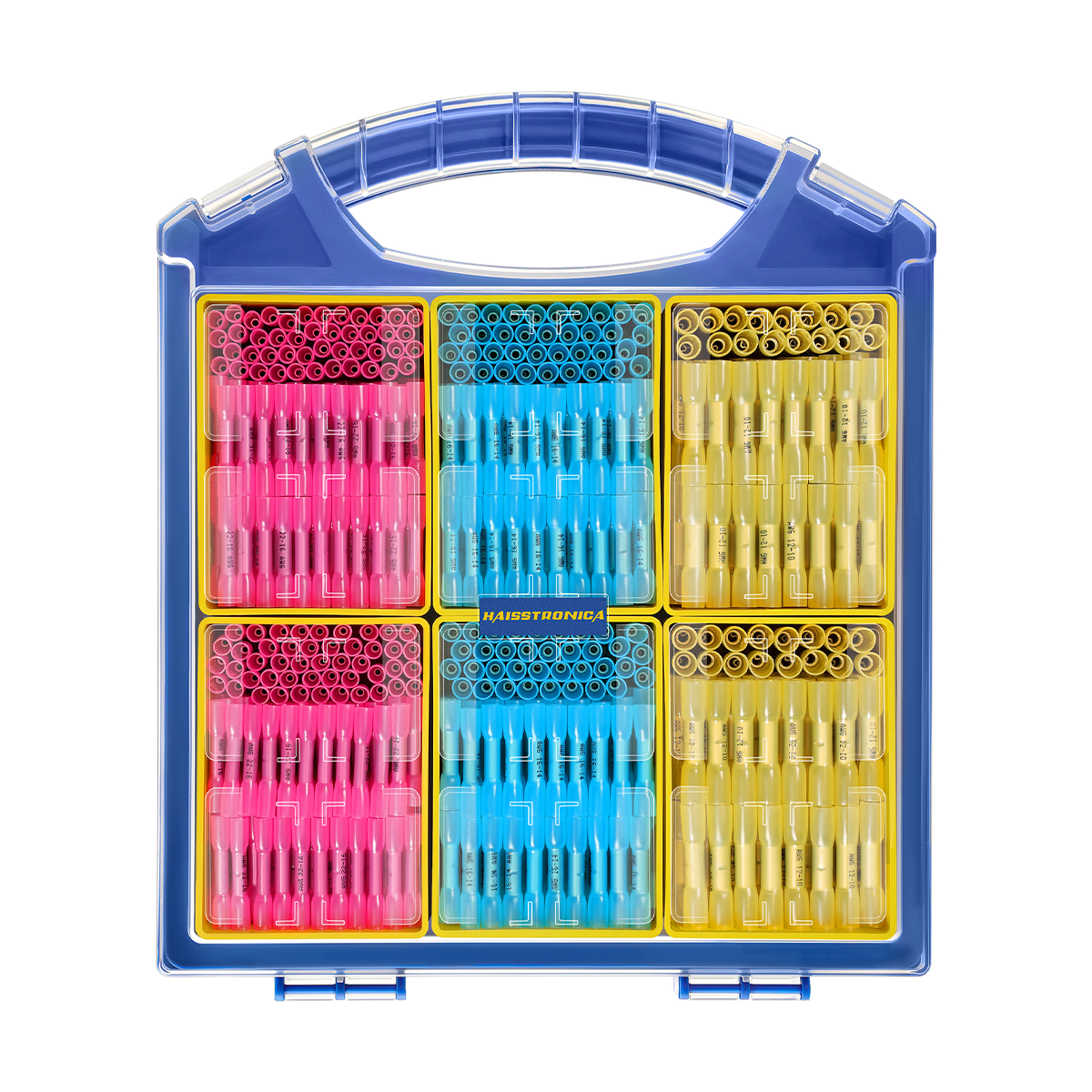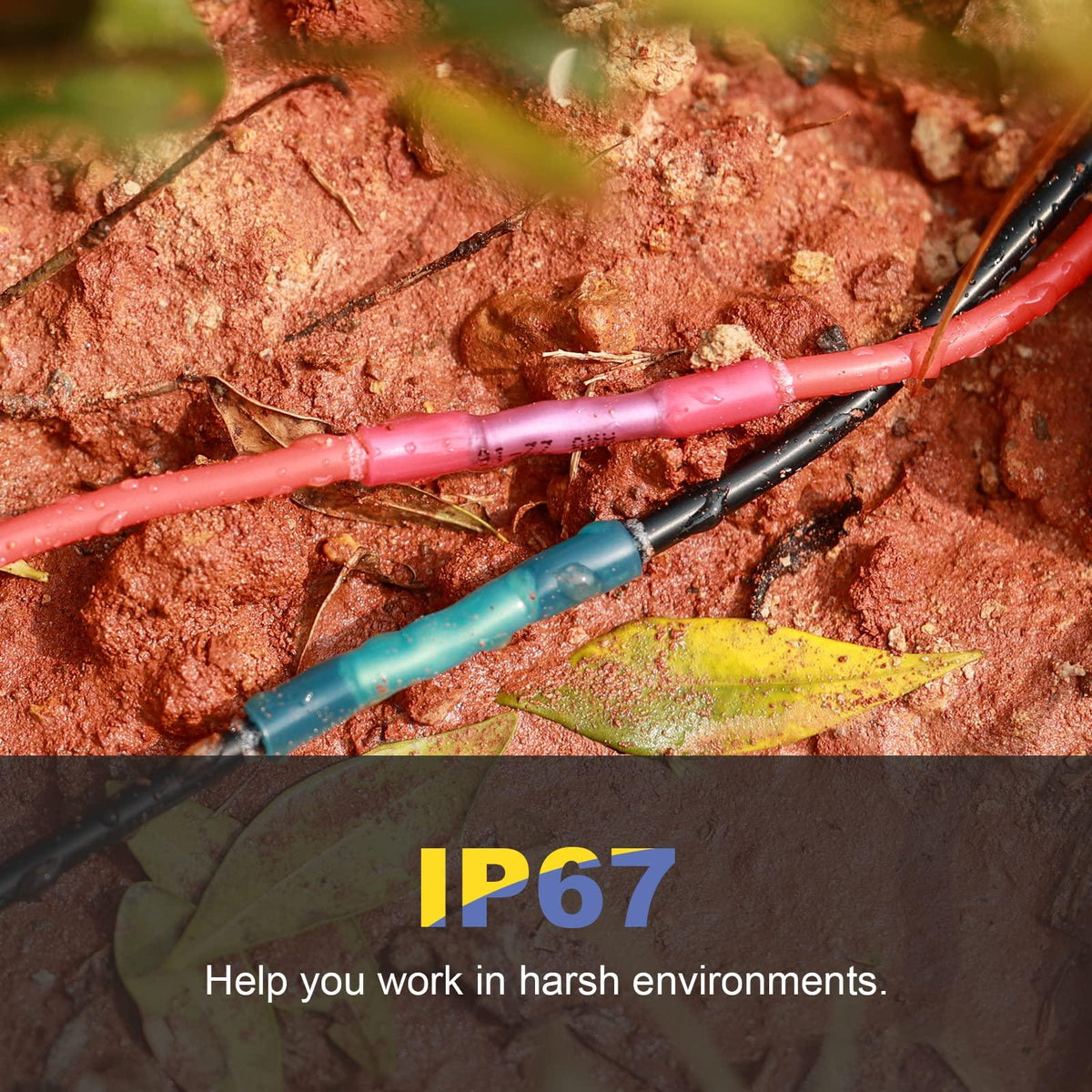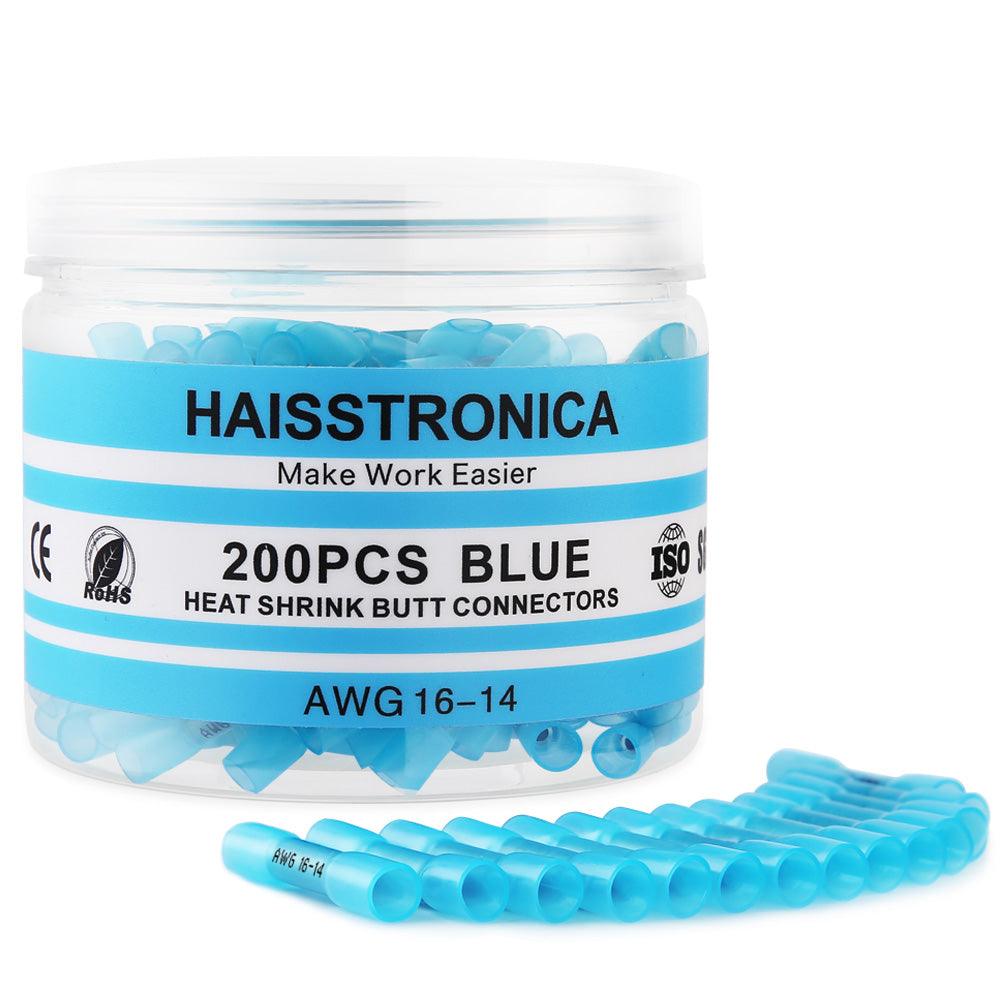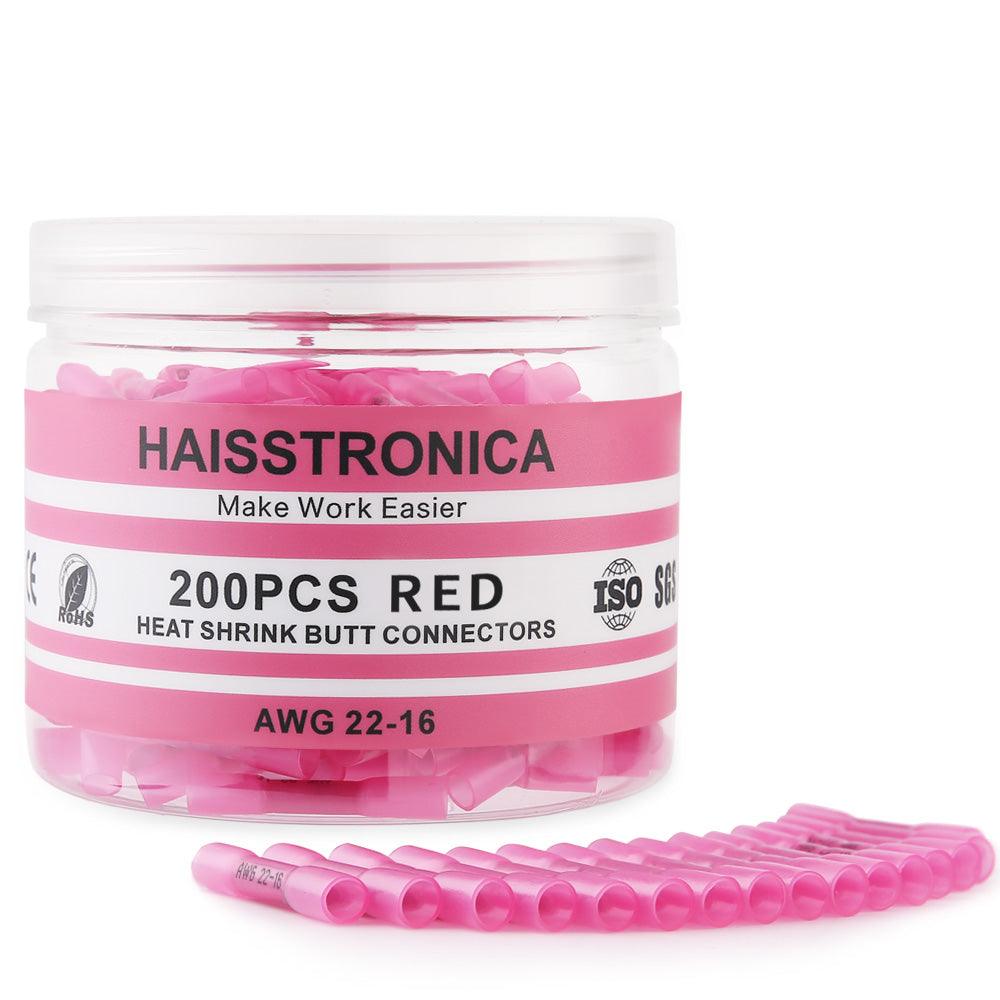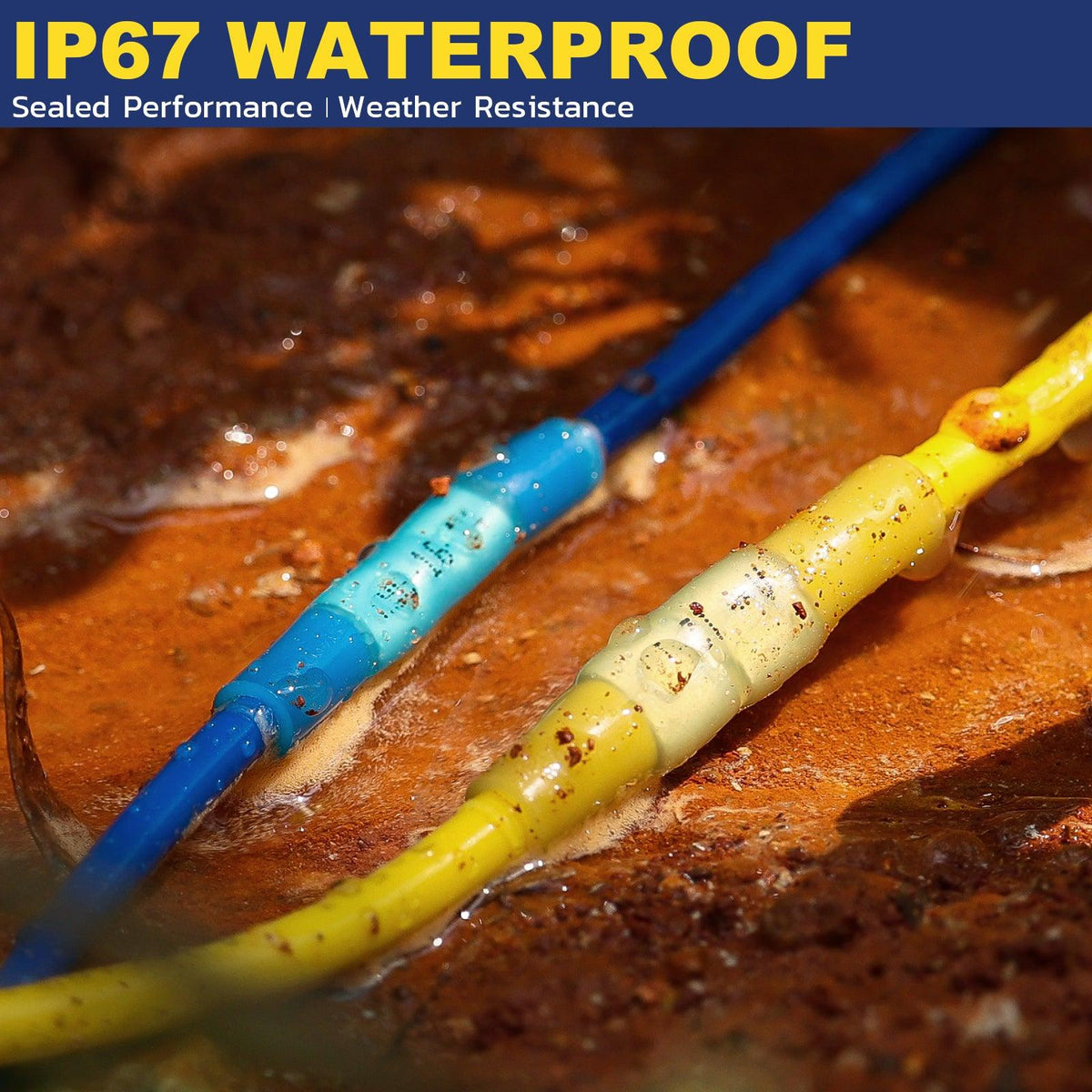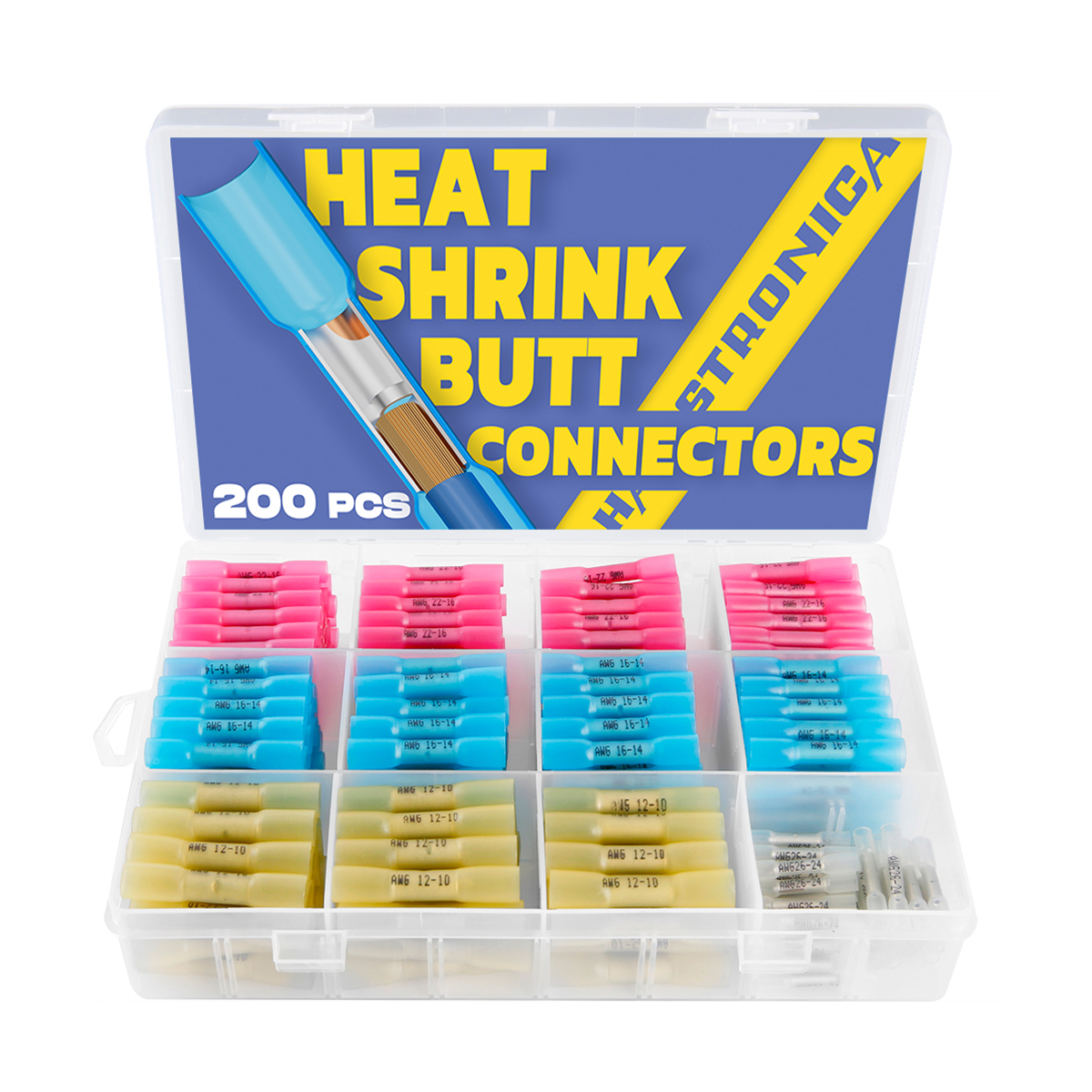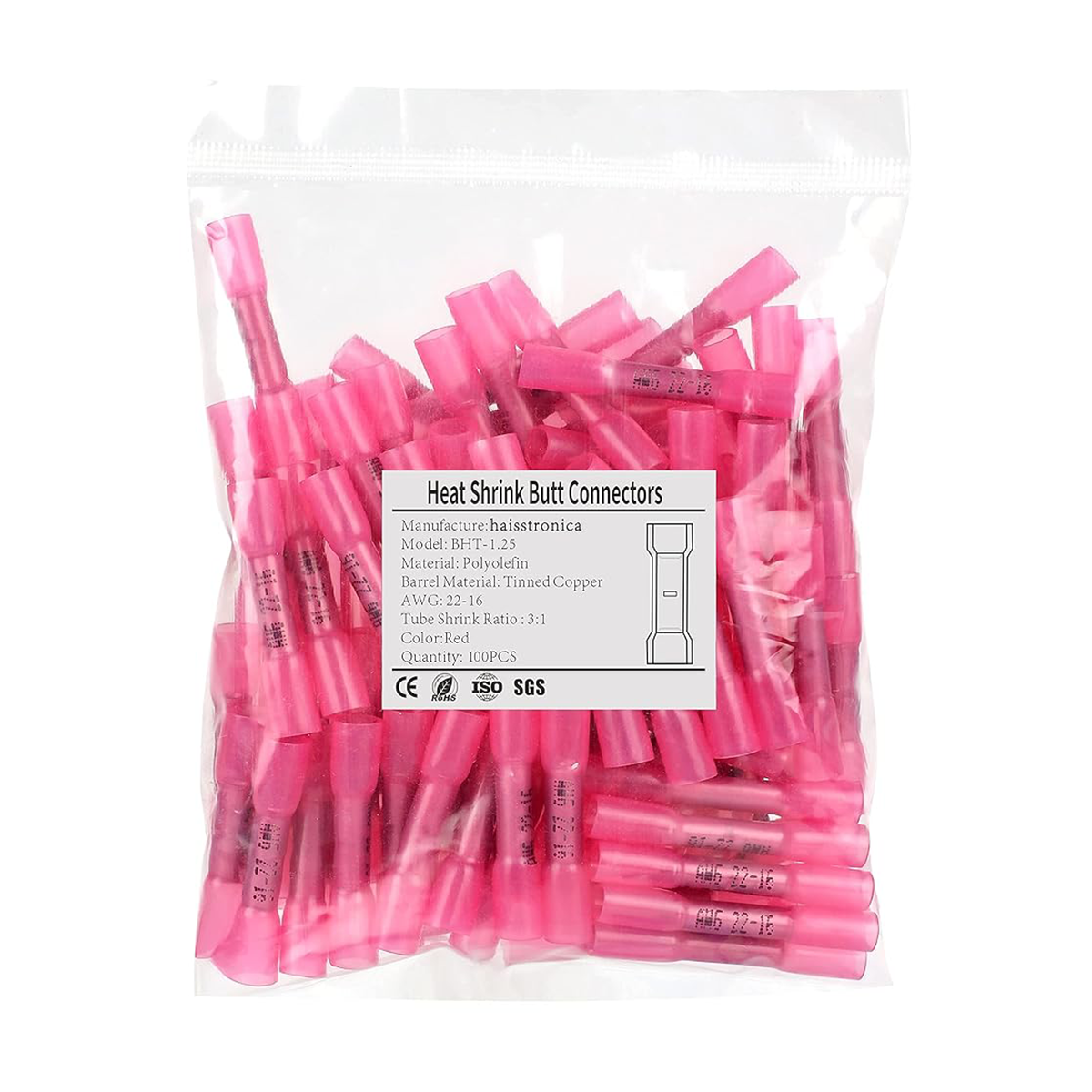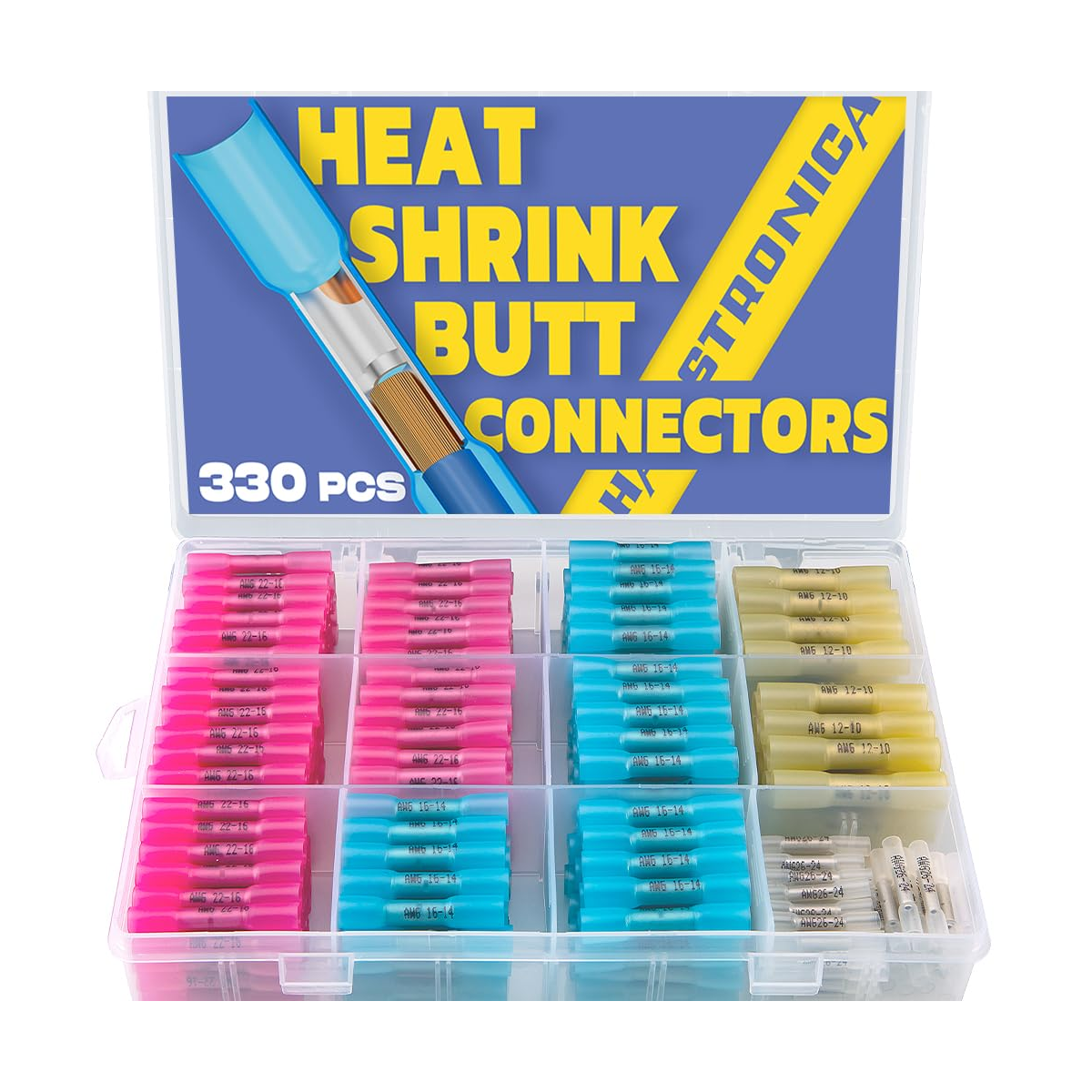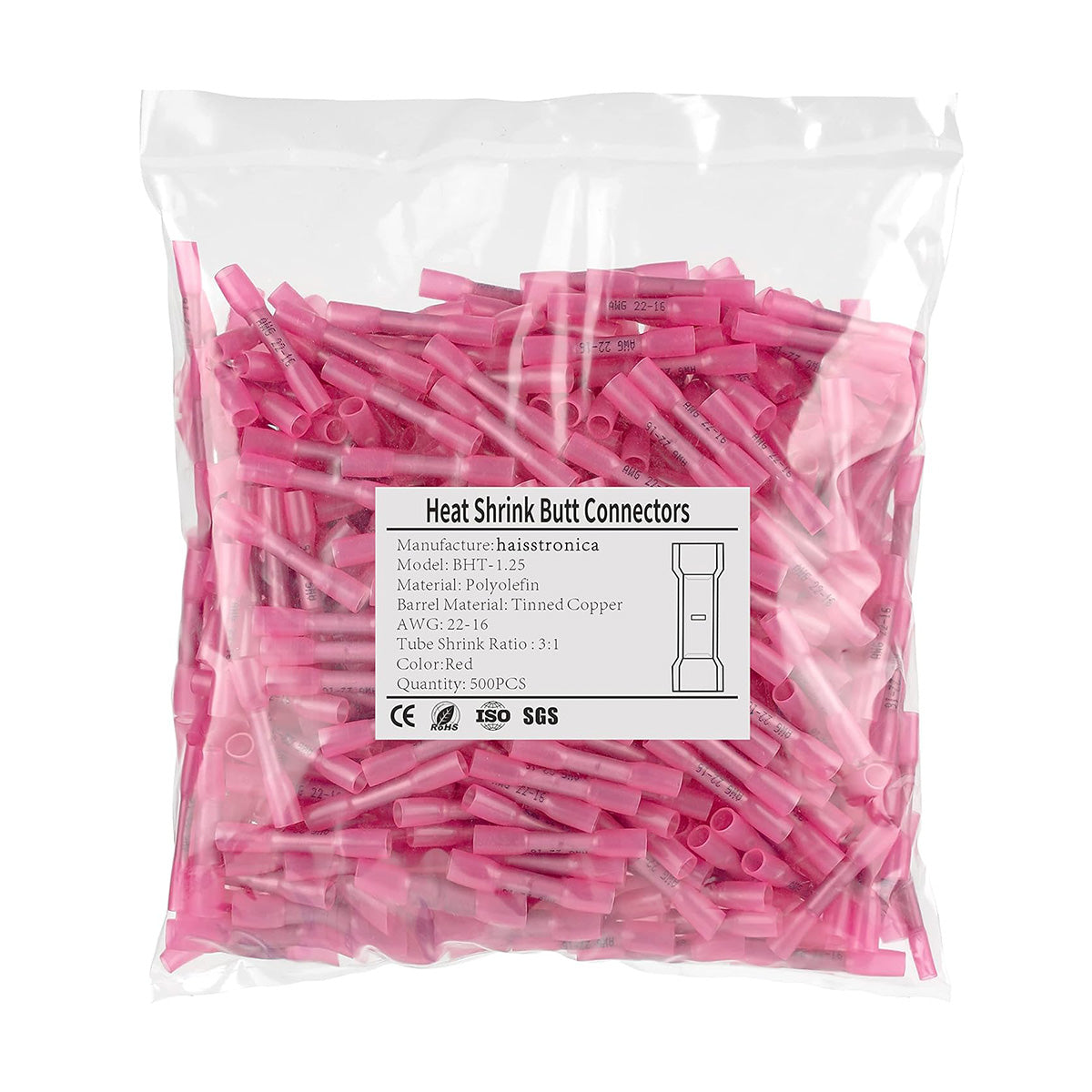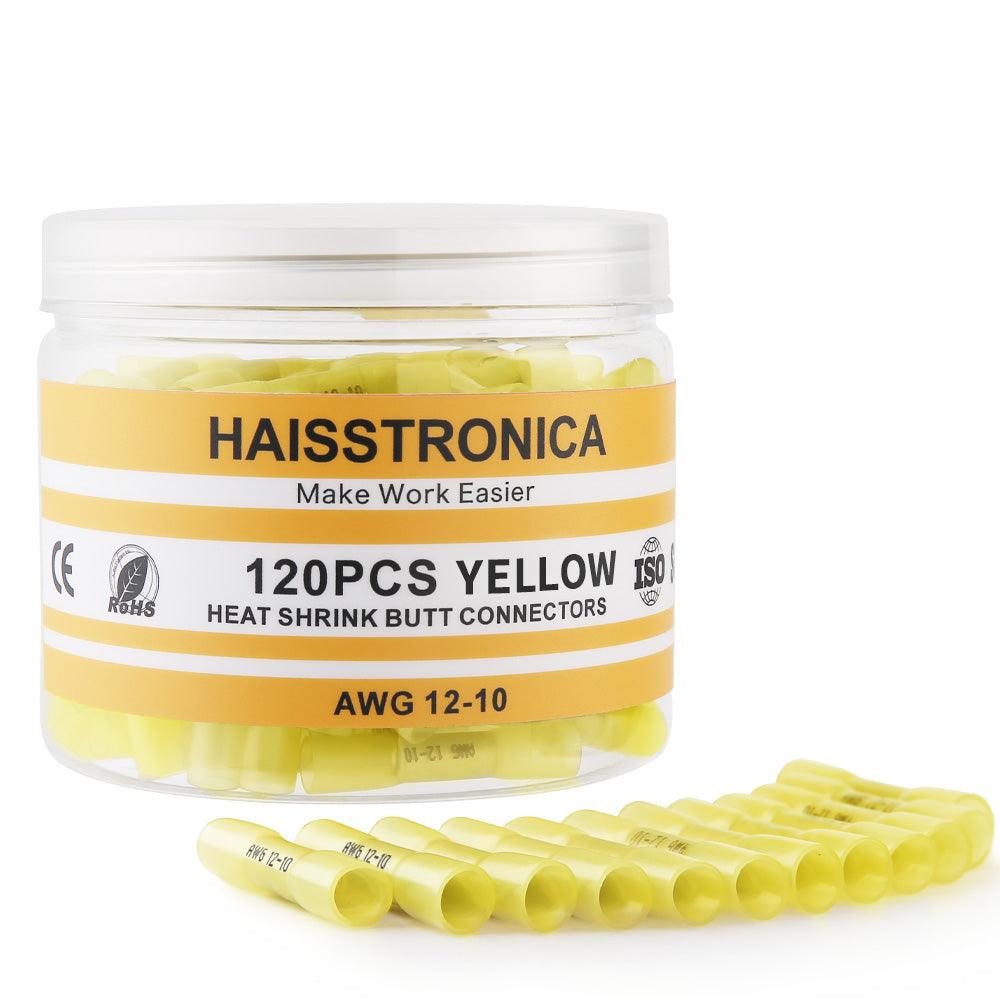Safety & Code Basics for Electrical Connectors
Before working on any wiring, always prioritize safety. Shut off power at the breaker, and use only UL-listed connectors suited for your wire sizes. The National Electrical Code (NEC) requires that wire splices be made with an approved connector (like a wire nut or crimp sleeve) and placed inside a junction box or enclosure. Never join wires by simply twisting them together with tape – that’s unsafe and against code. Enclosing splices in an electrical box protects against fire and accidental contact with live wires.
It’s also crucial to use the right tool for the job. If you opt for crimp connectors, use a proper crimping tool as recommended by the connector manufacturer. Improvising with pliers can lead to a weak crimp that may fail. In fact, using a non-approved tool for crimp connectors could violate NEC 110.3(B) since you wouldn’t be following the manufacturer’s instructions. A quality wire crimping tool ensures the connector is fully compressed around the wire to form a solid bond. Whether you’re using wire nuts or crimp connectors, always strip the correct amount of insulation (per the connector’s instructions) and make sure no bare wire is exposed. Give each splice a gentle tug to verify it’s secure. By following basic electrical safety rules and using good connectors (and tools), you’ll prevent most common wiring hazards.
👉Upgrade your kit with the Haisstronica ratchet crimper for AWG 22–10 heat‑shrink.
(Tip: A ratcheting wire crimper tool – like Haisstronica’s – can make crimping easier and more reliable, ensuring uniform compression on every connector.)
What Each Connector Is
Wire nuts are twist-on connectors – plastic caps with internal threads that snugly join multiple wires when you twist them on. They come in various sizes and have been the standard in residential wiring for decades. Wire nuts are popular because they’re inexpensive and reusable – you can unscrew a wire nut to check or change a connection, then twist it back on.
Crimp connectors are metal sleeves or terminals that you compress onto wires using a crimping tool. Crimping physically deforms the connector around the stripped wire, creating a permanent bond. This process yields a secure, low-resistance connection that is highly resistant to vibration. Crimp connectors come in many forms (butt splices, ring terminals, etc.), and while they require the right tool, they offer excellent durability for wire splices.
(Remember: whenever you use crimp connectors, having a reliable wire crimper tool – like Haisstronica’s professional crimping tool – is key to getting safe, tight crimps.)
👉Swap crimping dies fast—choose Haisstronica for consistent, code‑worthy crimps.
When to Use Wire Nuts (Twist-On Connectors)
Twist-on wire connectors (“wire nuts”) used to join multiple conductors inside an electrical box.
Use wire nuts for standard indoor electrical projects where wires are joined in an electrical box. In home wiring, whenever you need to connect two or more conductors (for example, splicing circuit wires or adding a new cable in a junction box), a twist-on connector is usually the right choice. They’re quick and secure: strip the wires, hold their ends together, and twist on the connector to make a solid joint. This ease and reliability is why wire nuts remain the default connector for household wiring tasks.
Wire nuts also offer flexibility. If you might need to modify or add to the connection in the future, a wire nut splice can be easily opened and remade. Twist-on connectors allow you to undo and redo a splice without damaging the wires – a very DIY-friendly feature.
Keep in mind that wire nuts are intended for dry, stationary locations. Always install them inside an electrical box and keep them dry. Standard wire nuts are not waterproof, so don’t use them for outdoor exposed connections (unless you have special weatherproof ones). They’re also not ideal for situations with constant heavy vibration or movement. In normal home wiring (secured to framing and stationary), this isn’t an issue – wire nuts hold fine for years. But for wiring on a running vehicle or a piece of machinery that shakes, a crimped connection will hold up better.
In summary, stick with wire nuts for indoor, in-box splices – connecting fixture leads, joining outlet or switch wires, tying ground wires together, and so on. They are cost-effective, code-compliant, and very easy to use. Just choose the right size connector for your wires and twist it on until it’s snug. A properly installed wire nut connection will be safe and long-lasting. (Even though wire nuts handle most home jobs, it’s smart to keep a good wire crimping tool in your kit for those cases where crimp connectors are a better fit – Haisstronica offers an excellent ratcheting crimper for that purpose.)
👉Get a pro‑grade terminal wire crimper—Haisstronica precision, every squeeze.
When to Use Crimp Connectors (with a Wire Crimping Tool)
A ratcheting wire crimper tool ensures a tight, consistent crimp on every connector.
Crimp connectors excel in conditions where wire nuts might not hold up. One common scenario is high vibration or motion. If your wiring will experience constant movement – for example, in a vehicle, a boat, or near machinery – a crimped connection won’t shake loose the way a twist-on might. For that reason, crimp connectors (or soldered connections) are preferred in automotive and marine wiring. If you’re working on trailer lights, car audio, or anything subject to lots of vibration, using butt splices or other crimp connectors will give a more reliable, longer-lasting result than wire nuts.
Another scenario is exposure to moisture or harsh conditions. When a splice could get wet or be outdoors, a sealed crimp connection is far more dependable. Heat-shrink crimp connectors, for instance, let you crimp the wires and then shrink a waterproof sleeve over the joint, keeping out water and corrosion. These are ideal for underground cables, landscape lighting, or any outdoor wiring. While you can find weatherproof twist-on connectors filled with grease, a crimp-and-seal solution usually provides a slimmer, more robust waterproof connection. In short, for any wiring subject to rain, moisture, or temperature extremes, crimp connectors are often the best choice.
Whenever you use crimp connectors, remember to use a proper crimping tool. A good crimping tool applies even, sufficient pressure to the connector, ensuring the metal fully clamps onto the wire. If you use the correct tool (and matching connector size), a crimped splice can be as strong as the wire itself. But a poor crimp – for example, using the wrong tool or not crimping firmly enough – can result in a loose or hot connection. Thus, investing in a quality wire crimper is important if you plan to do much crimping. With the right tool and technique, crimped connections are extremely reliable and often maintenance-free.
In summary, choose crimp connectors when you need maximum reliability under stress – such as in high-vibration environments, wet/outdoor locations, or for permanent, never-to-be-disturbed connections. They require a bit more effort and the use of a crimping tool, but the result is a connection you can trust not to fail. (When you do need that level of secure connection, Haisstronica’s ratcheting wire crimper will help ensure every crimp is tight and consistent.)
👉Choose wire terminal crimpers by Haisstronica for uniform, gas‑tight joints.
Our Top User-friendly Picks
Tackle clean, secure terminations with the Haisstronica ratcheting crimper. Engineered for AWG 22–10 heat‑shrink terminals, it applies calibrated force for repeatable results and fast workflow. If you’re building or repairing harnesses, this tool outperforms improvised methods for a safer crimp connection. For large battery lugs, choose a dedicated battery cable lug crimper tool, but for accessories, lighting, and sensors this is your go‑to heavy duty wire crimper.
Explore crimpit recipes—then rely on Haisstronica for real‑world results.
Conclusion
Both wire nuts and crimp connectors have their place in home electrical work. Wire nuts are perfect for most routine indoor jobs – they’re quick, cheap, and easily removable if you need to change something. Crimp connectors shine in tougher conditions – providing a permanent, shake-proof and weather-resistant connection when you need extra durability. Deciding which to use comes down to the project: use wire nuts for accessible, dry, indoor splices in junction boxes, and use crimp connectors (with the proper wire crimper tool) for connections that must endure vibration or moisture without failing.
Always follow safety guidelines and electrical codes no matter which connector you choose. That means turning off power, using the right size connector for the wires, enclosing splices in an electrical box, and making sure every connection is tight. By choosing the appropriate connector for your situation – and using quality tools (like a good wire crimper tool for your crimped terminals) – you’ll ensure your electrical projects are safe, durable, and built to last.
👉Master wire terminal crimping—Haisstronica makes perfect seals simple.
References:
